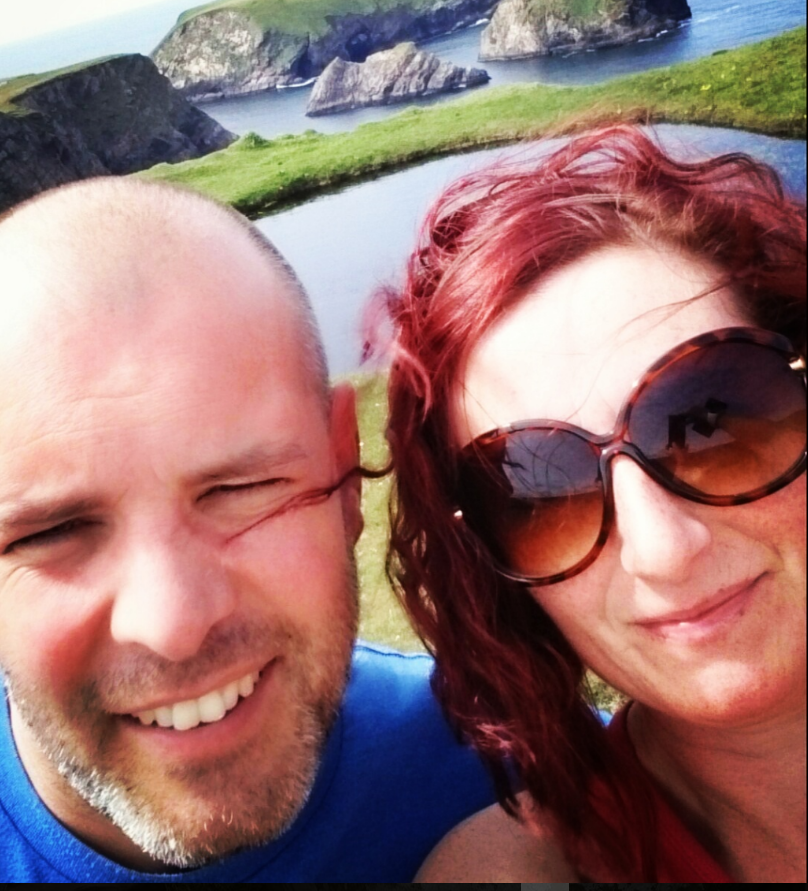|
After a day in the saddle, I jumped of the bike on the outskirts of the beautiful fishing village of Cudillero. After an effortless check-in and a refreshing shower, I walked into the village. Where I had opted to stay in a small hotel on the outskirts of the village beside de Palacio de los Selgas, a 1 km walk along a quiet country road brought me to the top of the village nearby the lighthouse. Overlooking Cudillero, it isn't hard to see what the attraction is to the many tourists who visit this idyllic fishing village. The tiny port has stayed unchanged, its many pastel-coloured houses clinging to the steep hillside. The amphitheatre shaped town overlooks the main central Plaza de la Marina where the many restaurants await the hordes of tourists. Where it was Saturday evening in early June, I had expected Cudillero to be busier than it really was. But the changeable weather was probably the cause why on this particular Saturday, most of the terrasses were only half-filled with customers. At the slipway, 2 kids were playing in the sea. The many houses against the steep hill are connected by a labyrinth of ancient narrow streets and stairwells which offer various routes across the town. Each of these roads provides an abundance of photo opportunities. A worthwhile climb out of the village is to Mirador de la Garita and Mirador de la Atalaya from where you can enjoy the magnificent views across the village and towards the Atlantic. Hungry after a day of cycling, I decided to order the fish soup followed by Calamares. To be honest, the €8 fish soup would have been more than enough. The metal pot which contained the soup resulted in 6 full plates of soup which was literally full of prawns, crabmeat and fish.
The evening was concluded with a few glasses of wine after which I walked back to the hotel. One thing to keep in mind is that the way out of the village is steep, so keep some energy to climb the 100s of steps towards the lighthouse.
0 Comments
On a sunny day in June , I arrived by bike at the Jardín Botánico Atlántico de Gijón (www.gijon.es/es/directorio/jardin-botanico-atlantico-de-gijon) . This Atlantic botanical garden opened to the public in 2003 with as main focus to study and conserve the flora and vegetation of the North Atlantic. It is the first Botanical Garden in the northwest of the Iberian Peninsula covering an area of 19 hectares, although the plan is to expand it to approximately 25 hectares. Its design took advantage of the existance of the historic Garden of La Isla and two magnificent natural forests that had survived the urban expansion of the city of Gijón: Aliseda del Río Peñavalencia and La Carbayera de El Tragamón, an exceptional forest of centuries-old oaks. The collection of plants which now stands at 30,000 different plants from 2500 species provides a green oasis away from the hustle and bustle of Gijon. Within the gardens are exhibitions which are laid out in various buildings, including a traditional Asturian farmhouse (the Quintana de Rionda) and the exhibition pavilion dedicated to Carlos Linneo, as well as a beautiful children's area (El Bosque del Cuélebre) and a fun labyrinth of laurel. The Atlantic Botanical Garden has six main collections. The living plant collections are organized into four thematic areas that use the Atlantic Ocean as a common thread:
In addition, there are also two biodiversity collections: the Germplasm Bank and the Herbarium. The Cantabrian environment: In the Cantabrian Environment, ecosystems typical of the Cantabrian Sea are recreated, such as forests, high mountain habitats and other typically coastal ones. The plant factory: The collections of the Plant Factory are dedicated to the plants present in our daily lives, such as food, medicine, fabrics or religious symbols. In this area, you find a lovely vegetable garden, but also stone labyrinth. Contained within its winding walls are toxic plants such as nightshade, wolfsbane, henbane, oleander, and mandrake. It’s hypothesized that some of these plants may have been used in ancient European witchcraft. The Island Garden: The Historic Garden of La Isla, is a romantic garden from the end of the s. XIX that integrates the beauty of the ornamental flora with the symbolism of water. The colour of the water is just fabulous, sometimes almost being as green as the plants themselves. Atlantic Itinerary: The Atlantic Itinerary is dedicated to the plant landscapes (Biomes) of both shores of the North Atlantic. Currently, the Temperate forests of Europe and the recreation of the Boreal, European and American biomes can be visited. Another noteworthy feature is that the gardens are overlooked by the impressive Laboral Ciudad de la Cultura. Originally built as a learning center for orphans, it currently hosts several cultural institutions. Built between 1946 and 1955 by the Ministry of Labour, it is considered the most important architectural work built in the 20th century in the Asturias region and, with its 270,000 m2, the largest building in Spain,
With a prepaid ticket in my pocket, I left Santillana del Mar (Blog: visiting Santillana del Mar) behind me and cycled slowly up the hill towards the cave of Altamira . The short 4 km cycle was completed in no time, still i managed to be well soaked by the time I reached the gate of the visitor center as the roads were still wet from the nightly rainfall. Yes, Northern Spain is green for a reason. By the time the gate opened at 9:30 am, many cars and buses were already waiting to enter the site. The cave of Altamira is famous for its prehistoric paintings and engravings, hence the reason the cave was designated a UNESCO world heritage site in 1985. The good thing about booking your ticket in advance is that you can bypass the ticket office and go straight to the main building where you obtain your ticket from the information desk. The actual cave is closed to the general public, this to safeguard the environmental conditions within the cave which are so important to keep the prehistoric rockart in pristine condition. The cave, which is 296 meters in length, has an entrance hall , main gallery and side hall, and contains some of the worlds finest examples of prehistoric rockart. The drawings which are dated back some 14,480 years ago show bison, deer, boars, horses,... They are painted using natural, red-coloured ochre and outlined in black using charcoal. But even when you can't enter the actual cave, there is a Neo-cave in the museum which took years to complete and even has the paintings painstakingly reproduced using the same old painting techniques. When you visit the cave, you get a designated time to enter the museum. First of all, you get to see a short 5 minute movie which explains how the cave evolved over time showing the collapse of the entrance at the end. After the movie, you get to enter the Neo-cave which looks just like the real cave with all its paintings. The Neocave presents Altamira as it was between 36000 and 13000 years ago, when it was inhabited by different groups of people living in family bands. Most of the everyday activities took place around several fires set up near the entrance of the cave. The space further inside the cave was used to express ideas, values or beliefs they cherished.... Engraving, drawing and painting were used in conjunction of each other, where the charcoal of the fires and the brown tones obtained from the mineral ochre is what was used to create these cave paintings. The art of Altamira is noted for the high quality of its paintings and engravings, for the diversity of techniques and styles used. Within the cave, you find numerous drawings of bisons, hinds, wild goats, hands,.... All of these were painstakingly reproduced in the neocave so that the actual drawings within Altamira cave can be protected from further deterioration. After the cave, you enter the museum where the first exhibition explains the discovery of the cave. Teh cave was discovered by a local man (Modesto Cubillas) in 1868. Accompanied by Cubillas, Marcelino Sanz de Sautola visited the cave for the first time in 1875 when he discovered a large number of split bones and some black wall paintings. His 12-year old daughter who accompanied him during a later visit first sighted the famous coloured ceiling paintings in a side cavern which came regarded as the Sistine Chapel of prehistory. Within the second part of the exhibition are the many tools made by prehistoric people used for hunting, day-to-day tasks,... For example, the Antler harpoons were used to catch fish. Many different types were developed, some of them having a hole in them so a cord could be attached to it. Another part of the museum shows many replicas of the different cave art which has been discovered around Northern Spain. There are many caves around the area, where some of them can still be entered, many have restricted visitor numbers.
Another spectacular tool on display is the curved tip of a deer horn with a stag engraved on it. This tool was used to straighten spears or antler in order to eliminate the natural curve so that they could be used as spearheads. The cave of Altamira is worth a visit, one which will educate you on the life of prehistoric man. When i rolled on a wet evening into Santillana Del Mar, it brought back memories of my Santander to Malaga cycle in 2019 ( Crossing spain on a bike). On day 2 of that trip, i had cycled through Santillana del Mar early in the morning before the hordes of tourists arrived in this popular Cantabrian town. This little gem of a town had left an impression on me, so this time round, i decided to stay the night in Santillana del Mar. It was day# 1 of my Santander to Porto cycle, and after flying into Santander airport, i cycled the short 30km distance from the airport to reach the historic town of Santillana del Mar. After a quick check-in in my hotel (Hotel Colonial de Santillana) and a refreshing shower, i walked into the town. Walking the cobbled streets, first thing i noticed was the deserted streets. On this particular evening in June, the weather decided to play havoc and rain kept everybody indoors. For me, this made it all the more magical, walking along the cobbled streets of this medieval Cantabrian town, i admired the historical buildings. Where the entire town is a protected National Monument whose medieval architecture is some of the most important still standing in Spain, you would be forgiven to think that you walked on the film set of Games of Thrones or the Name of the Rose. By the time I reached Plaza Abad Francisco Navarro, the few street lights came on as darkness fell over this Northern Spanish medieval town. Their light reflected on the wet cobbles around the old Lavadero where people once washed their clothes, the imposing door of the Colegiata de Santillana del Mar was locked for the night. Where the Romanesque church has its origins in a monastery dating from 870, it was transformed into a collegiate church during the 11th century. The flower-filled balconies stood in stark contrast with the darkening sky which promised further rain for the night. Many of the historical houses have imposing coat of arms on their facades. These heraldic symbols were born around the 12th century to recognize nobles in combat, but were also used afterwards as a symbol of status and were placed on the houses of nobles. Walking back to my hotel, I was looking forward to a well deserved dinner and a comfortable bed. The town of Osuna is located in the province of Seville. I had arrived by bicycle earlier that day with the thermometer sitting at a balmy 34 degrees Celsius. To the north of Osuna, you have miles of fertile land where sunflowers, grain, potatoes... are the main crops... to the south you have the Sierra de Grazalema Natural Park. Osuna is located in a region where summer temperatures can go as high as 40 degrees Celsius. So here I was walking through the streets of Osuna with my parents and eldest son looking for a bar where we could enjoy a refreshing drink. But for the size of the town, it is hard enough to find a bar with a terras. Walking through the cobblestone streets which are dotted with orange trees, I admired the fabulous baroque buildings which can be found all around Plaza Mayor, Osuna's historical centre. Osuna has been for a long time a quiet town without the hordes of tourists who visit Seville and Andalucia, but it has gathered popularity over the last few years due to the fact that it was a film location for the popular Games of Thrones series. As I haven't seen a single episode of Games of Thrones, i only discovered this when I walked through the town. The bull ring of Osuna which was designed by Anibal Gonzalez who designed the fabulous Plaza de Espana in Seville was used in series 5 of Games of Thrones. Walking up the hill passed the church and tower of La Merced, we admired the views across the town. Once you reach the top, you can admire three remarkable buildings which are grouped together, the university, the PAntheon and the Collegiate Church. The most remarkable building if you want to call it that way is El Coto las Canteras, an old quarry which has been in operation for more than 3000 years. Once you enter the grounds around the quarry, you be forgiven to think that you are in ancient egypt. Walking through the garden, monumental sculptures greet you. The quarry has been transferred into an auditorium, which with it's 25 meter high chamber , feels like a cathedral. Even before you enter the auditorium, you are welcomed by two huge reliefs which guard the entrance on either side. Once you walk in, there is a huge relief telling the story about wine making. The auditorium can hold up to 1400 people making it the largest natural auditorium in Spain. So even if you are not a Games of Thrones fan, Osuna is so worth a detour allowing you to discover this historical gem.
Natural Park of Fuentes Carrionas and Fuente Cobre-Montaña is a relative unknown national park outside of Spain. Located in the province of Palencia, it is one of the many protected areas in the Cantabrian mountains. Following the P-210 from Cervera de Pisuerga to Velilla del Rio Carrion, you cannot but admire the contrast of the blue water of Embalse de Compuerto against the backdrop of the rocky mountain formations and the colourful display of spring flowers. The natural beauty of this region is mindblowing, and it is not hard to see why this area is popular with hikers and cyclists. But the area is also popular with animals, and it is one of the areas where the brown Cantabria bear still roams freely. Herds of Roe deer are very common in the park, and it is not difficult top spot these agile animals run up the steep slopes. The peaks rise up to 2500 meters and form a fabulous backdrop during a drive or hike through the park. Two rivers, the Carrion and the pisuerga, have their source in the park. If you are looking for more information on this beautiful gem in Northern Spain, visit https://www.turismocastillayleon.com/es/rural-naturaleza/espacios-naturales/parque-natural-fuentes-carrionas-fuente-cobre-montana-palen
From the moment you land in Santander airport, you get a feel of what to expect when you visit Cantabria. It belongs to "green Spain", and that is the first thing you notice getting of the plane, it is green. On this particular morning, I set-off on my first real day of cycling through beautiful Spain. In a mad notion, I had decided to cycle from Santander (Northern Spain) to Malaga (Southern Spain) over the course of 9 days. This idea came along during Christmas when i was seated at the window of a Ryanair flight from Malaga to Dublin. Flying over the vast landscape of Spain, i thought it would be a great idea to plan this cycle taking many of Spain's National Parks into my route. So here I was 6 months later pushing my bike up yet another hill leaving the coastal town of Suances behind me. On this particular day, it started off foggy. Having spent the night in Hotel Albatros and having enjoyed a decent breakfast, i was ready for a long day in the saddle which would bring me up through the Cantabrian Mountains. I had left early on this particular day as I wanted to visit the highly popular town of Santillana del Mar, and as you know from our previous adventures, i love to visit these popular tourist spots before the hordes of tourists arrive. So on this particular morning in June, I rolled downhill into the town. Santillana del Mar looks like a film set of a medieval movie. The cobble stoned streets which are kept traffic free together with the houses with flower filled balconies are postcard perfect. And where I found myself walking through the village without a single soul around, you must know it was early. Normally, the town would be full of tourists visiting this gem of a town. And it is not just the town these tourists visit, the nearby world renowned Altamira caves draw a huge amount of visitors as well. Santillana del Mar is on the northern pilgrim's route to Santiago de Compostela and is labelled as one of the best preserved medieval towns in Cantabria. This medieval town originates back to the VIII century where the town was developed around the church of Santa Juliana, an example of well preserved Romanesque architecture. Fresh bread was delivered to the many restaurants and hotels this early in the morning, but was still hanging untouched at the many doors. It was uncanny quiet in the town, the only sound being that of my bike rattling on the cobblestones. The streets were filled with the scent of the flowers which beautifully decorate the colourful balconies. After having navigated the beautiful streets, I reached Plaza Abad Francisco Navarro where I admired the old Lavadero where ones people washed their clothes. Here you will also find Colegiata de Santillana del Mar, the beautiful church around which the town was developed . Passing the church, you find the Plaza las Arenas where the Palacio de Los Velarda is located, an imposing renaissance building. Santillana del Mar is worth a visit, but be prepared to pay higher prices in the bars and restaurants. This well preserved medieval town has a lot on offer, but it is not just the town which attracts tourists.
Within the area, you can also visit the famous Altamira caves which are world renowned for their prehistoric parietal cave art featuring charcoal drawings of fauna and hands. I visited the area on a Monday in June, a day when the caves are unfortunately closed, hence a reason to return again to this beautiful part of Cantabria. We wanted to see what the fuzz was about the small whitewashed village of Frigiliana. But we also like to do this before the hordes of tourists arrive, so only option is to arrive very early in the morning. We done exactly the same in the hugely popular Portuguese town of Obidos ( https://www.outdoorfitnesssligo.com/destinations-further-afield-travel-blog/an-early-morning-visit-to-obidos ) , and what we discovered was a haven of tranquility, a lot of photo opportunities and the pleasure of meeting the locals doing their daily tasks before the bus loads of tourists arrive. Frigiliana is only 6km away from the popular tourist destination of Nerja, which even in the winter months can be very busy. Hence the reason that even during December, busloads of tourists visit Frigiliana which is nestled at the foot of a national park. So when we arrived early on this early December morning, smoke from the chimneys filled the valley floor beneath us while the blue sky was in stark contrast with the white houses. Having parked the car ( and the perk of being early is that you can find a parking space no problem), we walked up towards the village square where the bars were only just cleaning the street before putting their tables out. The first thing you notice about the village is that it exists out of 2 parts, the lower more modern part of the village and the upper section which is the older Morisco-Mudéjar neighbourhood. We choose to discover the old part of the village, a part where a maze of small cobbled streets meander between the perfectly maintained houses. It is here that the pure white houses are in stark contrast with the beautiful flowers like lavender, jasmine,... Getting higher up the mountain, the views towards the coast are just fabulous. The valley beneath was starting to show the first blossom on the almond trees, smoke of the small fires filling the valley with a carpet of blue smoke. Walking through the narrow streets, we were surprised to see the bakery van flying through the streets like they were a wide avenue, still narrowly missing the flower pots and benches within the street. Frigiliana is popular with artists, and it looks that a lot of small galleries would be open during the day, not at the early hours we visited the village. But what we found was a quiet village basking in the early morning sun, beautiful maintained whitewashed houses with red slated roofs and cast-iron balconies, vistas as far as Nerja and the coast of Northern Africa , colorful displays of flowers and plants, ..... But eventhough it was early, we managed to enjoy a drink on a terras overlooking the valley towards the coast, and we even managed to find a small shop where we bought a refreshing icecream.
So if you would like to visit a whitewashed village in peace and quietness, our advise is to leave early and enjoy the quaint village streets. We found ourselves on an overcast December day in Almuñécar , the tourist capital of Costa Tropical in Southern Spain. The town was quiet, the odd Christmas shoppers were trying to buy those last Christmas presents. Our first stop was El Majuelo Botanical Park, a beautiful botanical garden which is located at the old Fish salting factory. Nowadays, you can still see the remains of the salting pits which once used to be the main production area of the factory. It was the place where the fish fillets were placed in layers of salt. While walking towards these pits, we were greeted by a local band of musicians who were using the surroundings of this quiet park to rehearse their tunes. The park, filled on this occasion with the smooth jazz sounds of this band, has 100's of palm trees standing tall, providing some necessary shade during the summer months. The salt pits would have been covered with wooden roofing to protect the fish fillets from the elements. The most popular fish to be salted would have been sturgeon and tuna because of their juiciness of their meat. Onwards, or should I say upwards, we followed the steep and bendy road from the tropical gardens to San Miguel Castle which overlooks the entire coastal town. The castle is perched high on top of a hill above the old town with views far and wide. The castle is accessible by drawbridge, and it must have made the perfect stronghold due to it's location. The entrance fee into the castle also gives you access to the nearby Archaeological Museum which has Roman and Egyptian artifacts and is also a must-visit location. San Miguel Castle is said to date back to the Phoenician era , but over time it gained Roman, Moorish and more recently Christian influences. Within the Castle, artifacts and a model of what the castle would have looked like are all on display. After our enjoyable visit, we left the Castle behind us while walking through the old town with it's whitewashed houses. The old town is marked by maze of small streets which meander up and down around the castle. Not far from the castle is the Archaeological Museum Cueva de Siete Palacios which is housed in an old basement of what once was a Roman palace. Within the Archeologial museum's vaults of this basement , artifacts which were found in the old fish salting factory and other locations nearby are on display. From Roman vases to statues, a whole range of artifacts show the historical past of the area around Almunecar.
Walking back to the main car park on the edge of the town, we were happy we didn't try to navigate through the small streets of the old town which is definitely worth a visit. As it was December, it was very quiet within the town , but we can only imagine how popular this town would be during the summer months. White villages along the Mudejar routeFirst week of January and the early morning sun greeted us in Velez-Malaga. On this glorious morning, we decided to travel to the easternmost part of the Costa del Sol along the Mudejar route which brings you to the white villages which stand at the foot of the mighty Tejeda and Almijarra Sierra. The area, which is known as Axarquia, is a far cry from the hustle and bustle of the Costa Del Sol coastline. Leaving Velez-Malaga behind us, we followed the MA-4111 which winds it's way slowly up towards the mountains which we could see in the distance. Smoke of the chimneys and the many farmyard fires filled the bottom of the valleys with a thick smoke, and the early morning sun wasn't high enough in the sky to replace the cool morning breeze with the warm Andalusian air we love so early in the year. And talking about the weather, December and January are very mild months where you can expect still a lot of sunshine. Taking another sharp turn on the MA-4111, we reached the sleepy hamlet of Arenas, a small town located on a hill flank. Walking through the village, it became apparent that it was too early to meet many of the locals, and with the exception of one motorbike , cats were the only living creatures roaming the streets. We decided to carry on with our trip and leave Arenas behind us. Around each bend, fabulous vistas greeted us of the Andalucian countryside. The many almond trees were in bloom, and their soft pink flowers made for a colorful display against the blue skies, where the whitewashed villages in the distance were in stark contrast to the green mountain flanks of the Tejeda and Almijarra Sierra. It is amazing to think that only a 20 minute drive from the coastal region of Malaga, where tourist flock every year to enjoy the summer sun, is this beautiful rural part of Spain. At this stage, the morning sun was powerful enough to heat up the morning air and make it a pleasant 18 degrees, perfect to kickstart the new year. Next stop was the beautiful hamlet of Corumbela. Walking through the village towards the town hall, we enjoyed the views towards the coast. In the centre of the village, you will find the small San Pedro parish church with it's 14th century Mudejar style tower which was originally the minart of the mosque which stood at the site of the church. Having walked through the village, we carried on travelling towards our next stop, the village of Salares. Salares is a small hamlet right at the foot of the mighty Tejeda and Almijarra Sierra. The village is surrounded by forests, hills and the Rio de Salares, a small river with the clearest water. When we drove into the town, we noticed large signs telling us about the existence of Bar El Theo. And as we hadn't any drink since we left our house that morning, we decided to pay this bar a visit. Walking through the many tiny streets, we were delighted to find Bar El Theo to be open, and walking into the bar we were welcomed by Theo himself. Theo is a larger than life character who, after we ordered a few coffee's, gave us a taste of his home brewed muscatel wine and gave the boys some of his homegrown avocados as well. In the bar, we found one large table which was set for lunch as a group of walkers were expected later that day, so we took the only remaining table in the small bar. After we told Theo that our eldest studies Spanish in school, he decided to teach him a bit more Spanish and even gave him his newspaper. After having said our goodbyes, we ventured further into the small village. Walking through the narrow streets, we came to an old Roman bridge crossing the Rio de Salares. Crossing the bridge will bring you to the start of a fabulous walk into the mountains. Salares with it's small winding streets, whitewashed houses is worth a visit. It is far cry from the hustle and bustle of the coast, and it's location doesn't make it into a tourist trap inundated by tourists arriving by the bus load as for example Frigiliana. The town of Sedella which is next on the route was left on our right as we headed onwards towards Canillas de Aceituno. The stretch of road between those two villages is just fabulous. With views as far as the coast and Embalse de la Vinuela on your left, we also passed the recreation area of La Rahige on our right from where you can venture on a fabulous hike up the mountains. This walk is just stunning, and while walking along the path which has been constructed against the cliff edge, there are impressive panoramic views towards the Barranco del Almanchares . We rolled into the town of Canillas de Aceituno around lunch time, so we decided to go into an already full Restaurante La Sociedad. The cozy restaurant where families were enjoying their food was filled with laughter and conversations. We got a table at the back of the restaurant on the first floor, and were really lucky to get it as we hadn't made a reservation in this popular restaurant. Goat is a speciality in this restaurant, so choice was quickly made. Half an hour later, we were eating our succulent leg of goat which was served with chips and vegetables and washed down with a refreshing beer. After our lunch, we went downhill towards the busy coastline of Malaga. Leaving this little piece of paradise behind us was hard, but those 8 hours had left us with brilliant memories of rural Spain and whitewashed villages along the Mudejar route.
We could have been pirates discovering a remote Island, a mysterious Island surrounded by thick fog . But it was just myself and Dolores on a ferry from Cangas to the Illas Cies in Galicia, still the islands were surrounded by thick fog on this particular day. The Cies Islands were known as the islands of the gods by the Romans, knowadays they are a natural park. The Cies islands are located in the Vigo estuary and exist out of the following 3 islands: Monteagudo, O faro and San Martino. The first 2 are connected by a magnificent stretch of sand called Rodas beach, once called the best beach in the world by the Guardian. Our boat came to a sudden halt nearby Rodas beach where we all disembarked. First stop was the restaurant/bar where we had a refreshing drink/toilet stop. And during this first introduction with the Islands, we can see why they were called islands of the gods by the Romans. The islands are as close as you get to paradise, no traffic, amazing beaches, pine forests, .... just us and a couple of hundred other tourists. The islands are busy enough during the summer months, but they are much quieter during late summer/autumn. Even with the many tourists, it isn't that difficult to find a quiet spot on the islands. On this particular day, we walked along the many paths on the Island, one of them leading to the lighthouse (Mount Faro) . on a clear day, the views are just mindblowing, on this particular day they were non existent due to the persistant fog. But by afternoon, the fog started clearing slowly and the sun even decided to make an appearance. The white sand of Rodas beach together with the azure blue waters surrounding the islands were that inviting that we decided to go for a refreshing swim before we took the ferry back to Cangas. These islands are amazing, and we have already decided that we will return outside the main tourist season. Not to far from Peniche is Lourinha, a busy market town which calls itself the "Dinosaur Capital". Nearing Lourinha, it's obvious that they want to establish themselves as the Dinosaur capital. On the roundabouts, statues of Dinosaurs provide some entertainment for the kids. The excitement was building in the car when we entered this busy town. After having parked the car outside the town, we decided to walk through the small streets towards Museu Da Lourinha which is right in the center of the town. The museum (adult: €4 ; teenagers: €3 ; Kids: €2 ) has some rooms devoted to local trades and crafts. Displays showing tools used by hairdressers, toolmakers,... are very interesting and allow you to get some insight in Portuguese daily life during the 20th Century, but there was no stopping the boys who were eager to reach the Dinosaur pavillion. In the pavillion, the excitement of the boys was huge. From dinosaur eggs to the oldest dinosaaur embryos in the world to the Dinosaur skeletons, the boys loved it. This museum, although small enough, is great for old and young. Where the boys loved the dinosaur pavillion, I really enjoyed the trades & crafts displays which ranged from old toys to barber tools to farming tools. But before you reach the Dinosaur pavillion, you get to walk through an authentic Portuguese cottage which shows you how a Portuguese family would have lived around the 20th Century. The cottage, located in a small square, is suprisingly cool in the summer sun, mainly due to the large trees outside it's door which provide shade during the course of the day. In the workshop, located on your left just before you enter the gift shop, you can observe an archeologist cleaning some dinosaaur bones. Most of the Jurrasic era fossils on disply were found locaally along the central coastline. After our mueum visit, we walked back to the car admiring the old houses within this lovely market town. After having arrived back at the car, we decided to enjoy a picnic on the beach at Areira Branca. Some smoked ham, cheese and fresh bread was a welcome treat on this beautiful day.
The day we visited Castro de Santa Trega, an archaeological site located on the outskirts of A Guarda, a thick fog presented itself against the slopes of the 341m high mountain where the ruins of the Celtic village are located. On a clear day, the views towards Portugal, the Atlantic ocean and the O Rosal Valley, unfortunatly on the day we visited, we barely could see our own feet. A Guarda is located at the most Southwestern tip of Galicia, where the river Mino creates a natural border between Portugal and Galicia. There are 2 ways of reaching the settlement, by cart following the narrow mountain road which zigzags it's way up the mountain or the walk from A Guarda which is fabulous. The settlement, which during it's heyday (first century BC) housed abouth 5000 people, was selected for it's strategic location. Most of the dwellings were round in shape. The settlers who ones lived on top of this mountain were economic self-sufficient making pottery, jewellery, tools,... On top of the mountain are many small stalls selling souvenirs or snacks., but in our view best avoided due to the exorbitant prices. You are better off descending into A Guarda and enjoying a fabulous meal in one of the many local fish restaurants or take a picnic up the mountain. There is nothing better than enjoying the views on a clear day while eating lovely fresh bread with some Tetilla cheese. Malaga, although a large city with a population of nearly 570,000, is great for walking. Getting up very early, we decided to take the bus from El Palo to Torre de Benagalbon. The bus follows route N340-a , and although it was early in the morning, the bus was well packed with locals heading to the market. The bus stop in Torre de Benalgabon is right beside the beach, and the beach was the start of our walk. A sandpath flanked by villa's on one side and the beach on the other side was glowing in the early January morning sun. The great thing about Malaga is public transportation. You can take buses and trains to any place and walk back to Malaga city, and that was our plan for this lovely January morning. The coastal towns within this region have slowly expanded and are now all interconnected. When we reached Rincon de la Victoria, we needed a well deserved break. A coffee and churros got us back on our feet in no time and we strolled further along Paseo de la marina. From here, you have 2 options, follow the old railway route which goes through some small tunnels or follow the coastal path . We opted for the coastal path which opens up views towards Malaga and further afield. The old railway option is both a viable option for walkers and cyclists. The old railway has been transformed in a nice paved path and the tunnels are now litup. Reaching La Cala del Moral, we decided it was time to cool down with a refreshing beer. The next location along the route is probably our favorite one, although the area is flanked by a huge cement factory. So why do we like it, the village across from the cement factory hasn't changed for years. Although covered in a fine layer of dust, the village is marked by small fishing cottages nearby the beach. The restaurant, which is on the beach would be a brilliant location to watch the amazing sunsets. Luckily, the cement factory doesn't really operate that much anymore, so it is quiet as well. After leaving this area, the path turns towards Playa Peñón del Cuervo. This beach is popular with daytrippers as there is ample carpark space, picnic areas,... But as it was January, we were the only souls on this beach.
The beach is flanked by a large rock , " Peñón del Cuervo", which is connected by a small isthmus which might be covered pending the tide. We reached El Palo again, a popular location for it's seafood restaurants, around lunchtime. When people go on a citybreak in Spain, most of the time they are visiting the usual suspects: " Barcelona" , "Madrid", " Valencia",... . But Malaga, which is located at the Costa Del Sol, has one of the busiest airports in spain, but mainly with people who want to spend their holiday sunbathing along the Costa Del Sol in the main tourism resorts: "Nerja", "Torremolinos","Estepona",... But Malaga City is a forgotten gem. Malaga is a world apart from the tourism resorts of Costa Del Sol. The historic city is steeped in history. Walking through the small streets ligned with shops, you can't miss the beautiful historic buildings in the city. Starting at the Paseo del Muelle Dos, the new waterfront promenade which is popular for evening strolls with the Malaguenos, walk towards the historic city centre. In between the modern shops and bars, you find the Chapel of the port of Malaga. The chapel, which houses the chapel on the ground floor and the Chaplain's quarters on the first floor, was carved in pink sandstone from the local quarries. In the seventies, it was moved to it's current location due to building works. Within the historic city of Malaga, you could easily wander around the small streets, eat some tapa's and just enjoy the architecture. Nearby the foot of the famous Alcazaba, you find the remains of the Teatro Romano (Roman theatre), build in the first century BC under Emperor Augustus. On the other side of the theatre, you find the quaint street Calle Zegri. One of Malaga's most famous Bodegas "El Pimpi" is situated here . El Pimpi was opened in 1971 inside an old 18th century mansion house. The place is frequented by celebrities, Malenguenos and tourists. The Bodega is divided in many different rooms, one is called the barrel hall where many of the wine barrels have been signed by celebrities. Another fun room is the patio de los Geranios, a sun filled room full of plants. Another great location is Patatas Paco jose which is located nearby the Atarazanas market. On the outside, you could be forgiven to think you have reached Willy Wonka's shop. Only difference is that this small but busy shop specializes in Patatas Fritas (Crisps). In the window, you can admire the largest box full of homemade crisps. Walking through Malaga, we find ourselves looking up alot admiring the lovely architecture. There are so many little streets with great restaurants, shops and museums. One of these must visit museums is Museo Carmen Thyssen Malaga, an art museum housing the most comprehensive collection of 19th century Spanish paintings. The museum is located in the Palacio de Villalon. During renovations of the building, Roman remains were discovered in the soil . Walking through the narrow streets, you stummble sometimes upon some great shops. For example, Viva La Feria is a shop which specializes in Flamenco fashion. Flamenco is huge in Malaga, and you will find many Flamenco shops selling the latest fashion for the aspiring Flamenco dancer. We loved Malaga a lot and would recommend this great city to anybody.
|
�
About the AuthorWe are Peter & Dolores De Bie. We love the great outdoors, discovering new parts of the world and writing about our adventures along the Wild Atlantic Way and further afield Categories
All
|
Contact us |
Where are our visitors from |
copyright © 2024 www.outdoorfitnesssligo.com
©Website design by Outdoor Fitness Sligo
©Website design by Outdoor Fitness Sligo
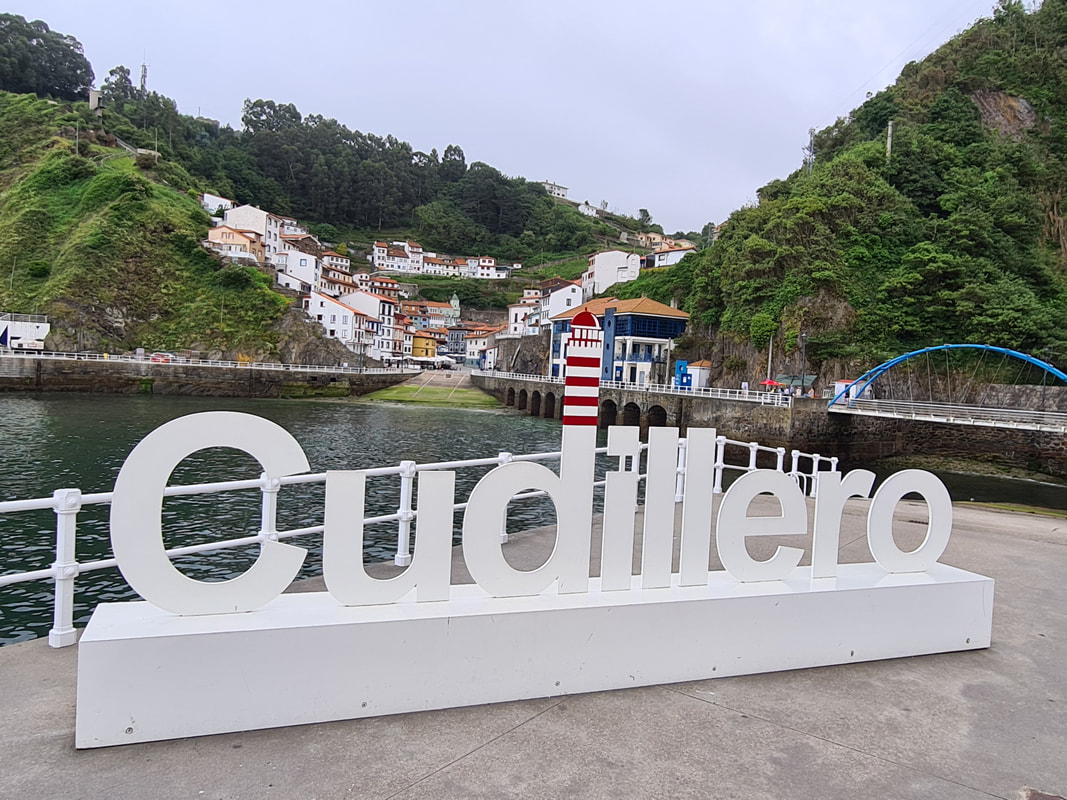
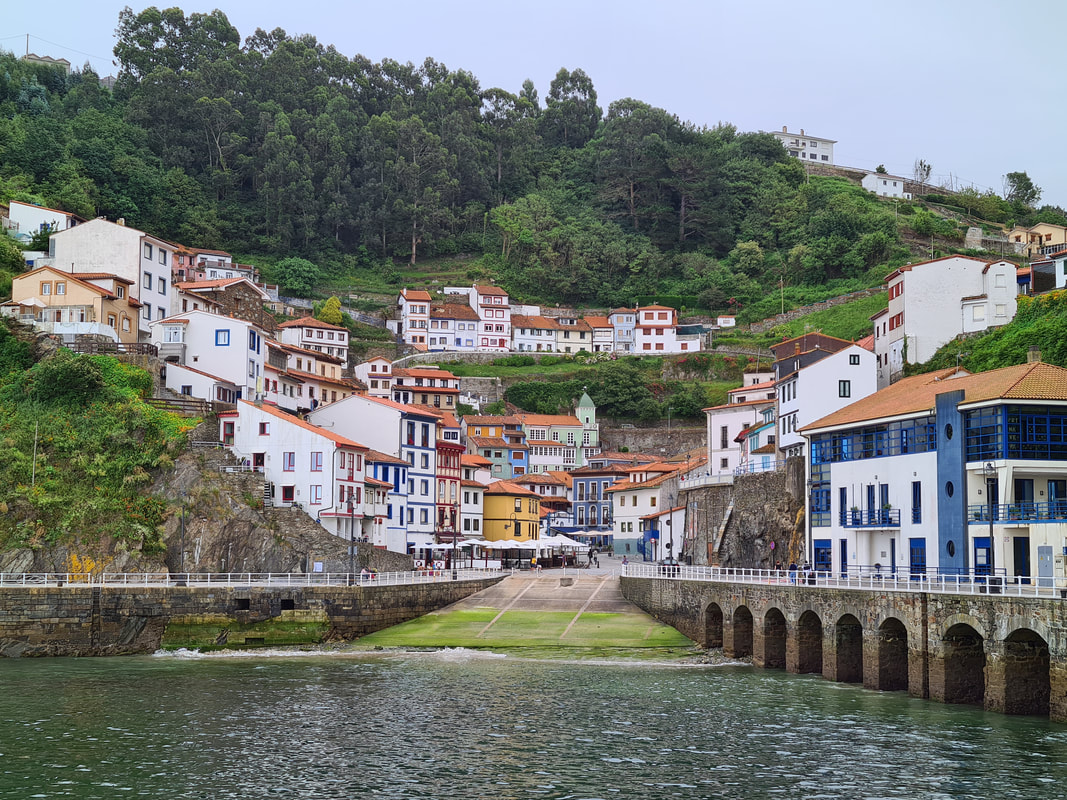
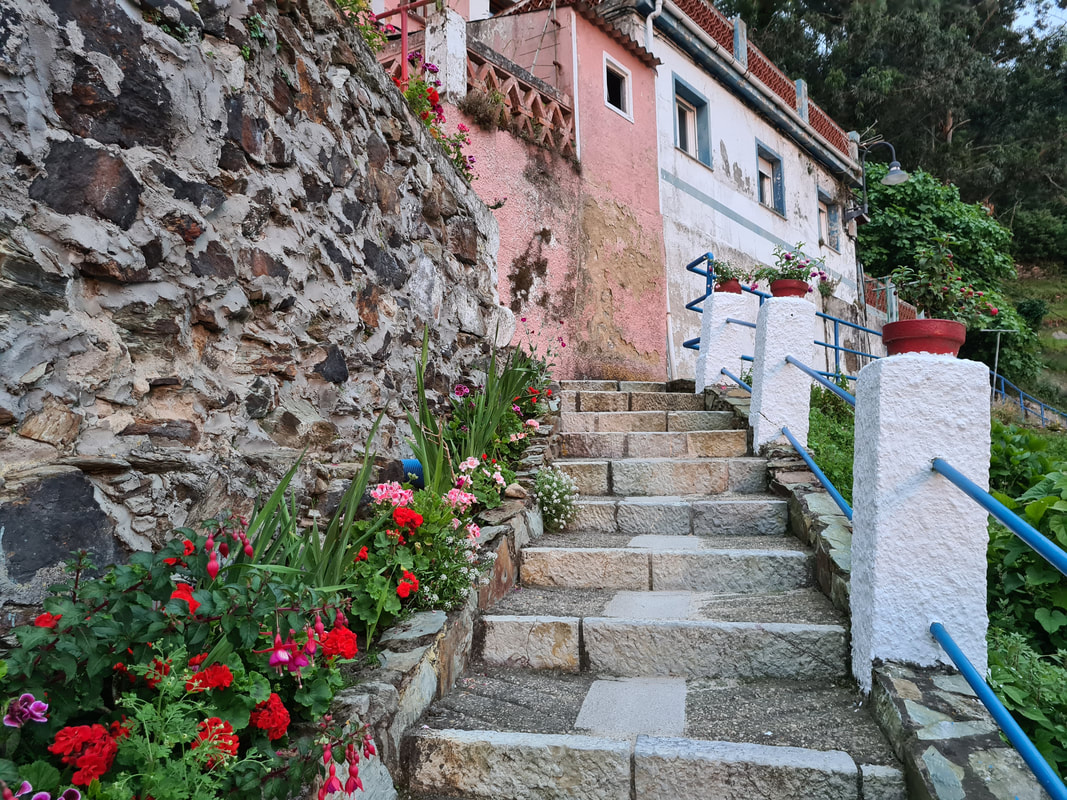
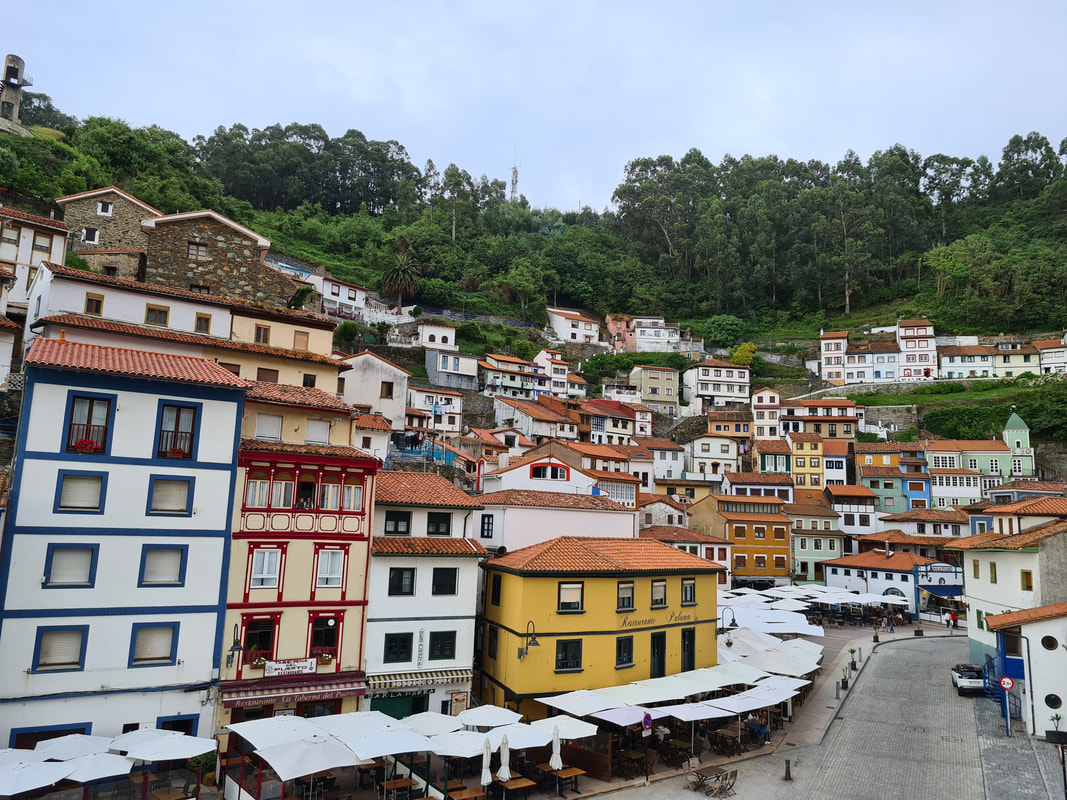
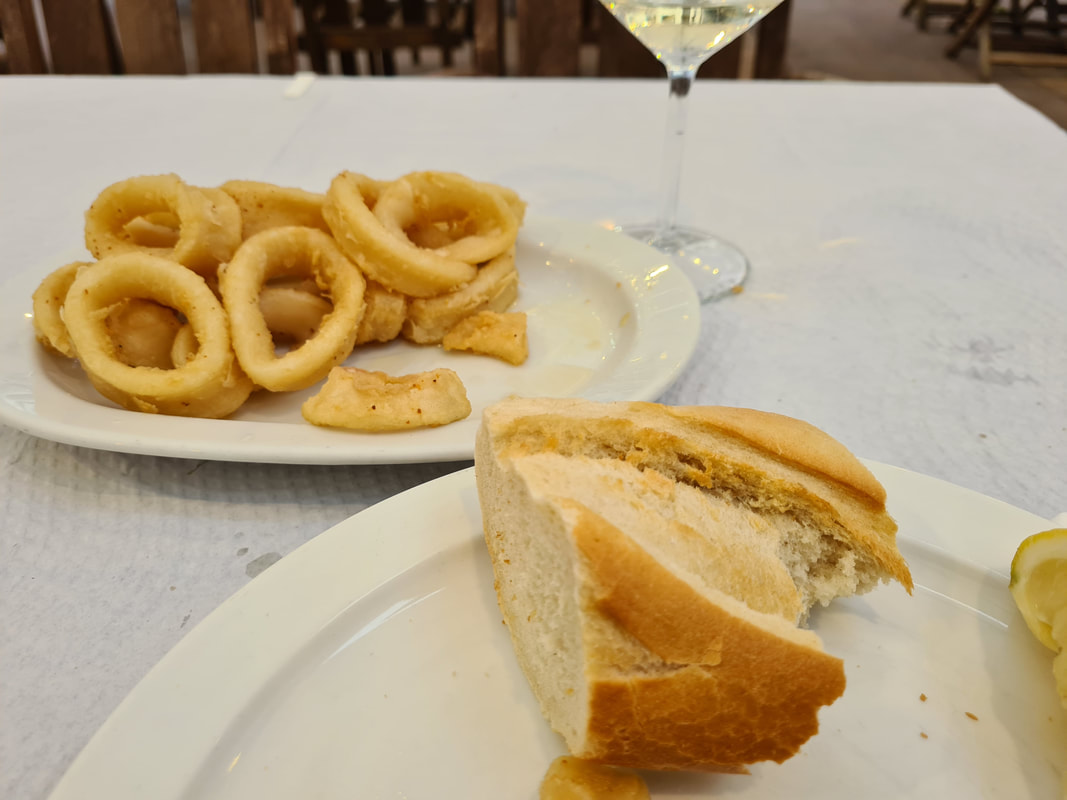
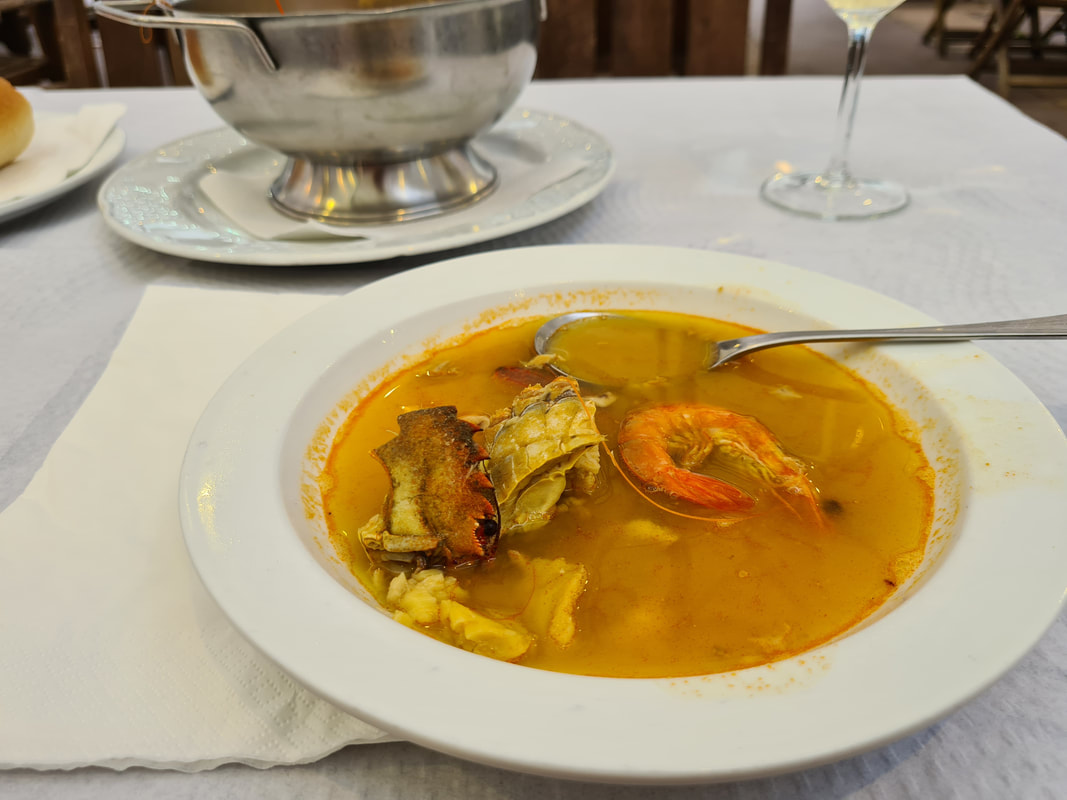
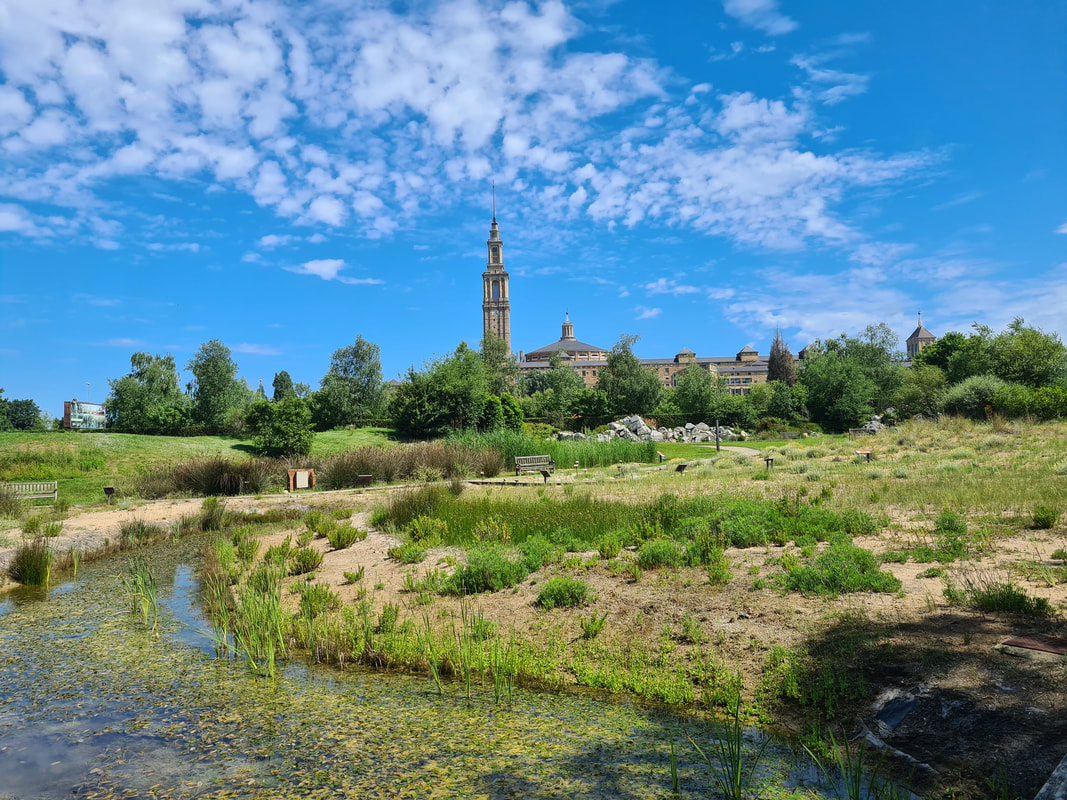
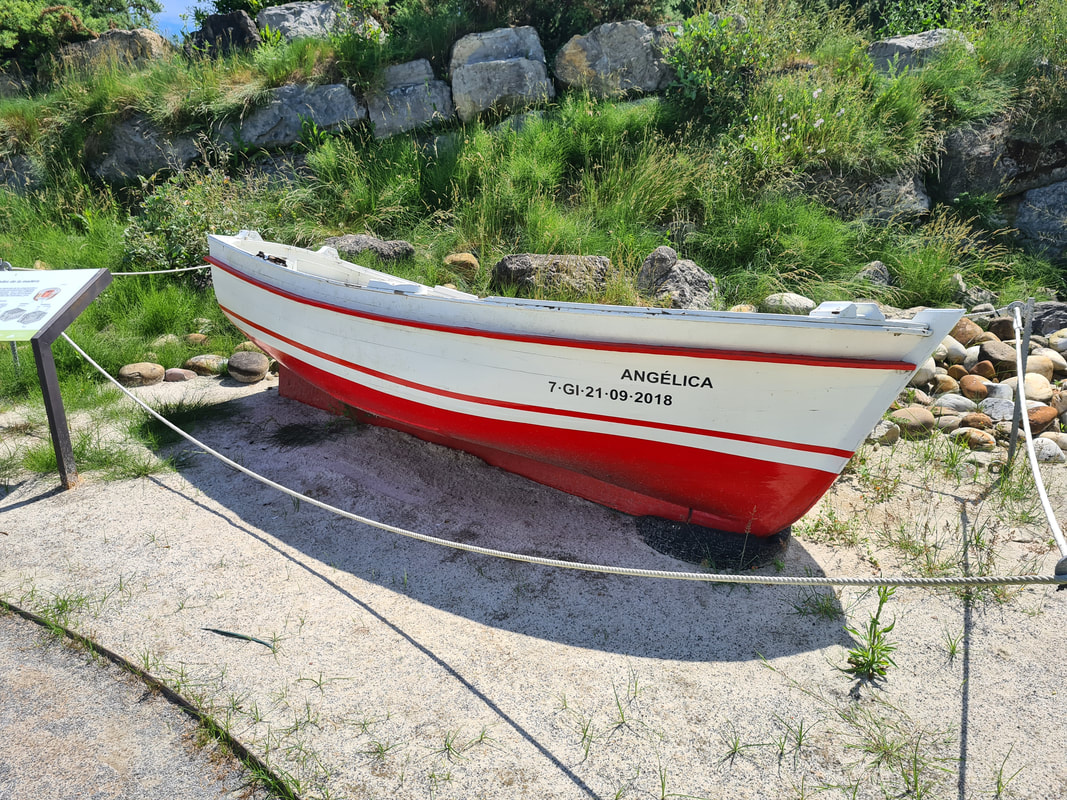
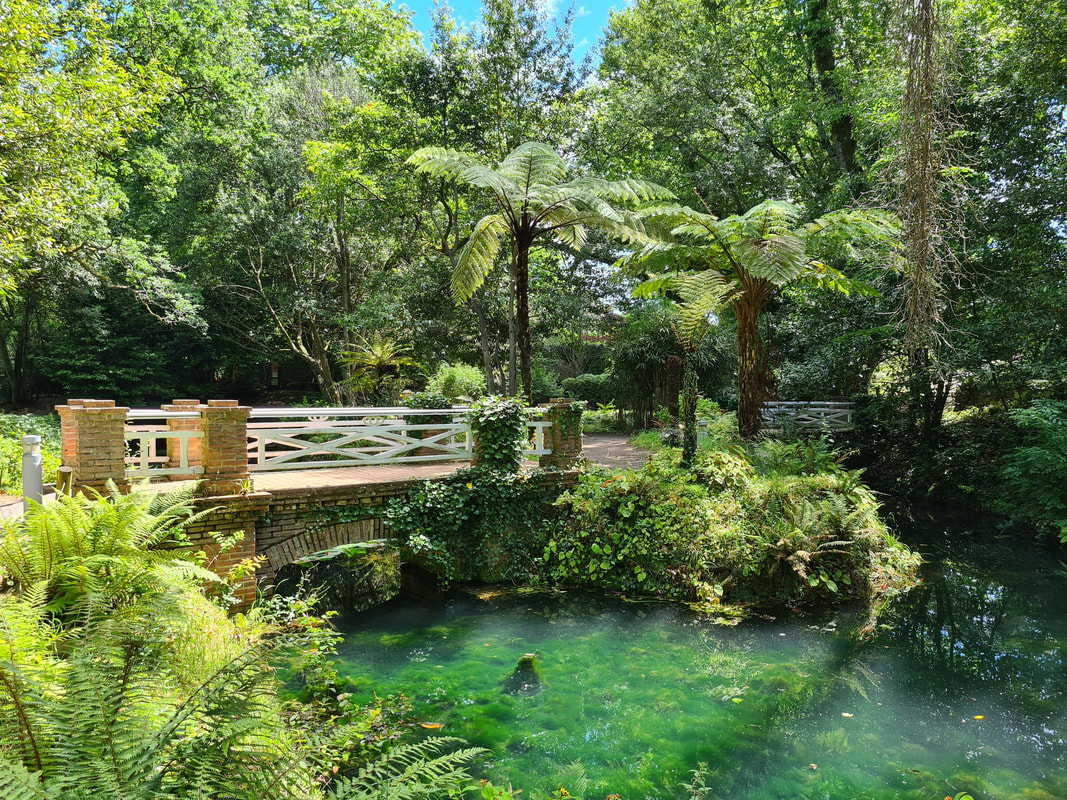
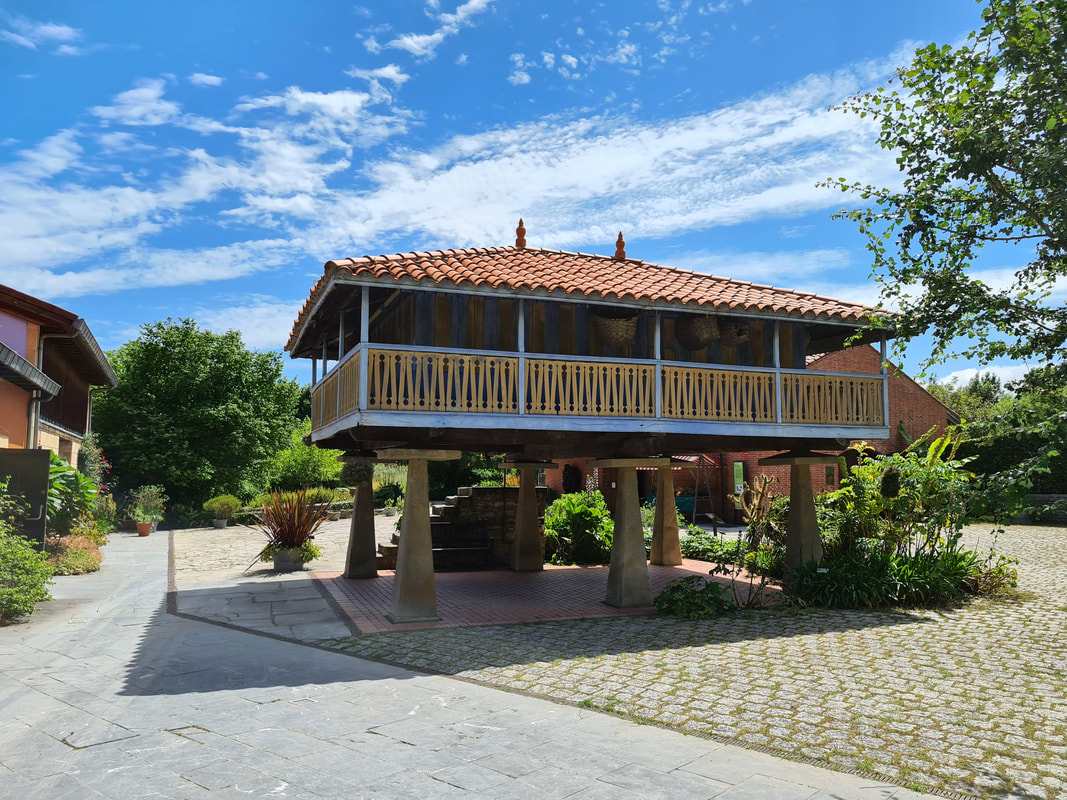
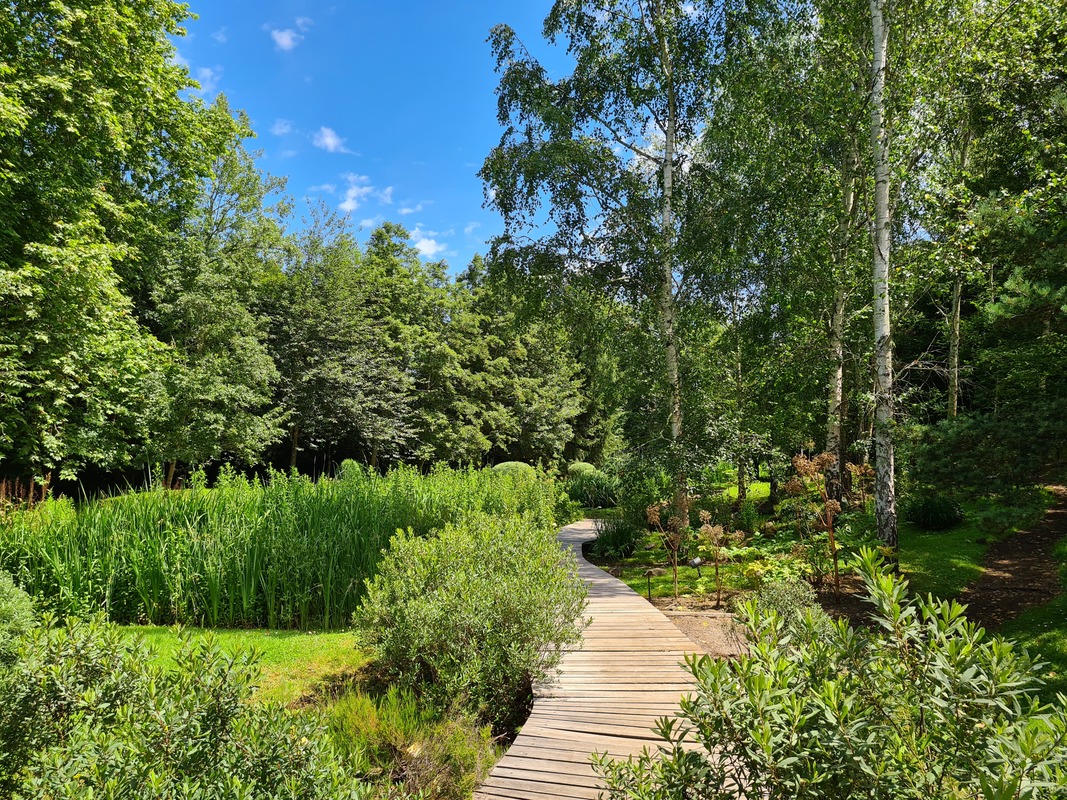
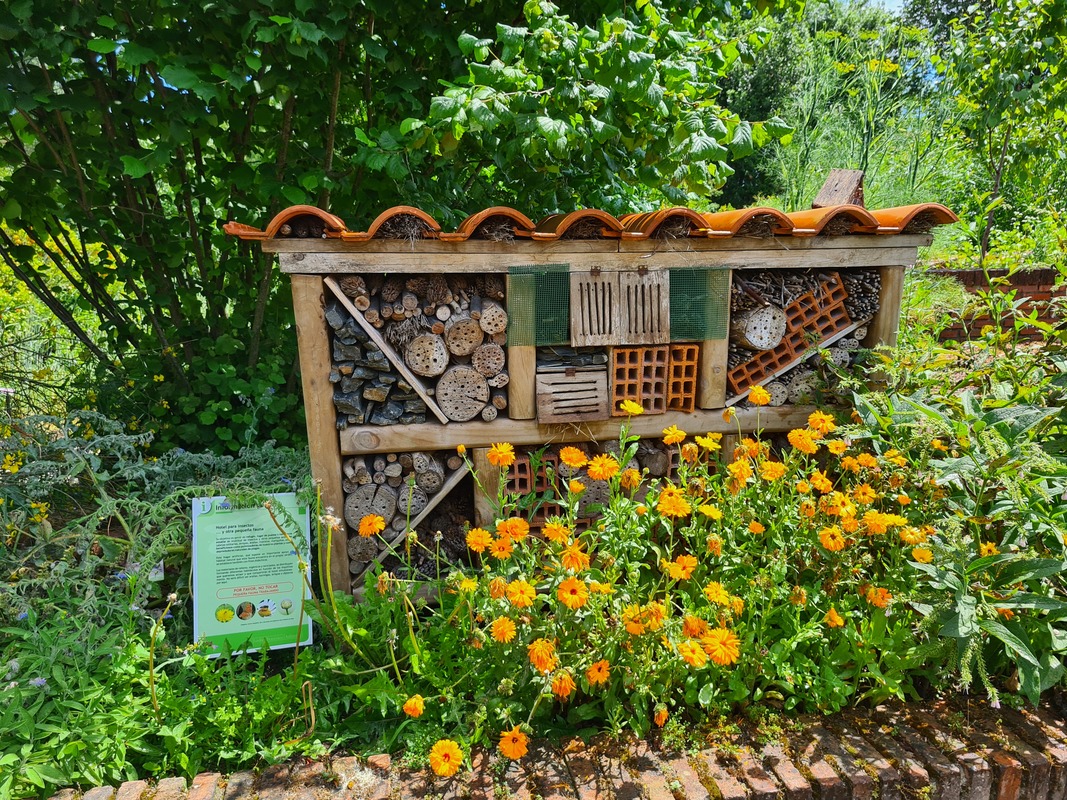
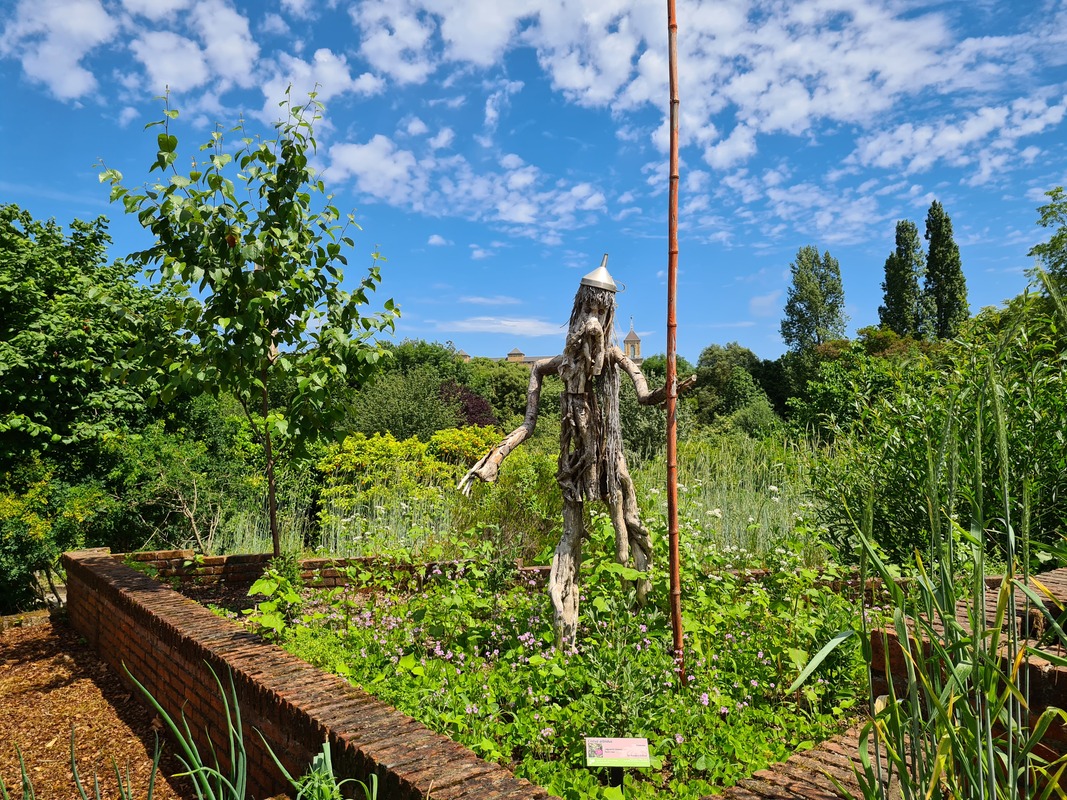
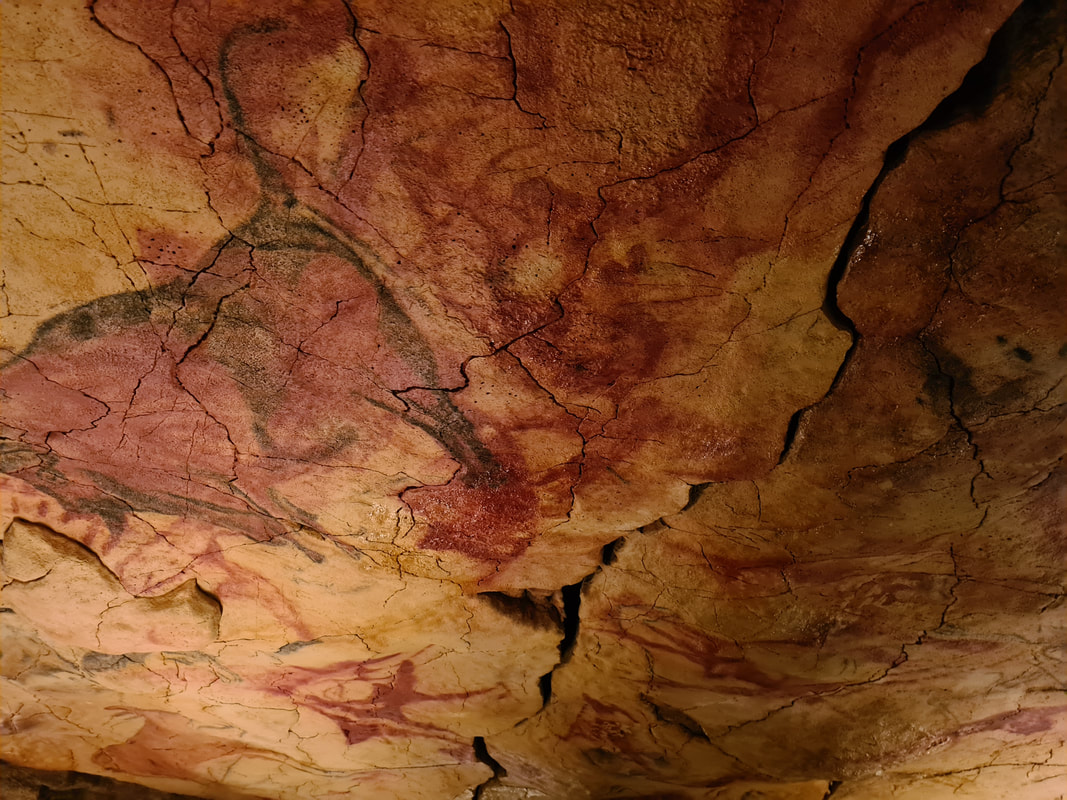
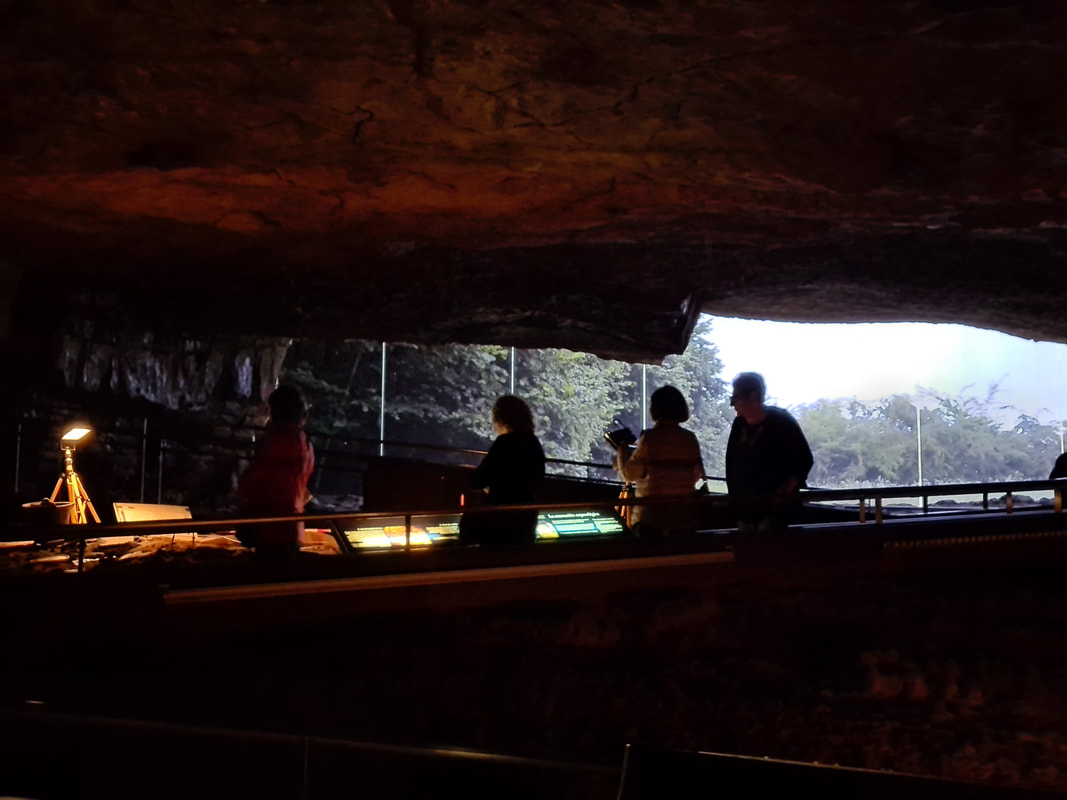
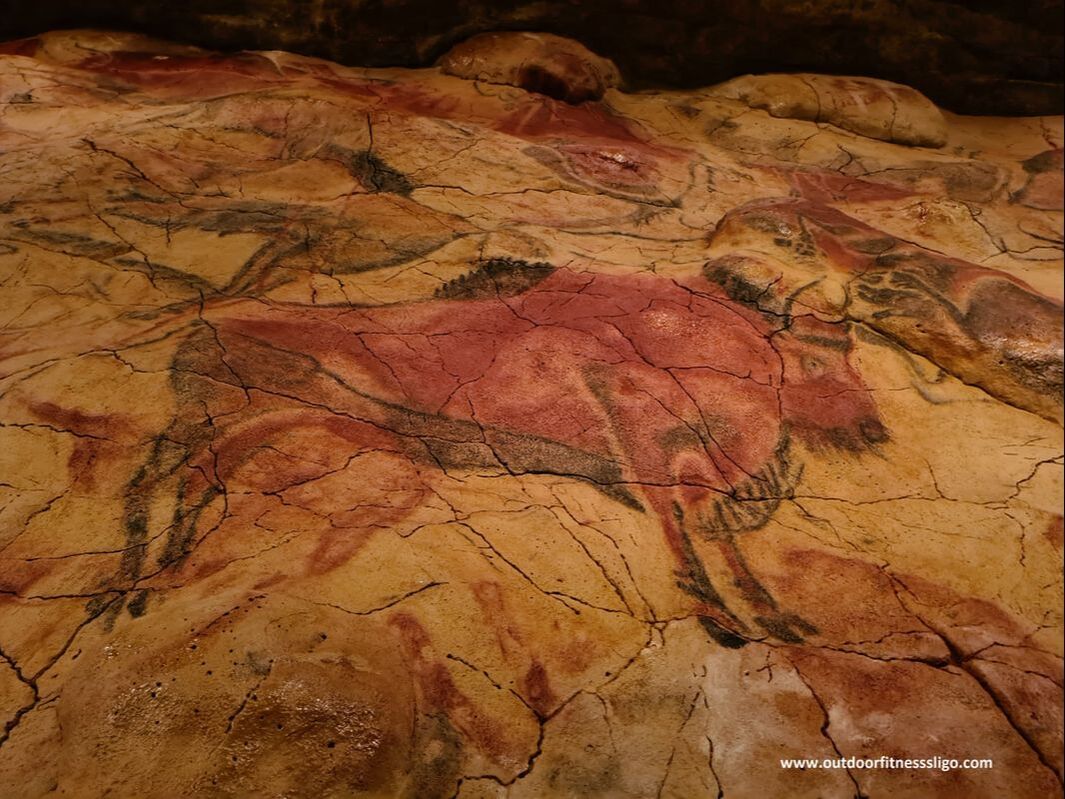
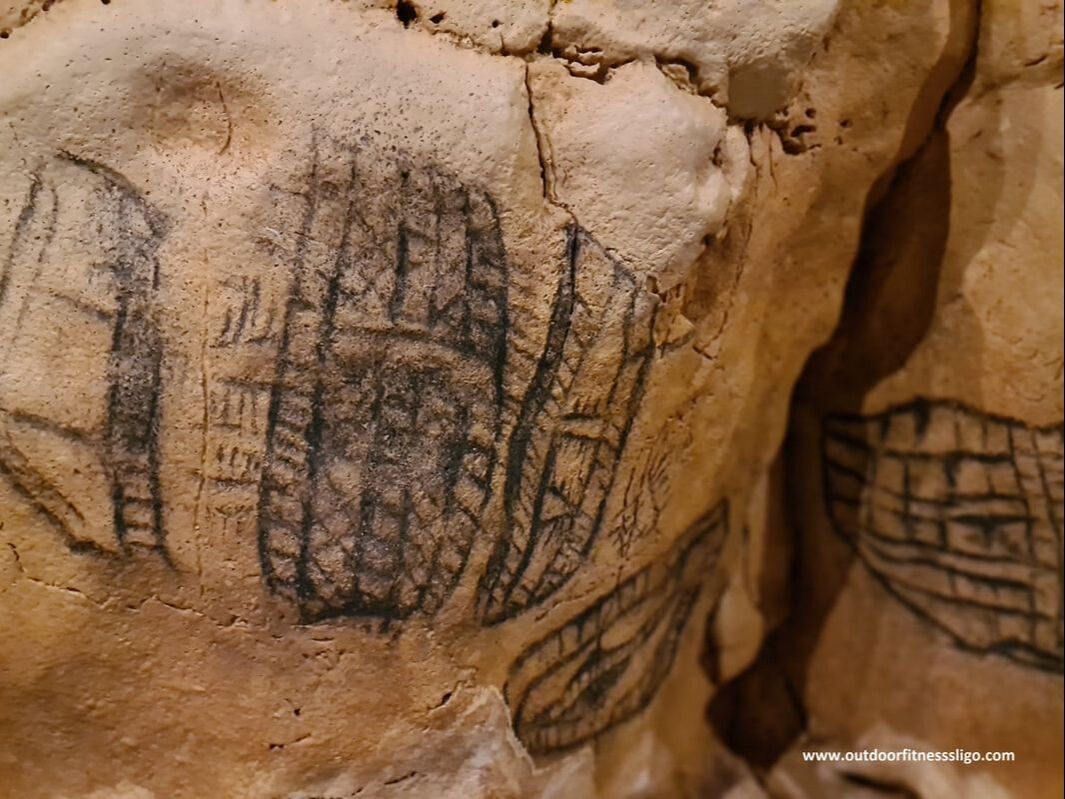
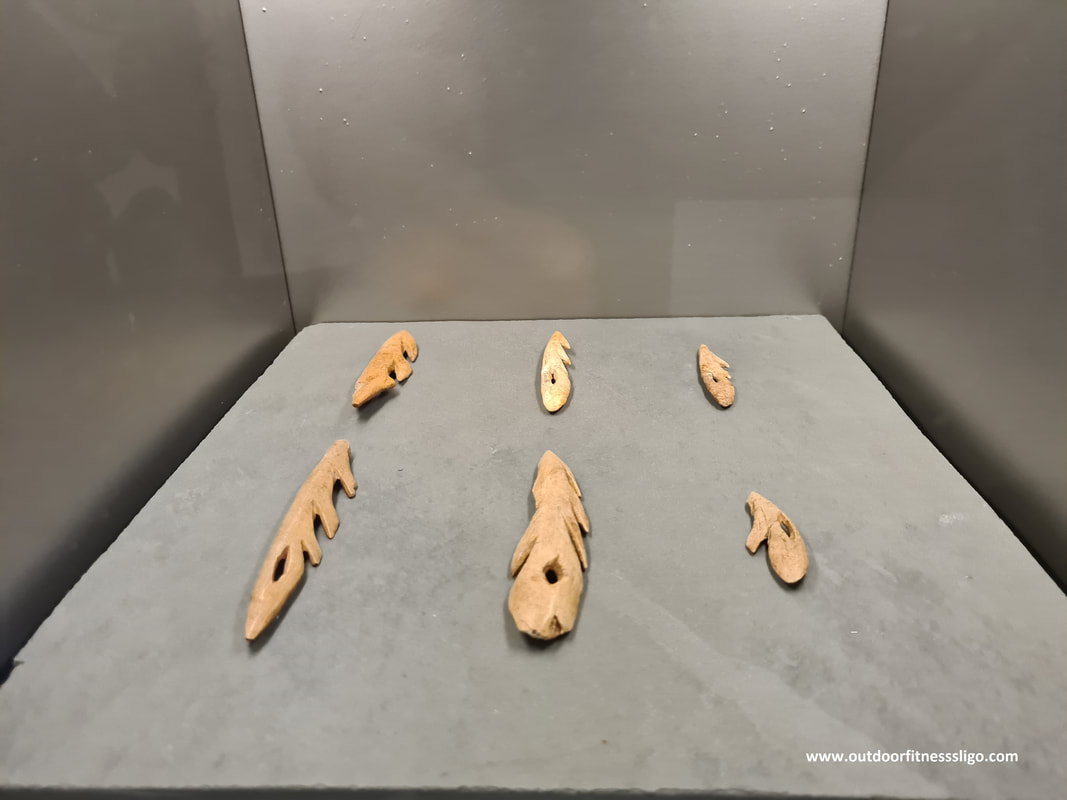
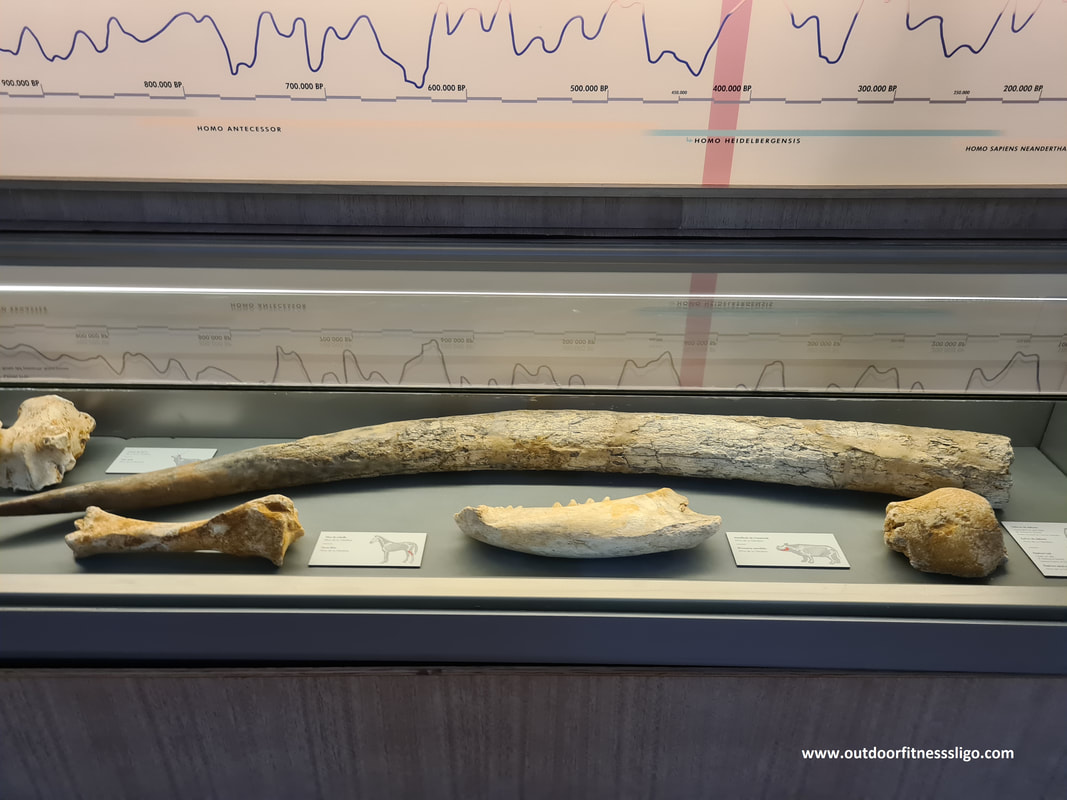
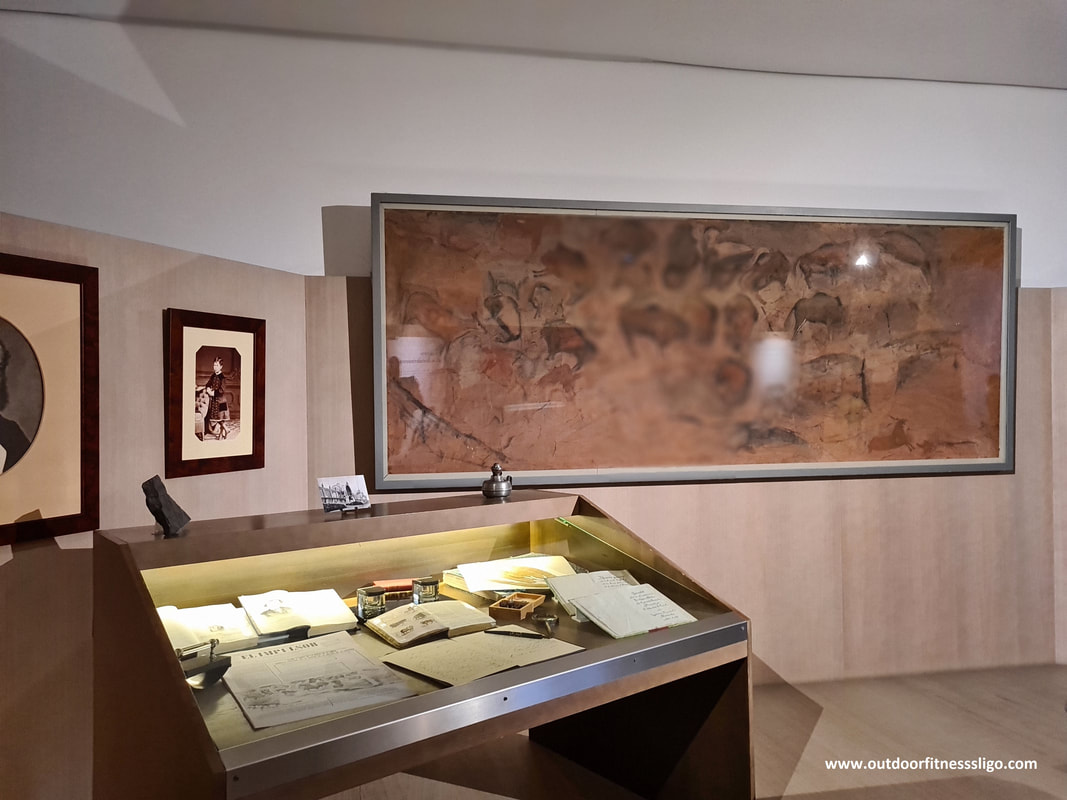
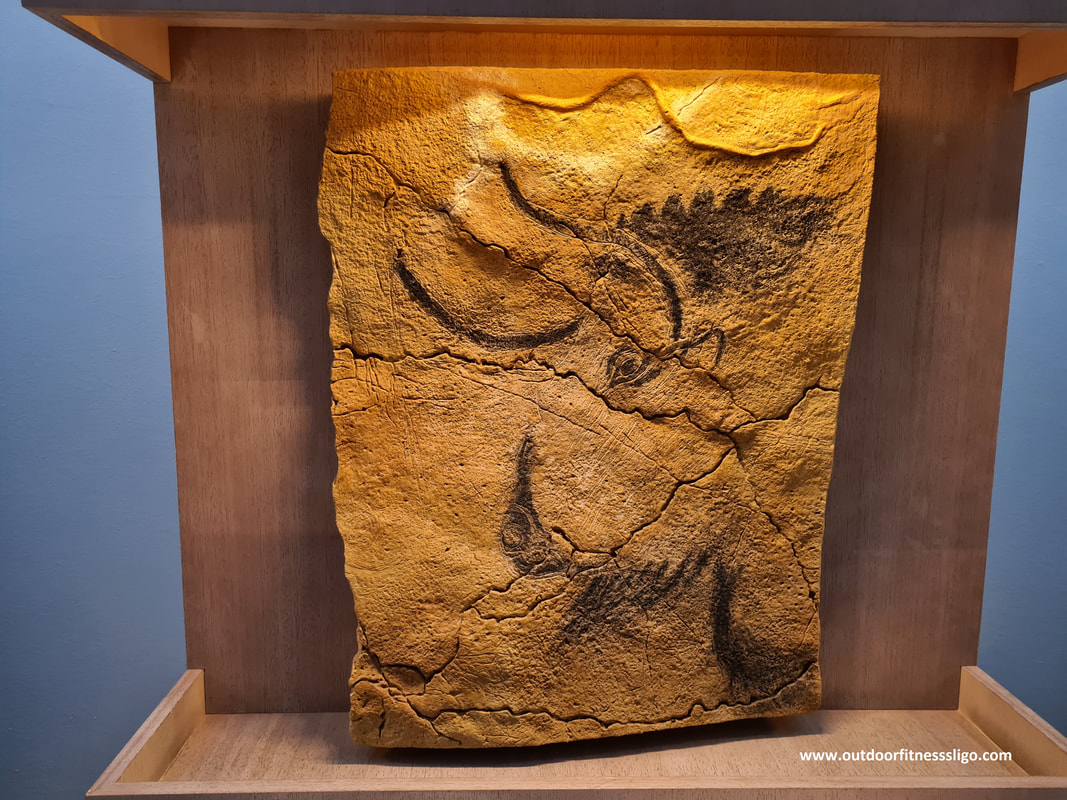
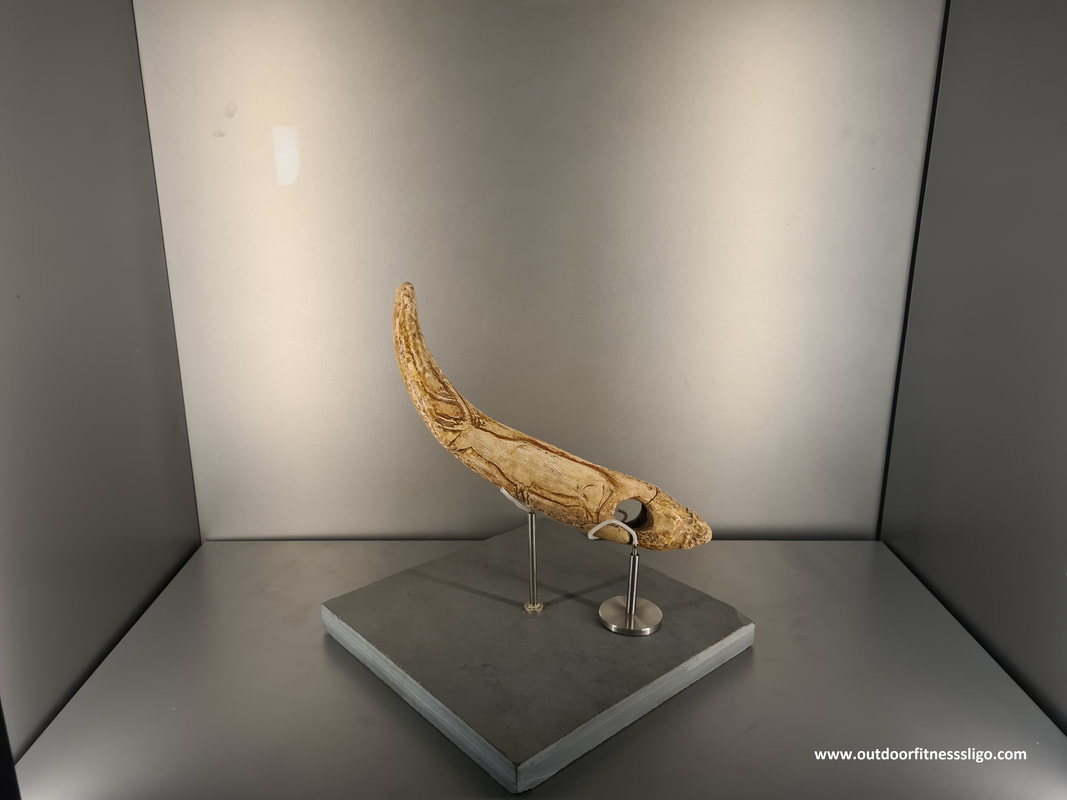
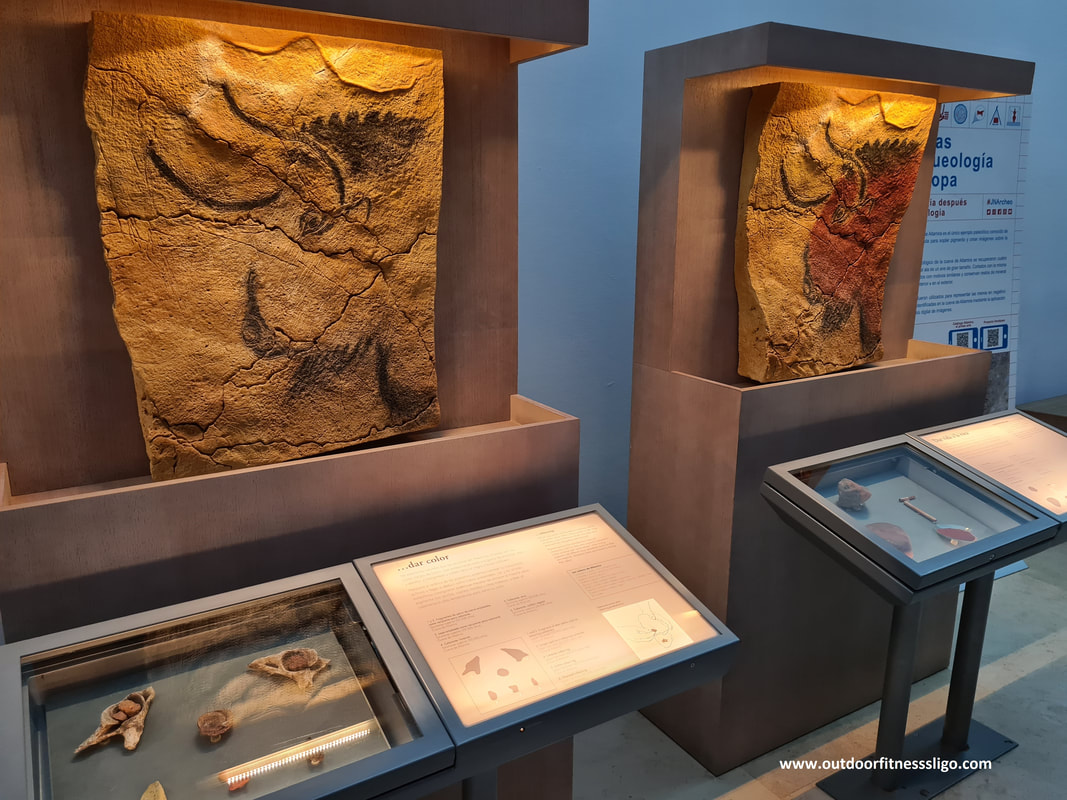
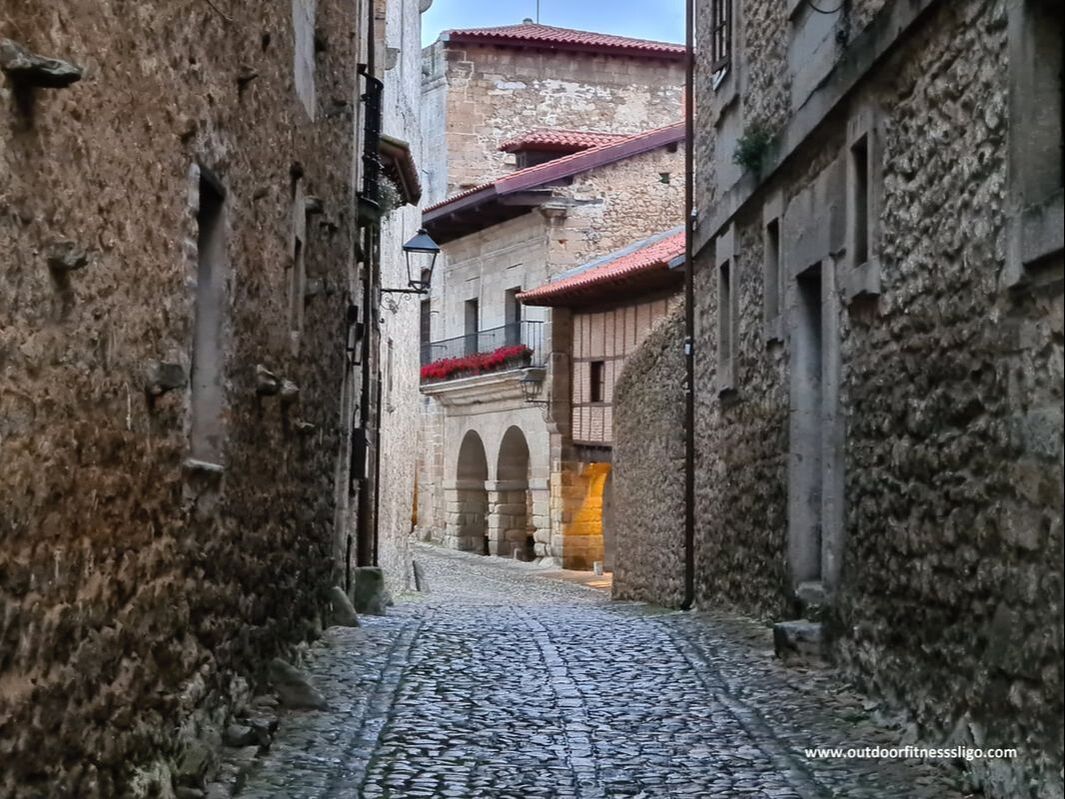
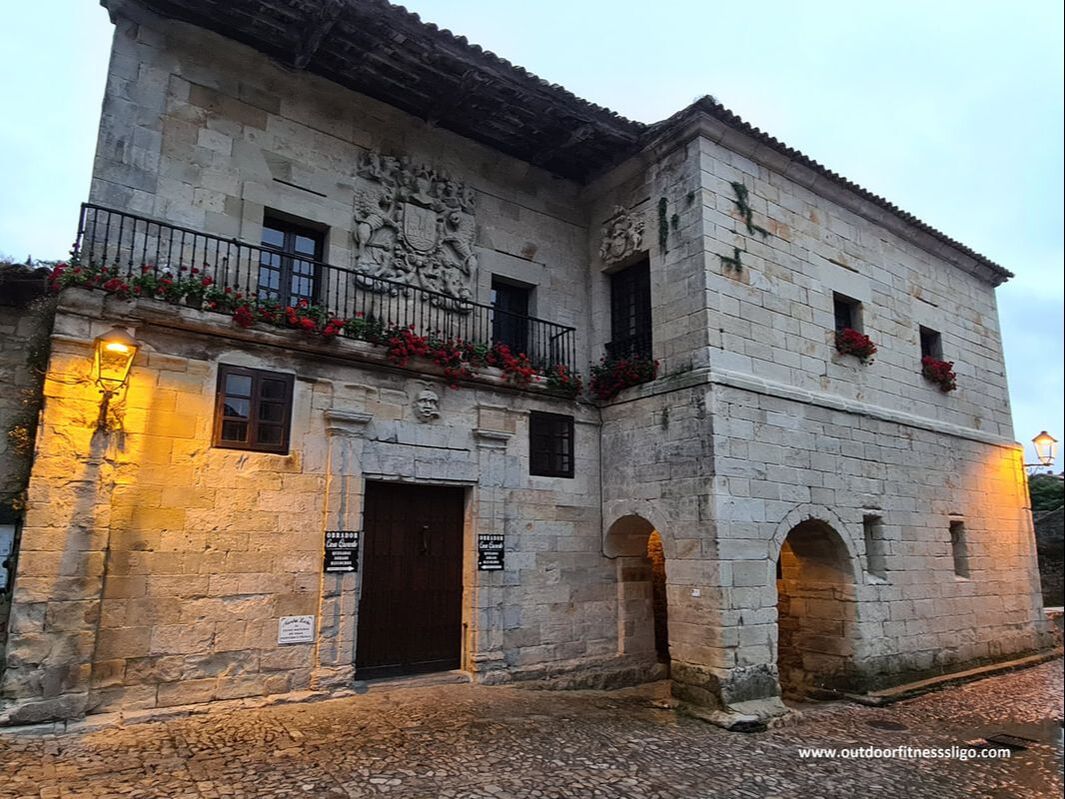
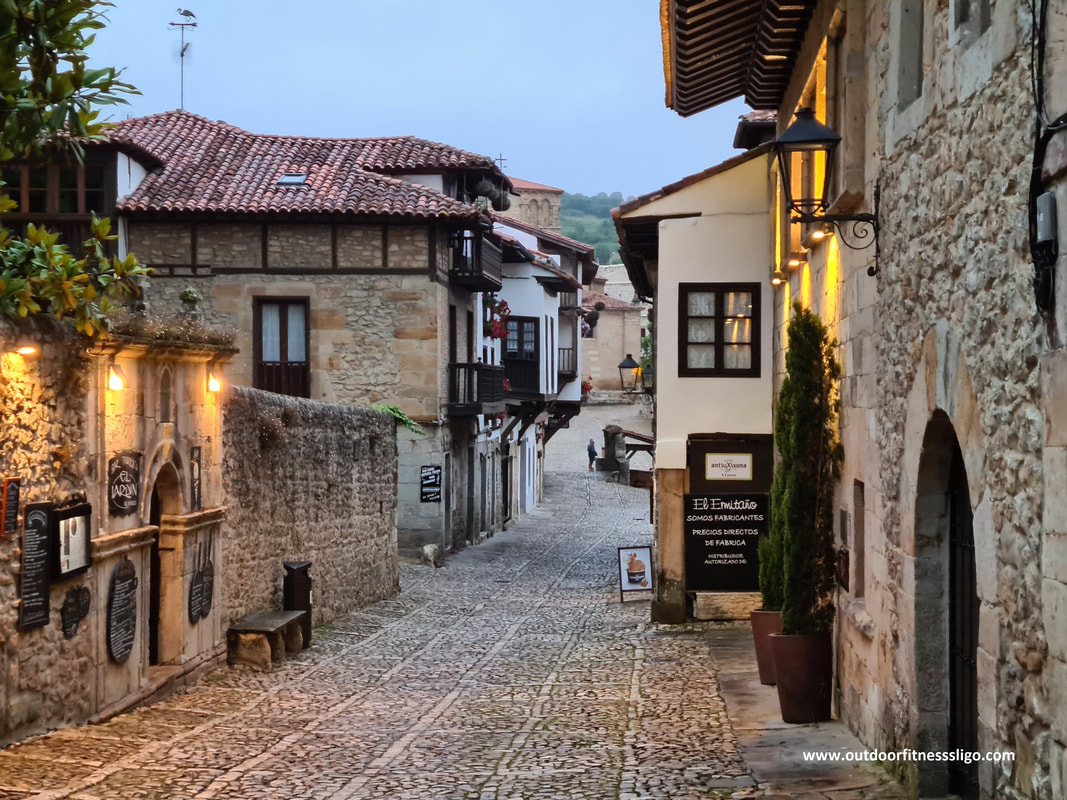
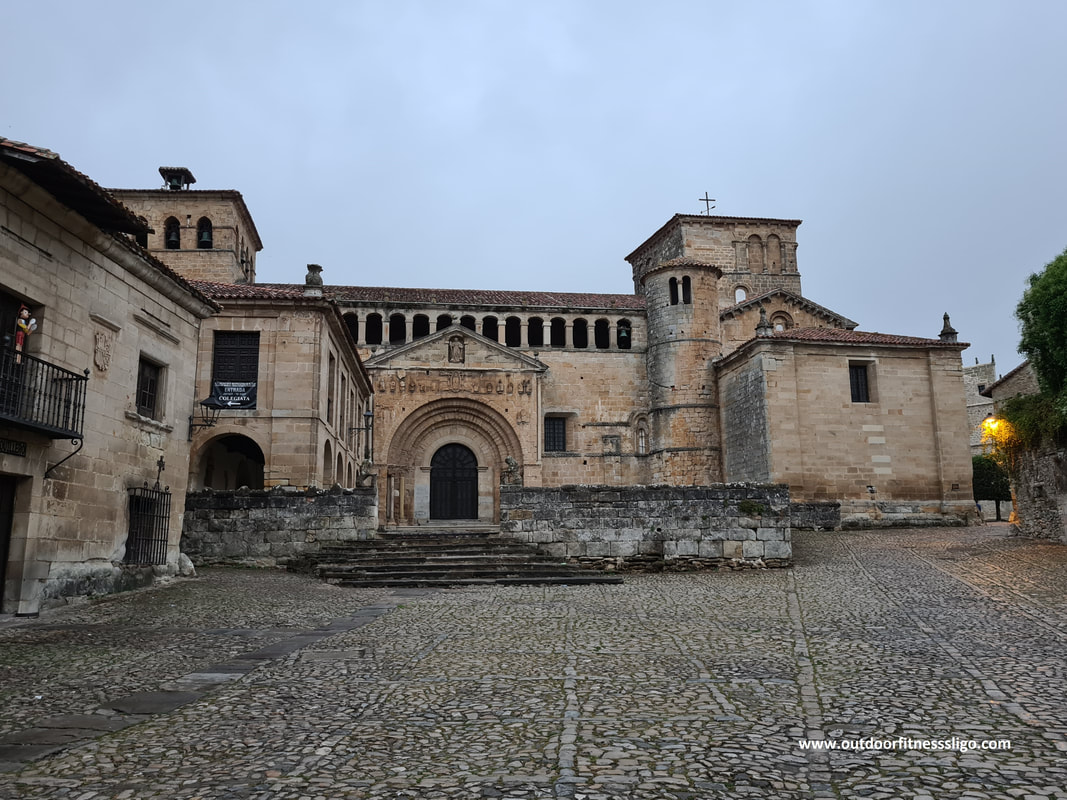
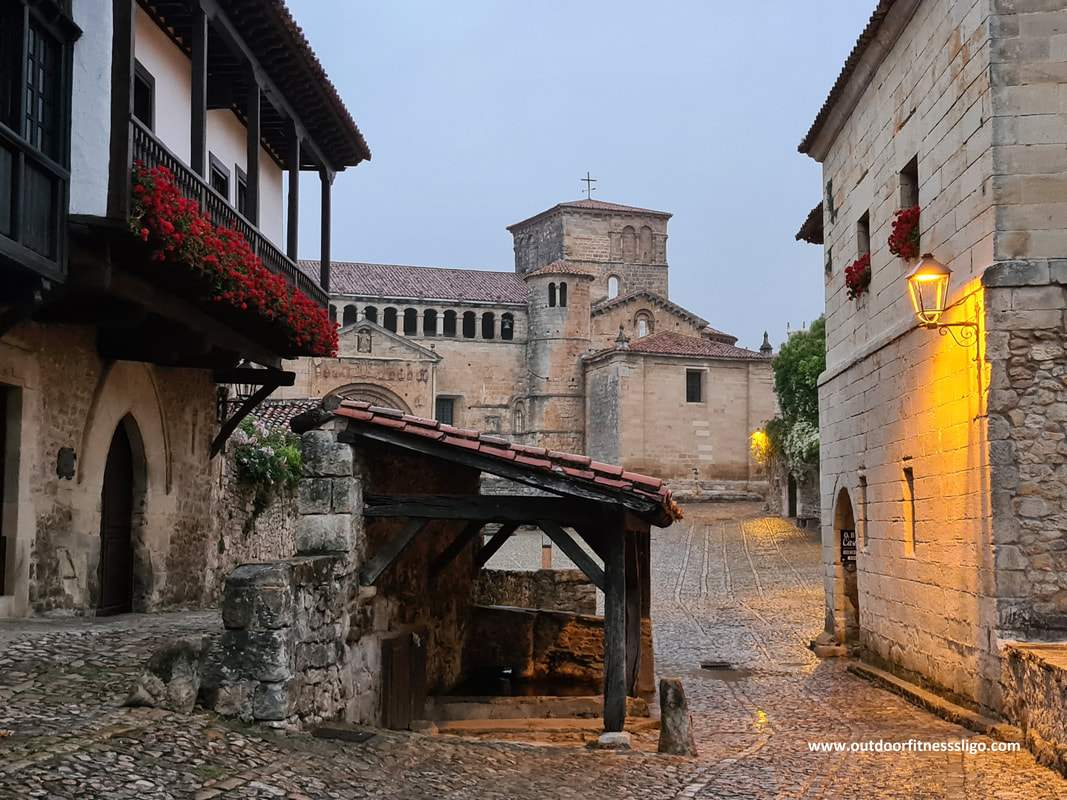
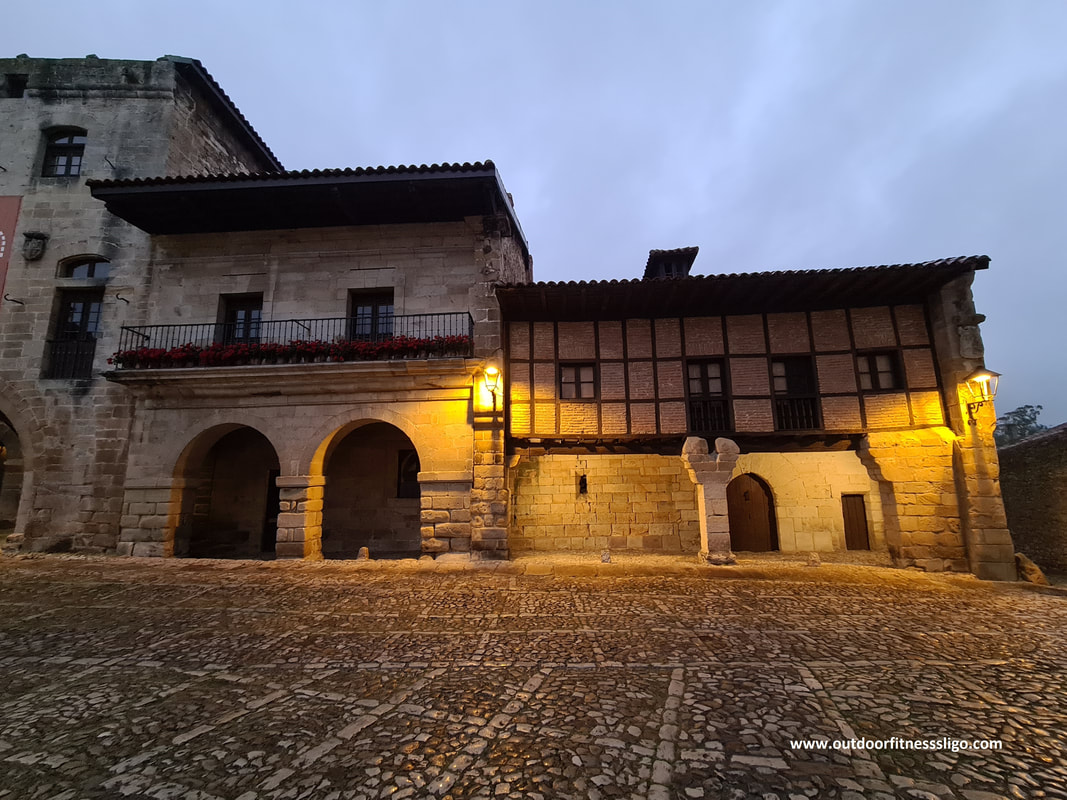
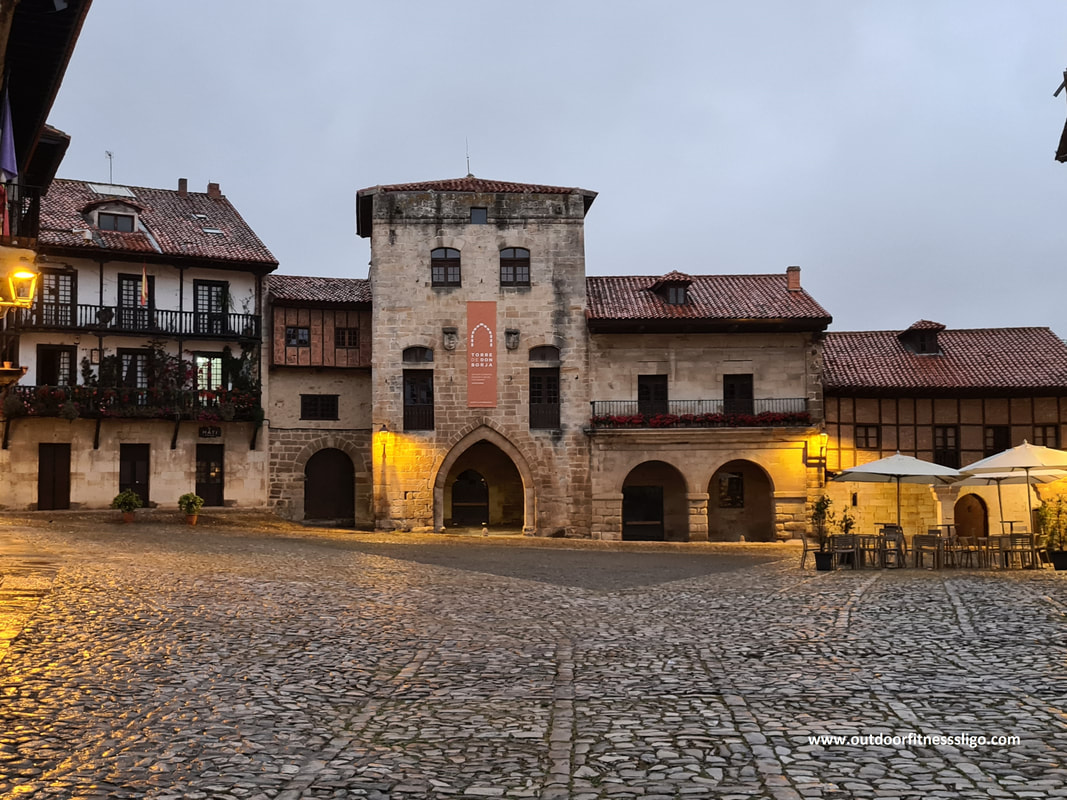
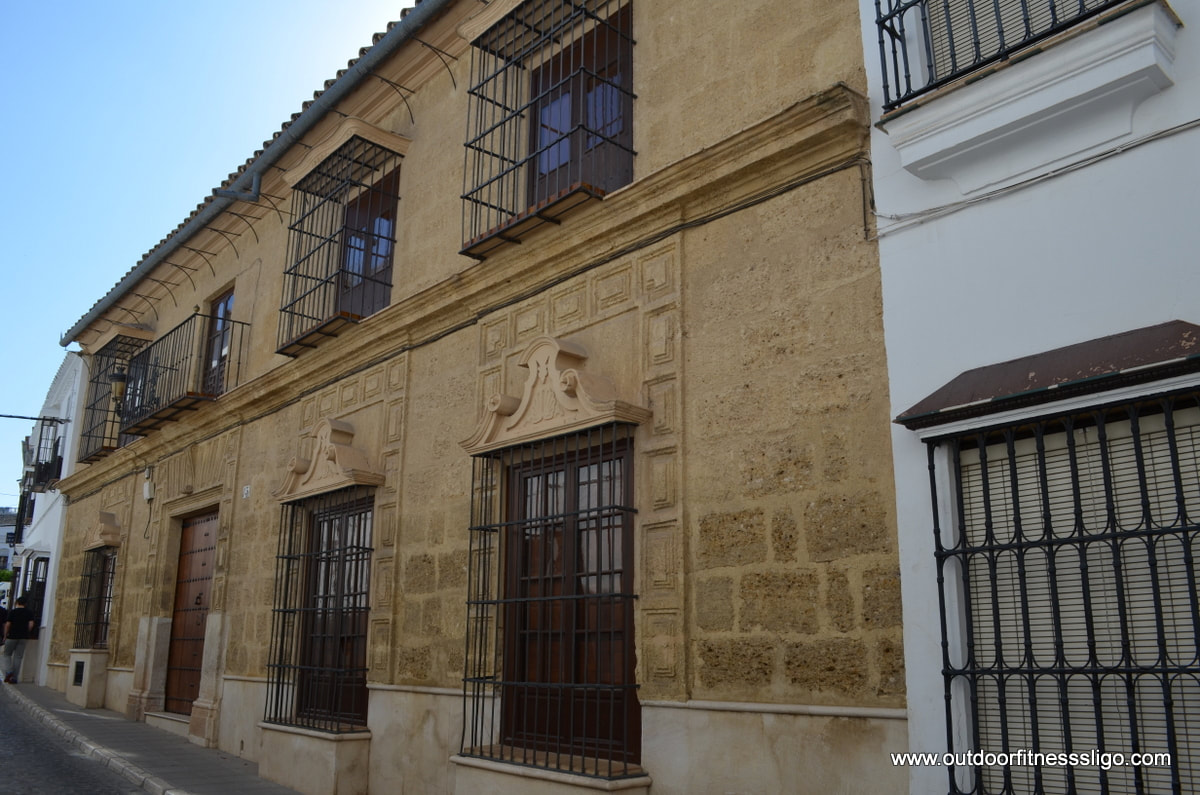
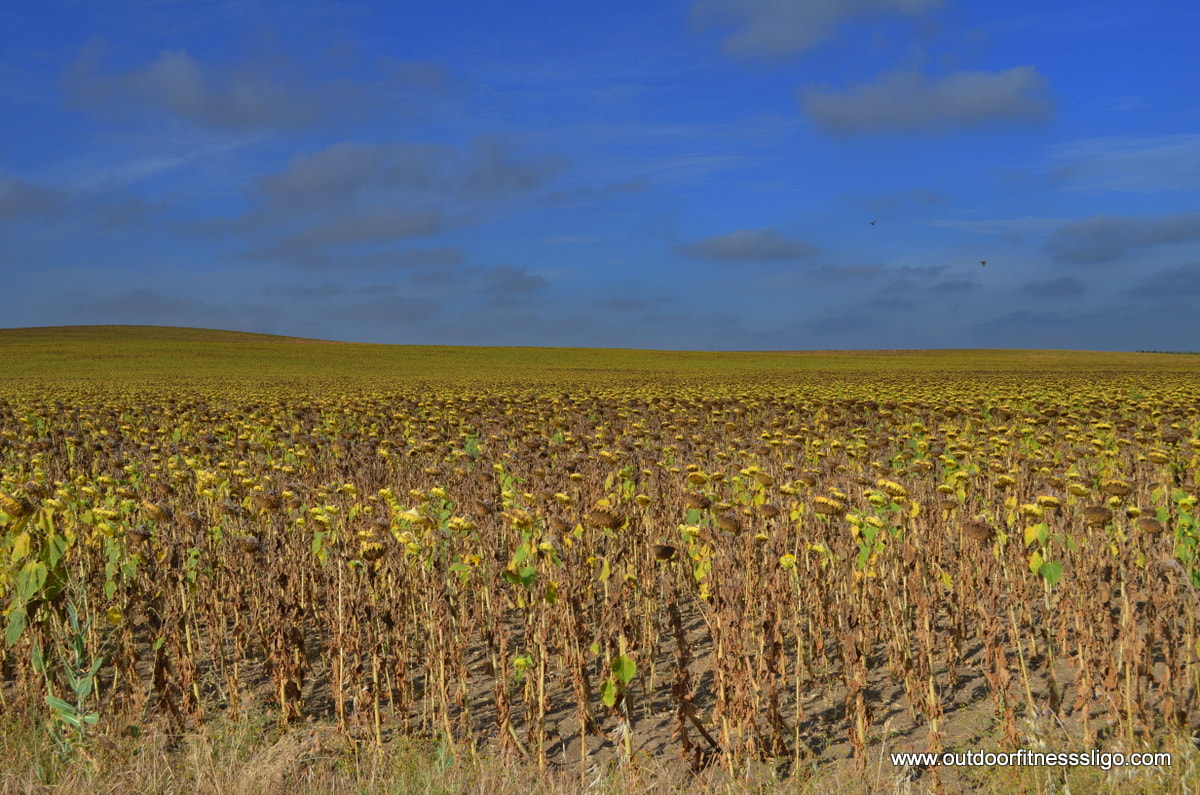
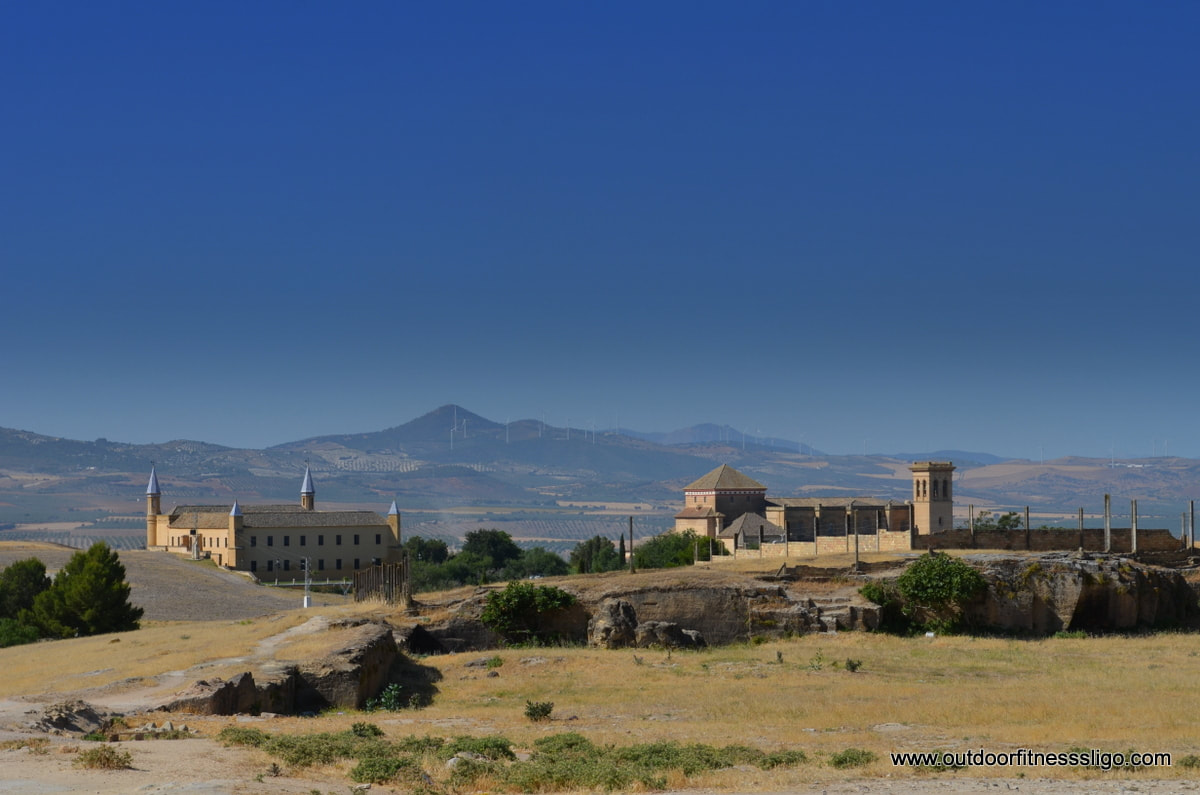
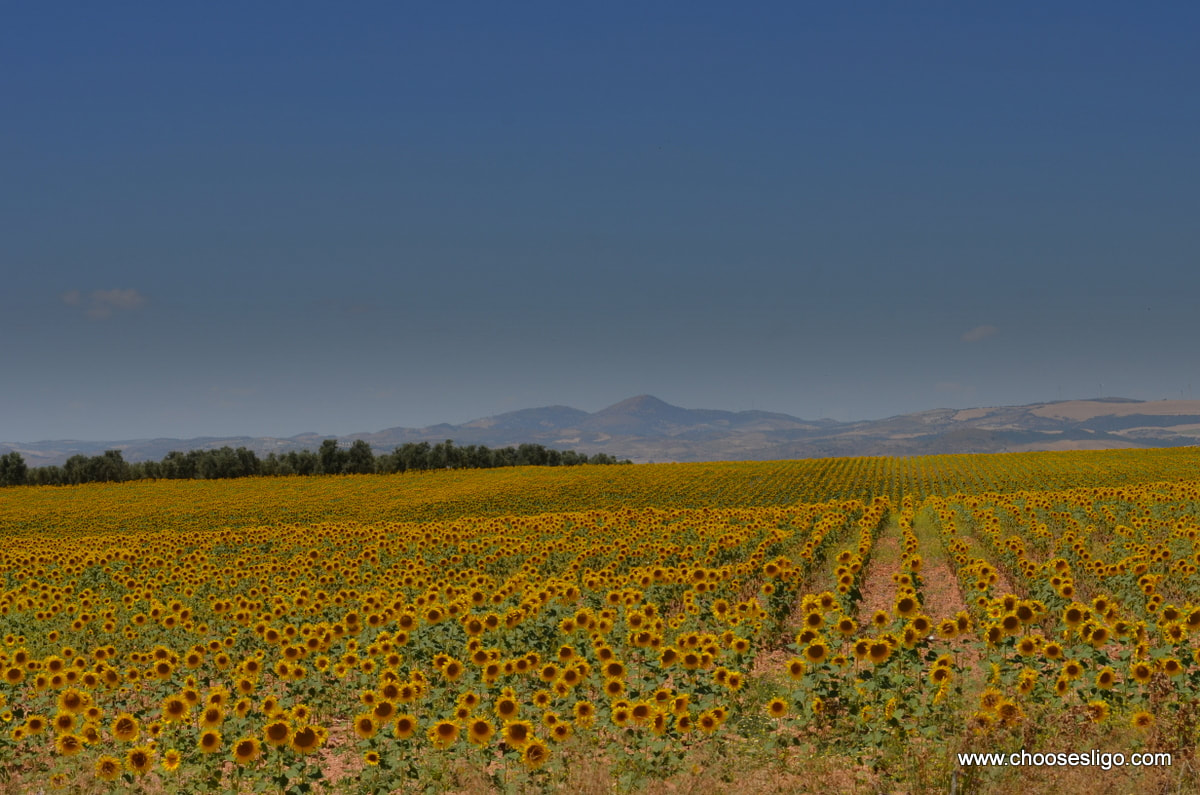
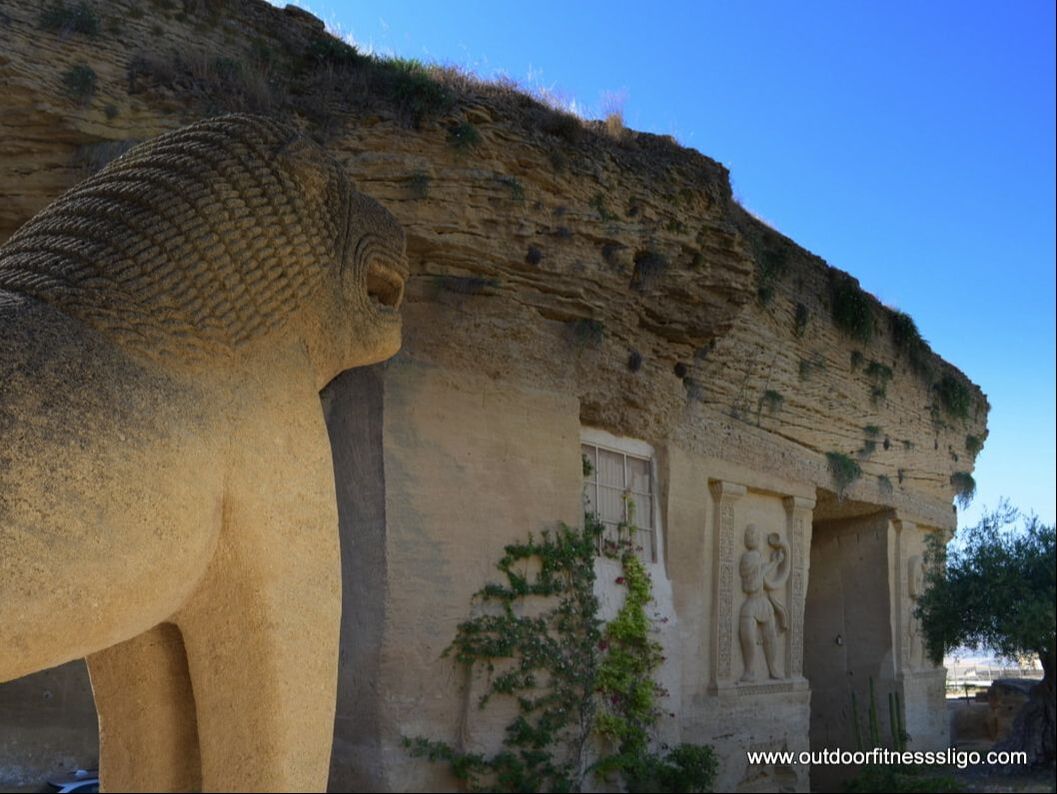
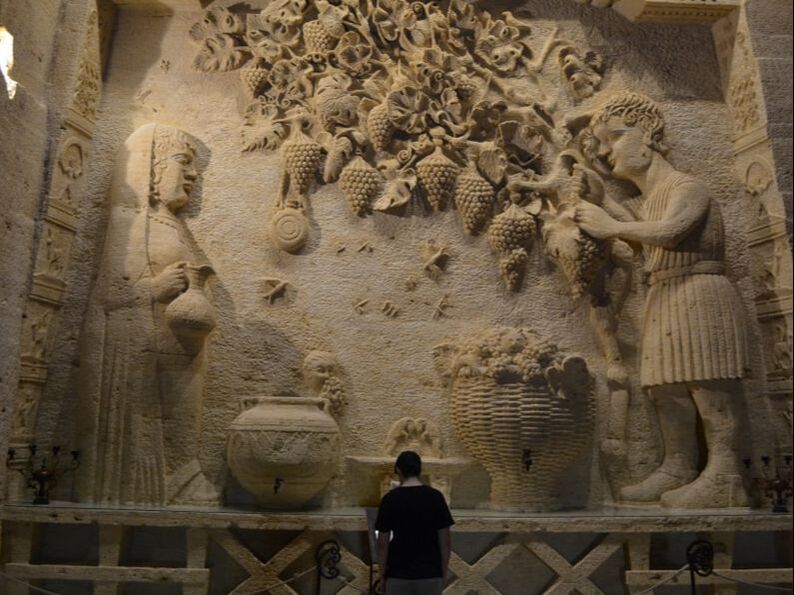
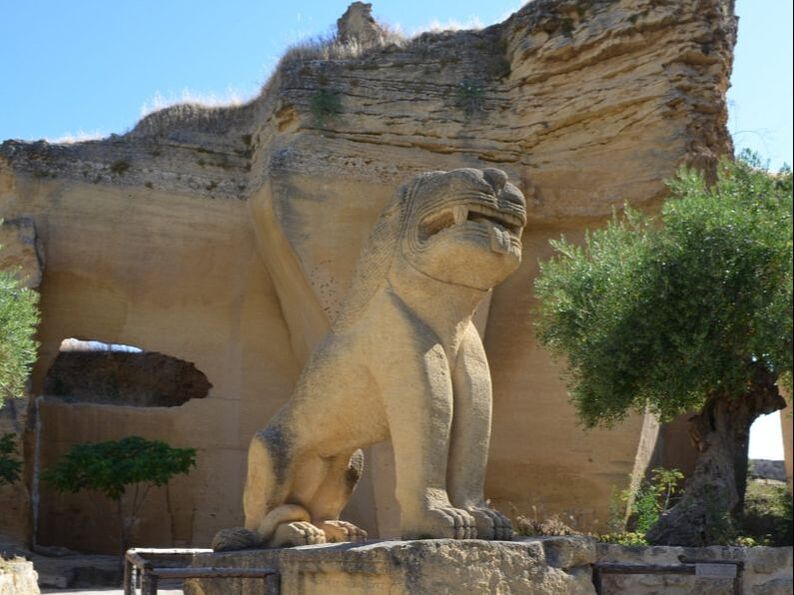
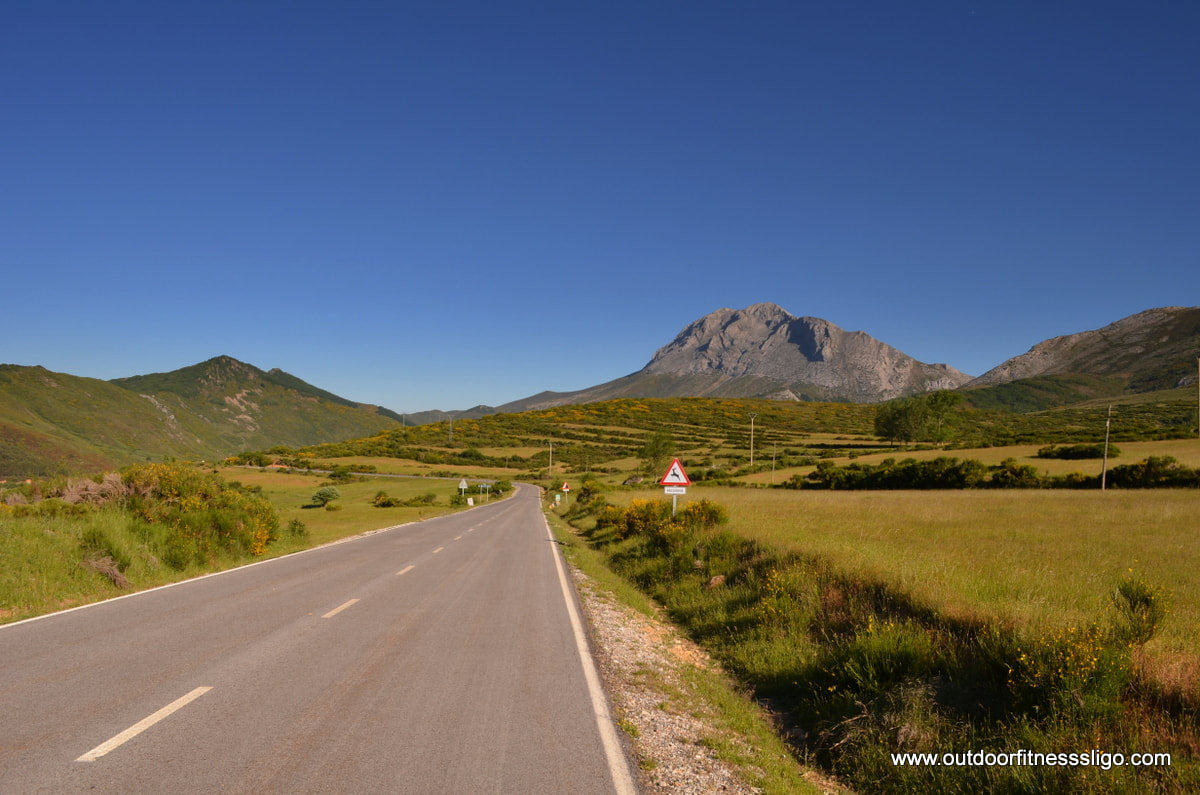
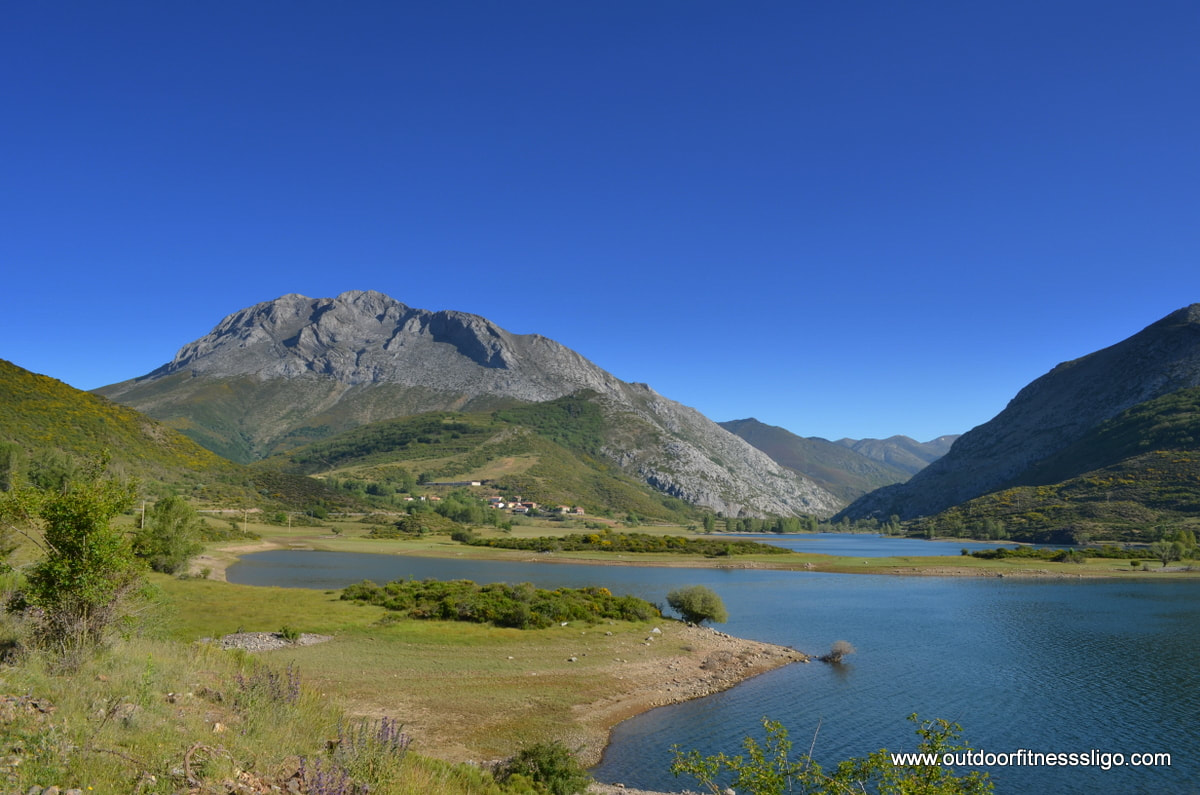
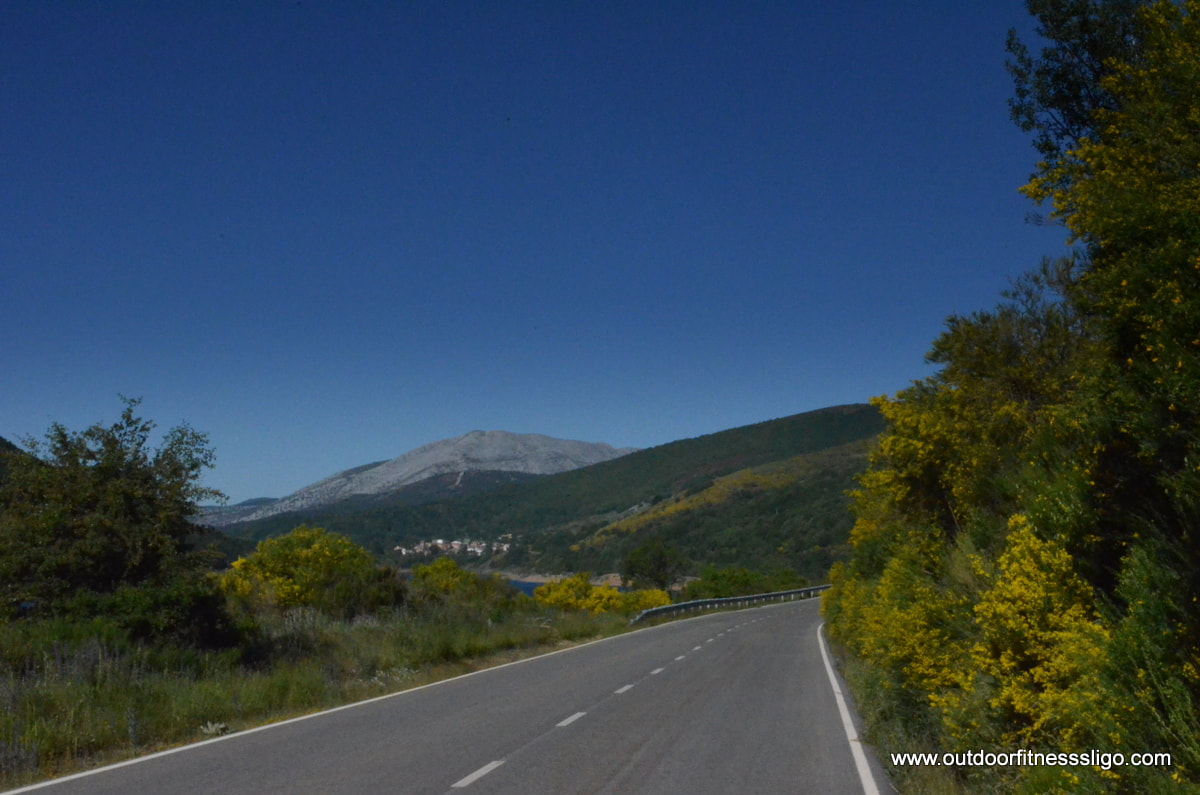
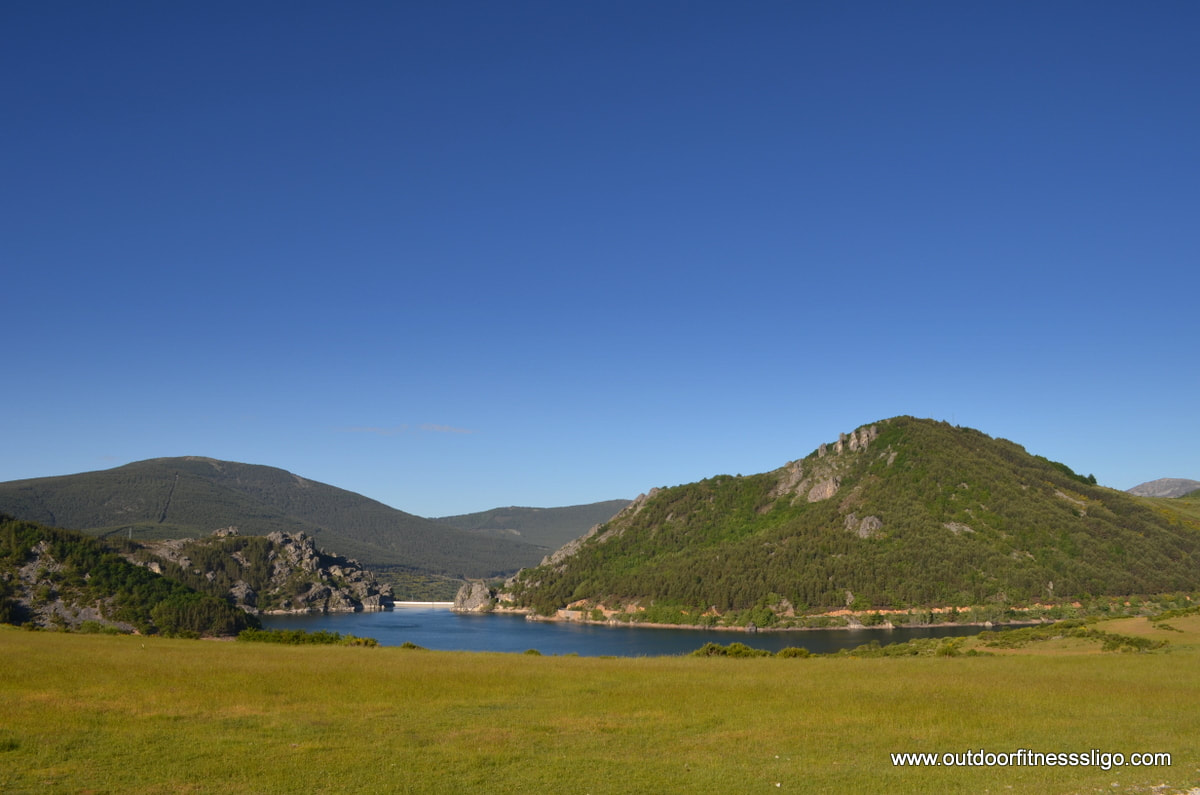
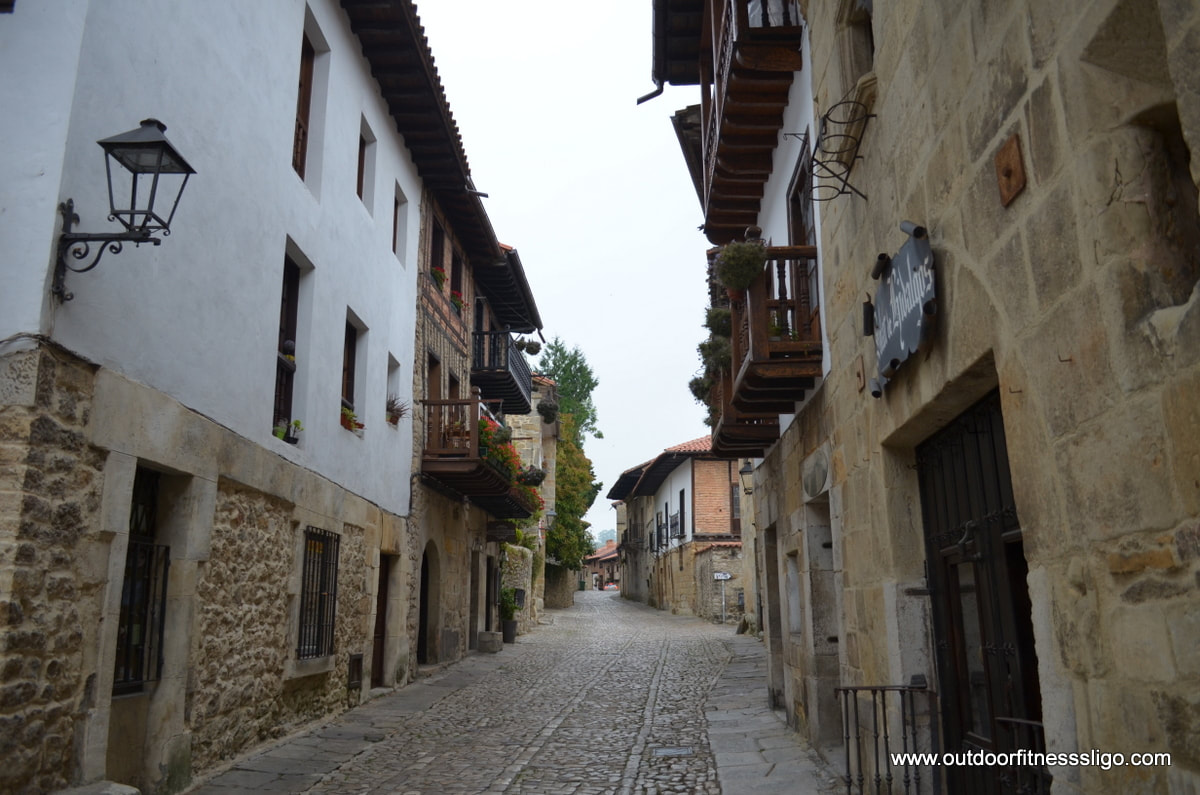
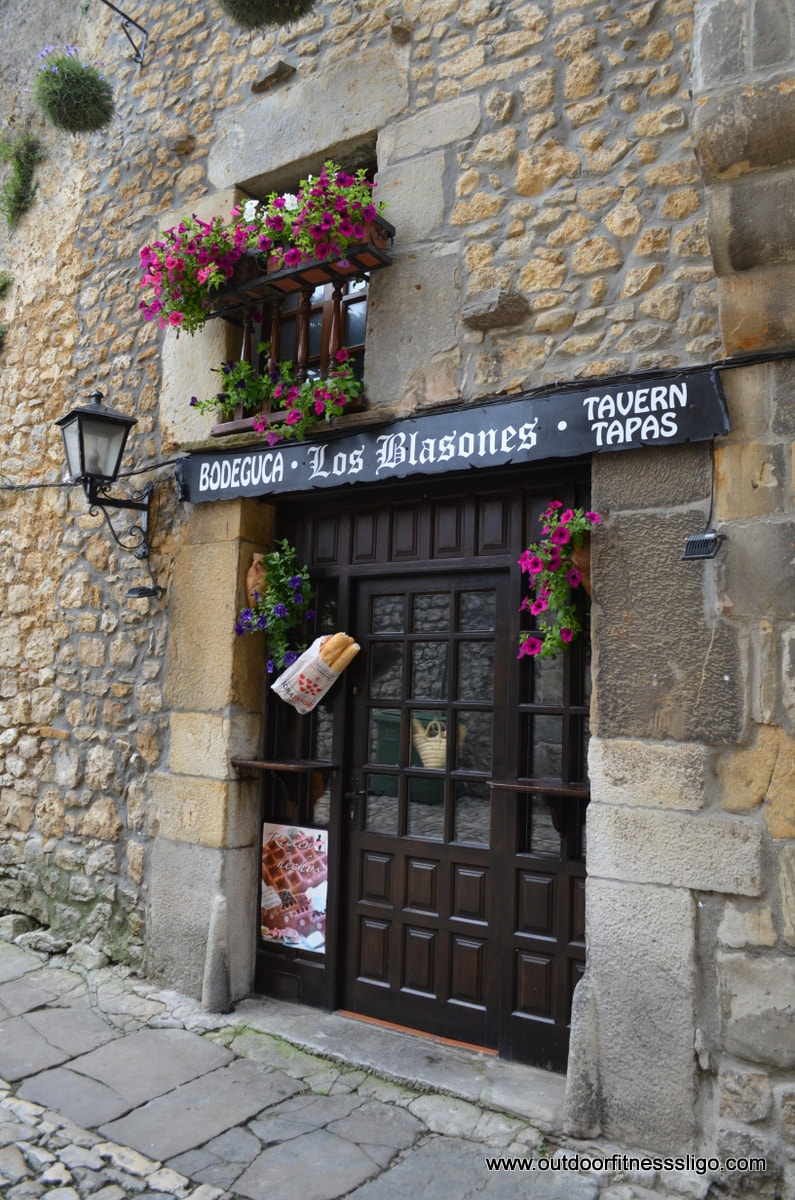
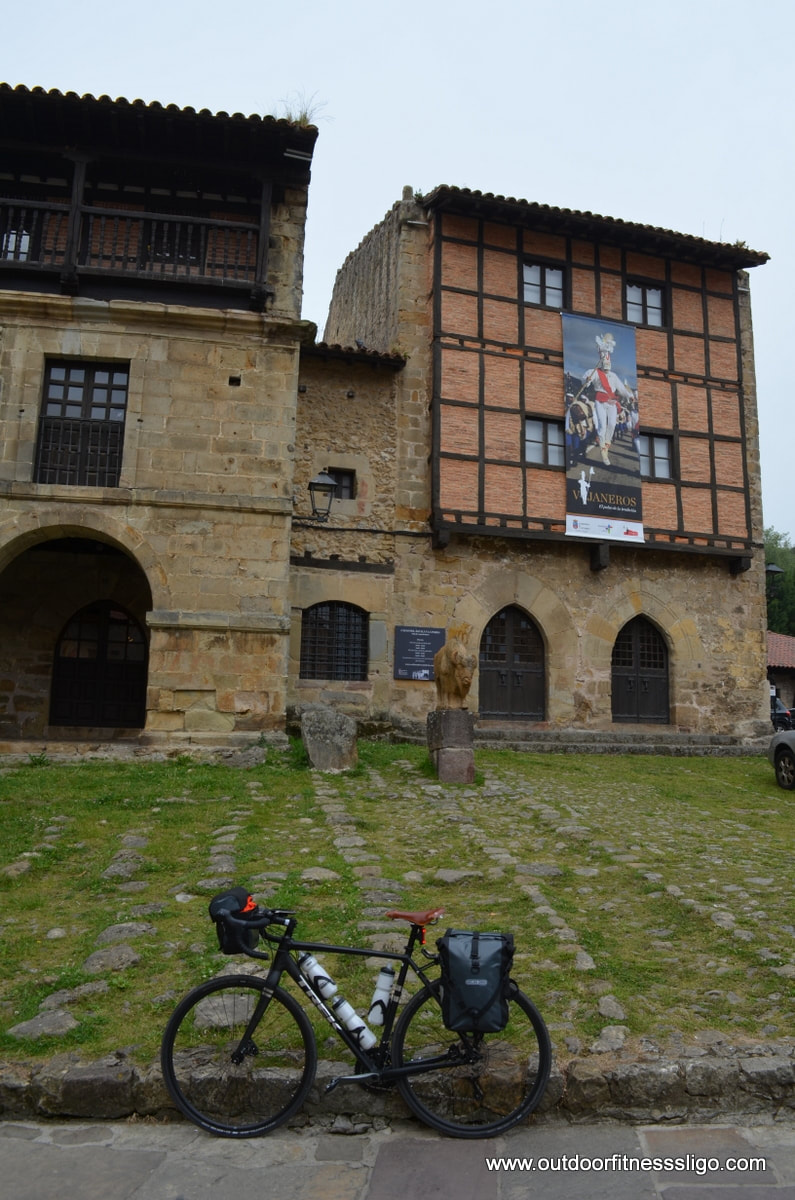
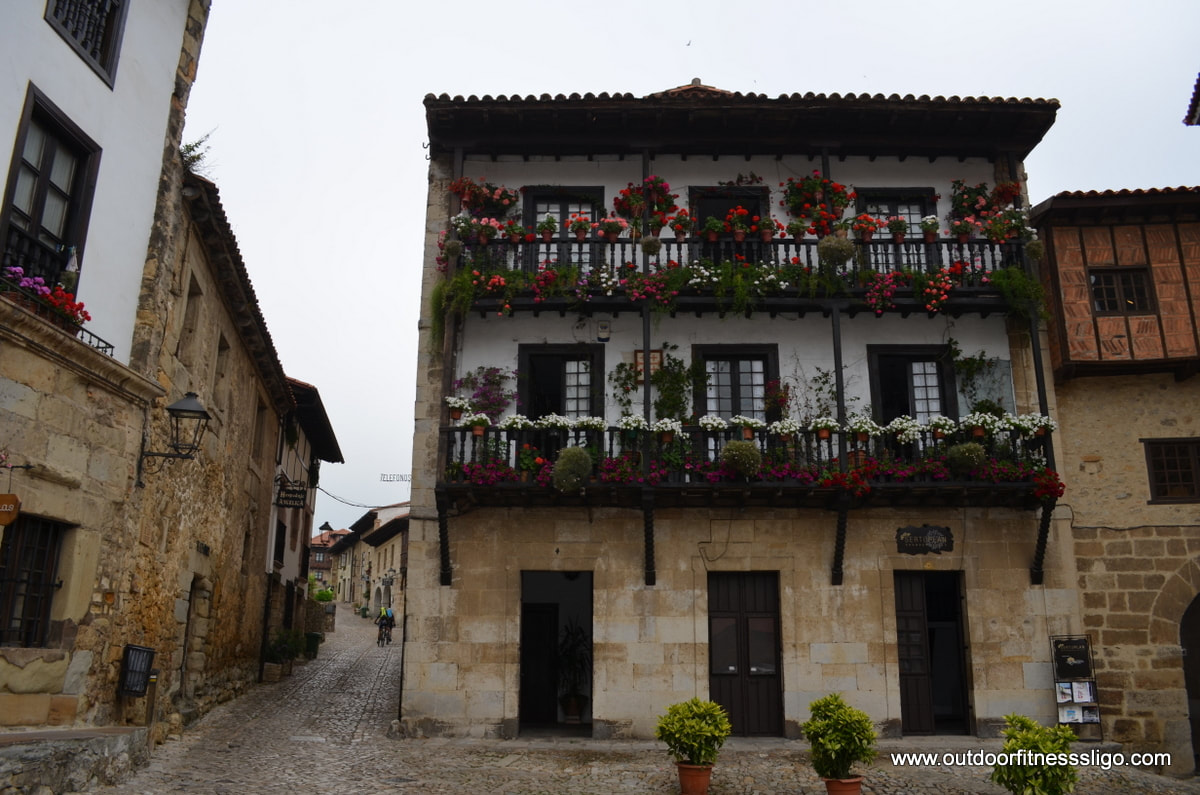
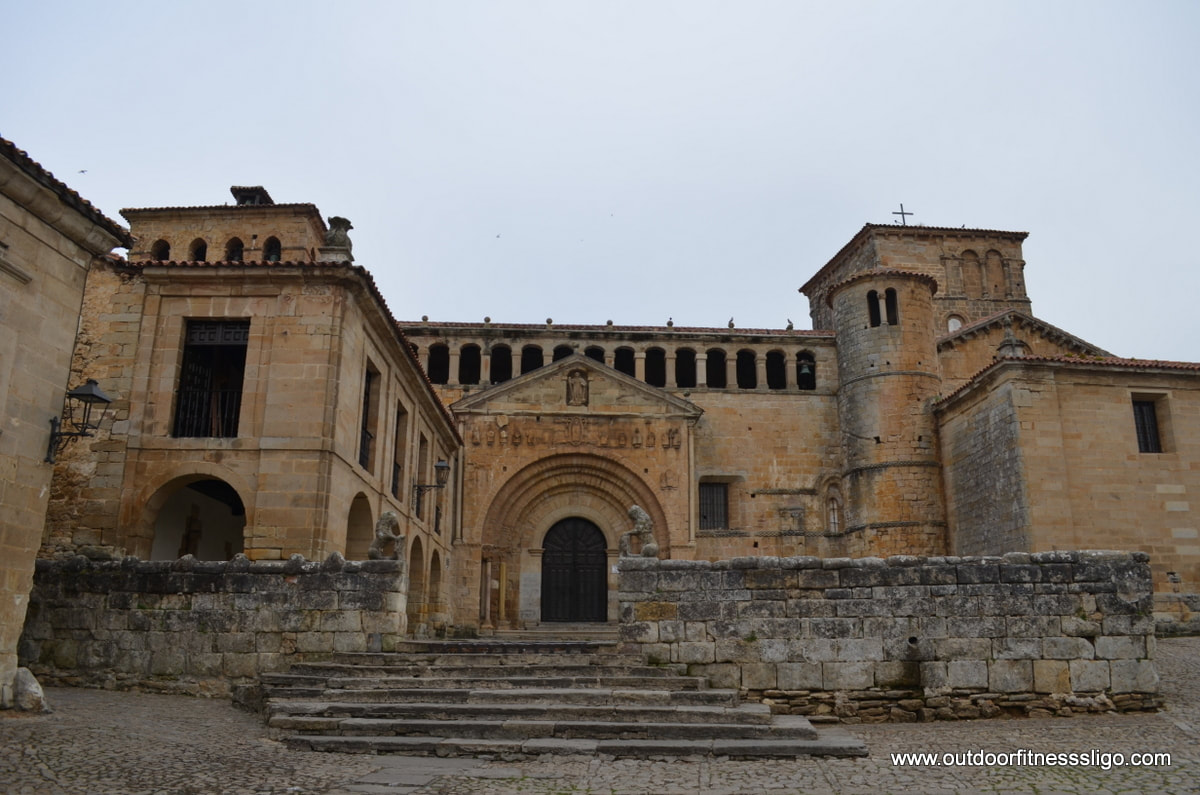
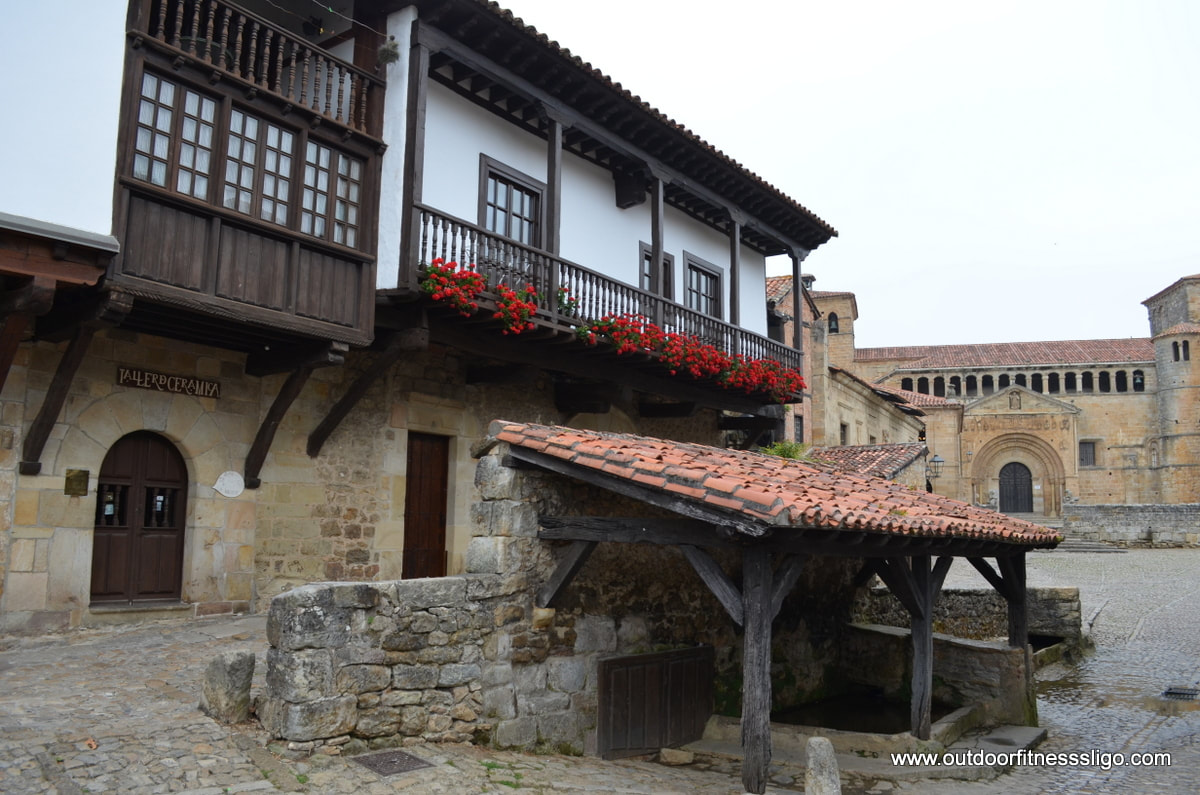
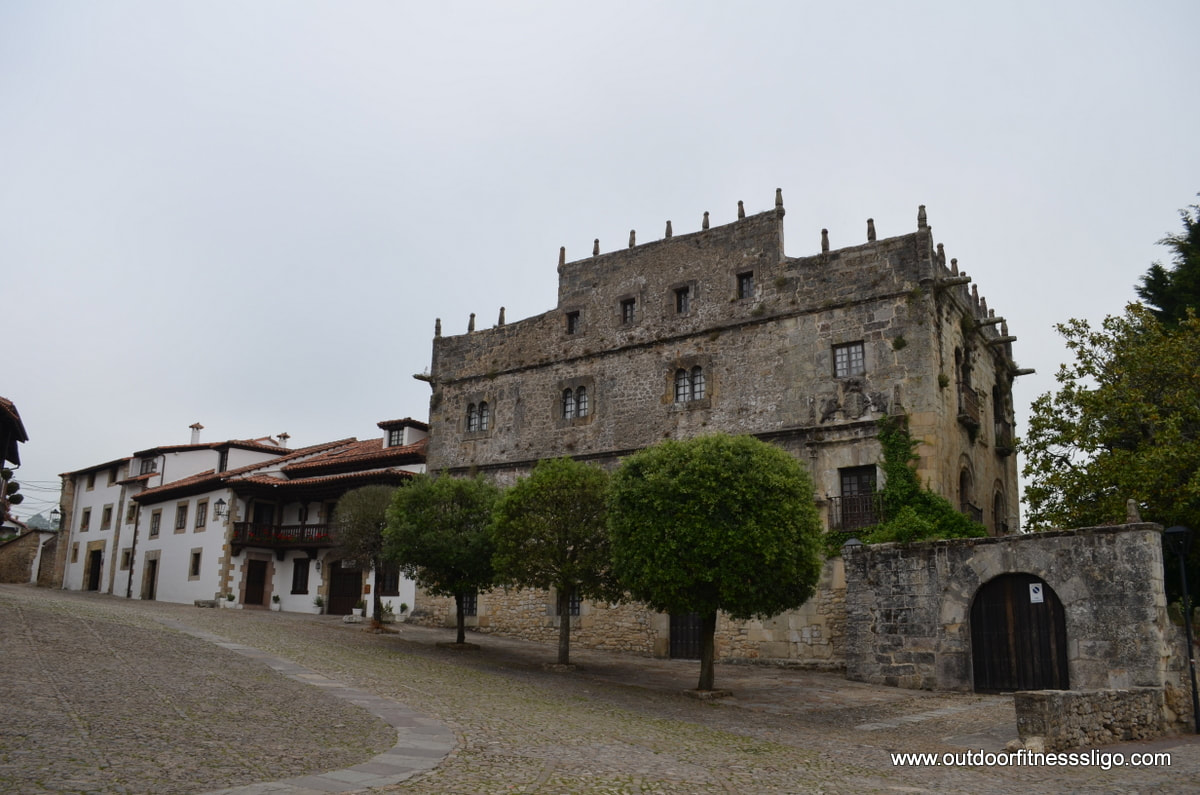
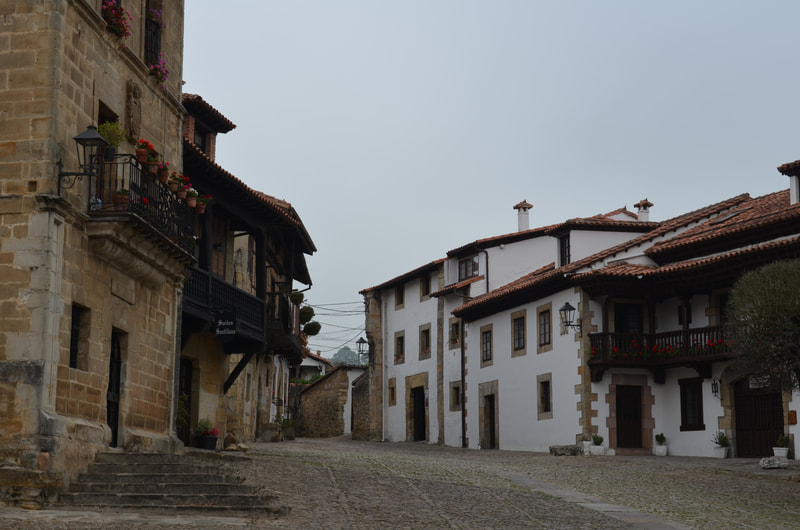
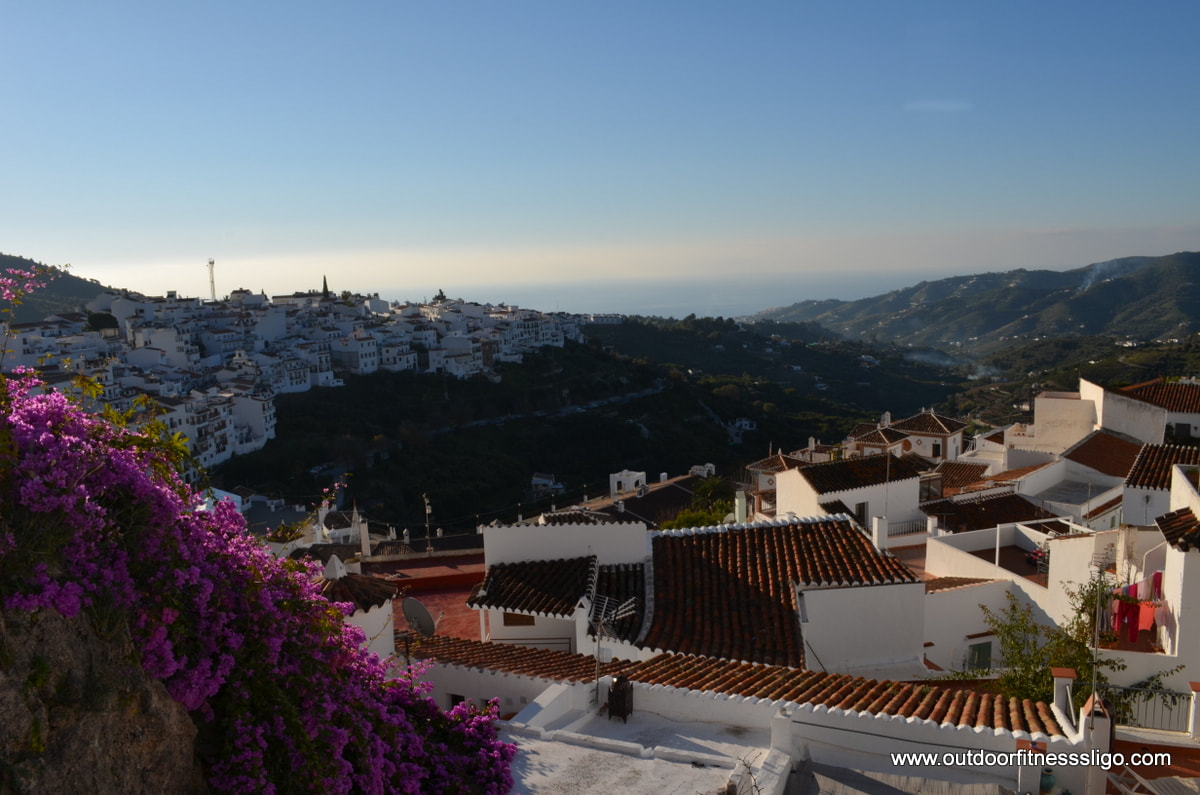
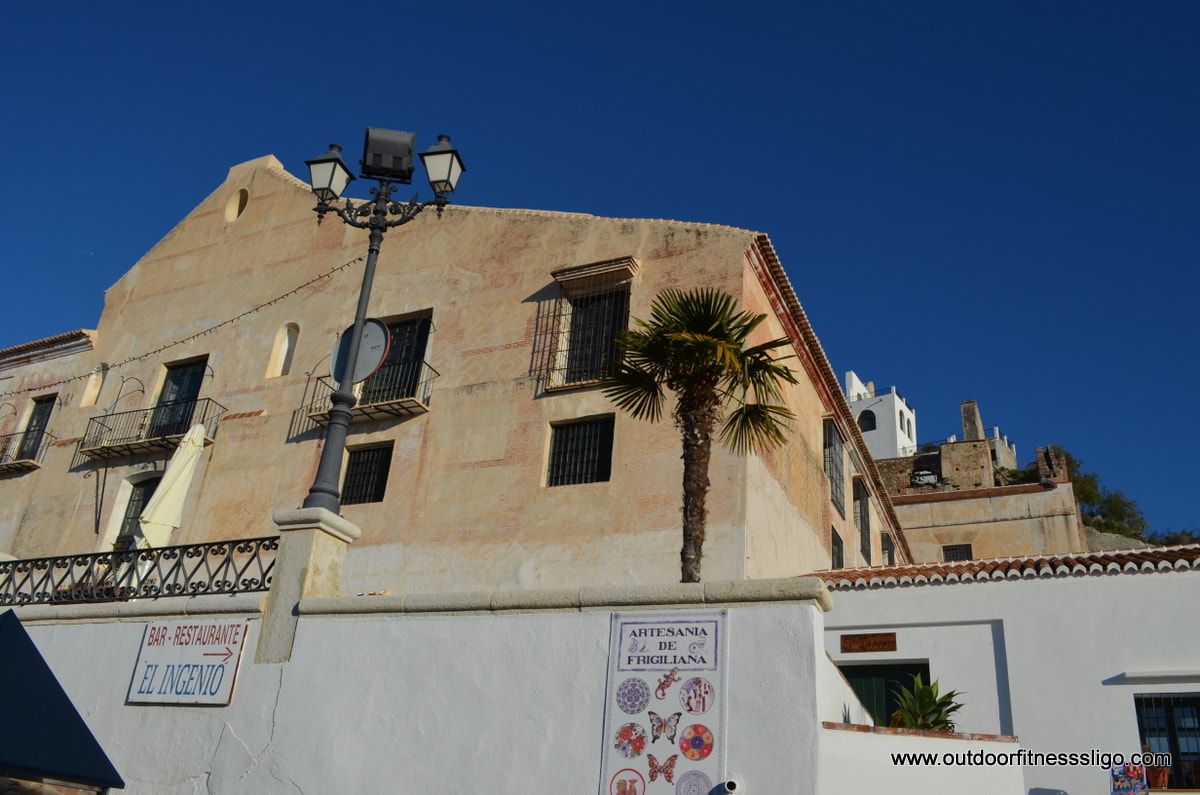
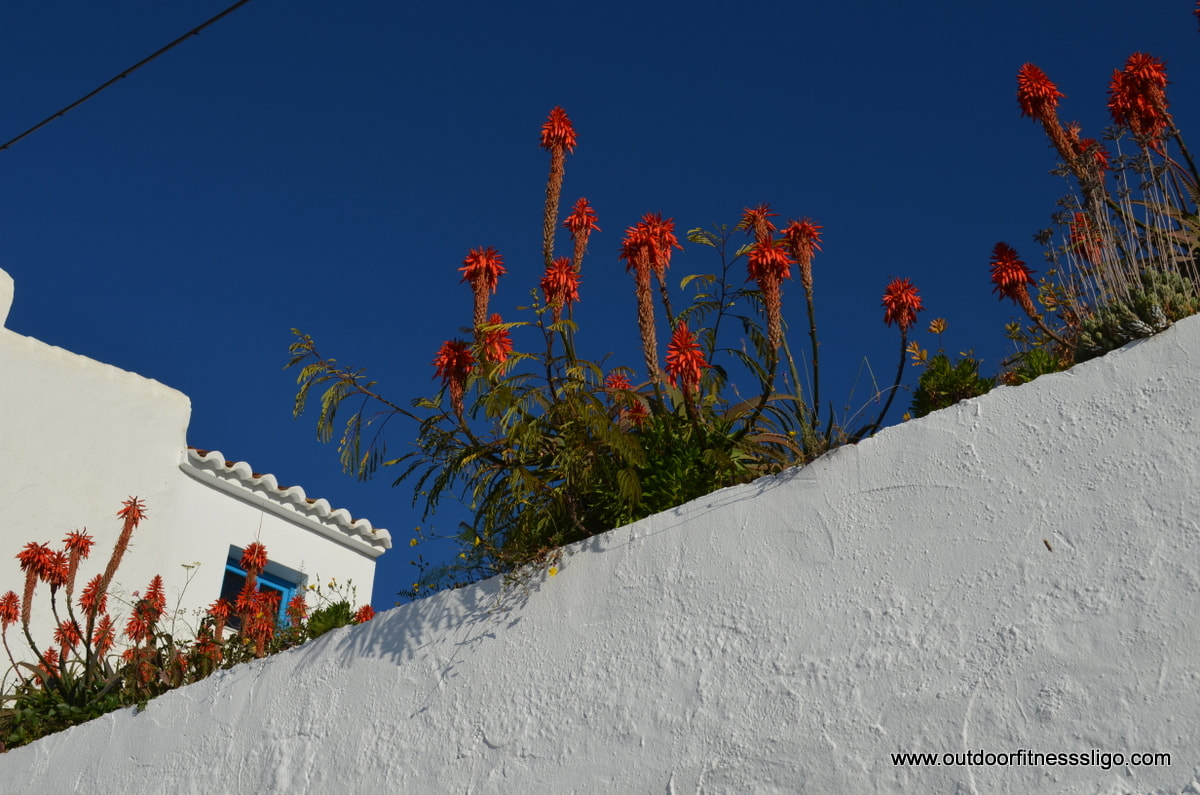
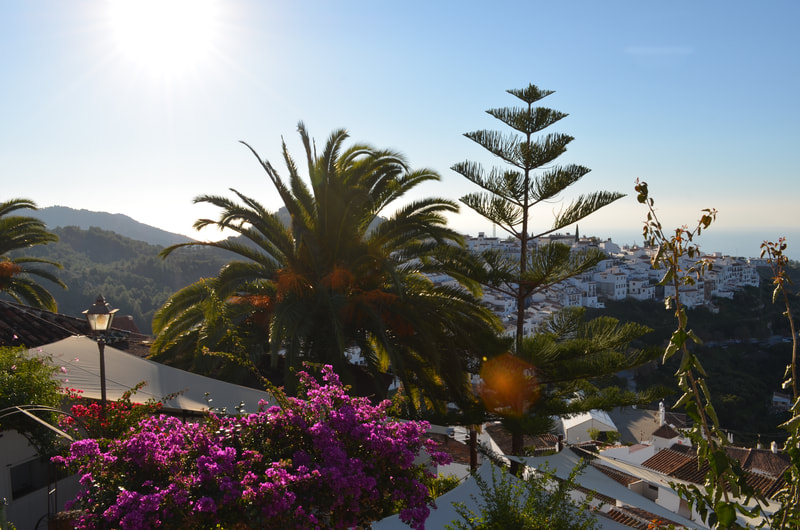
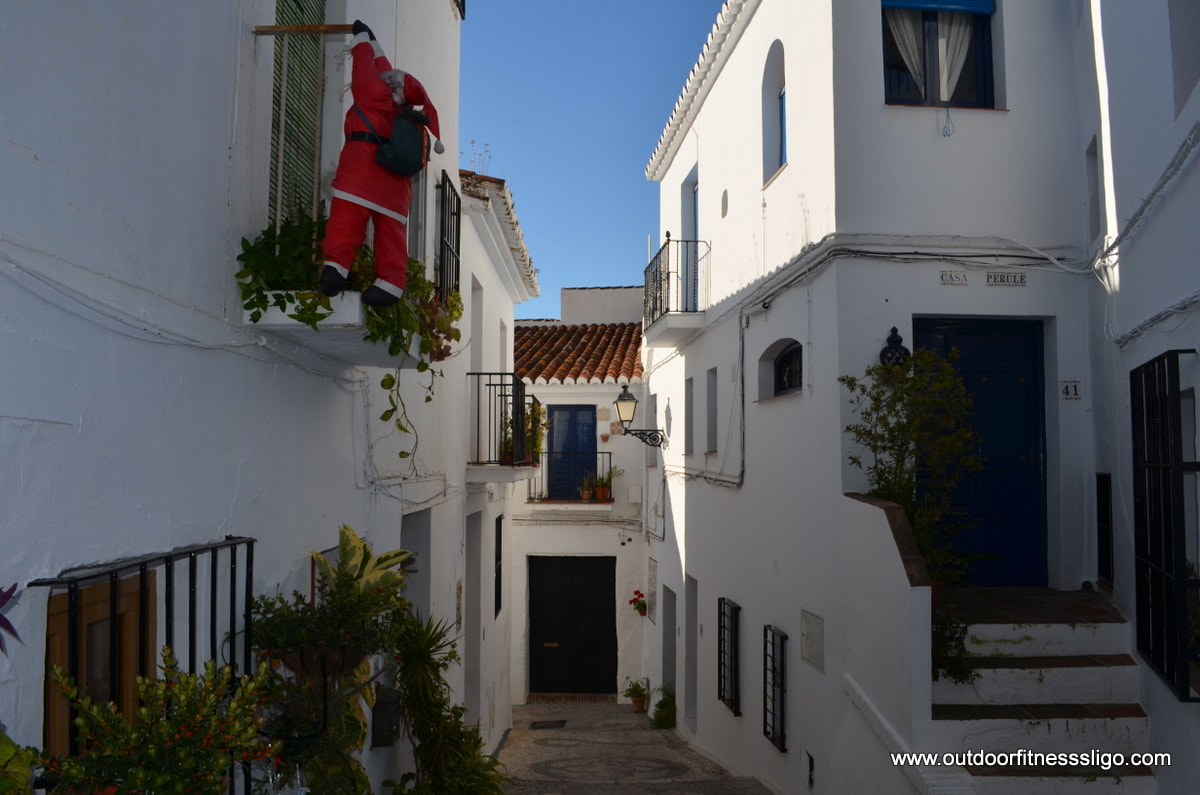
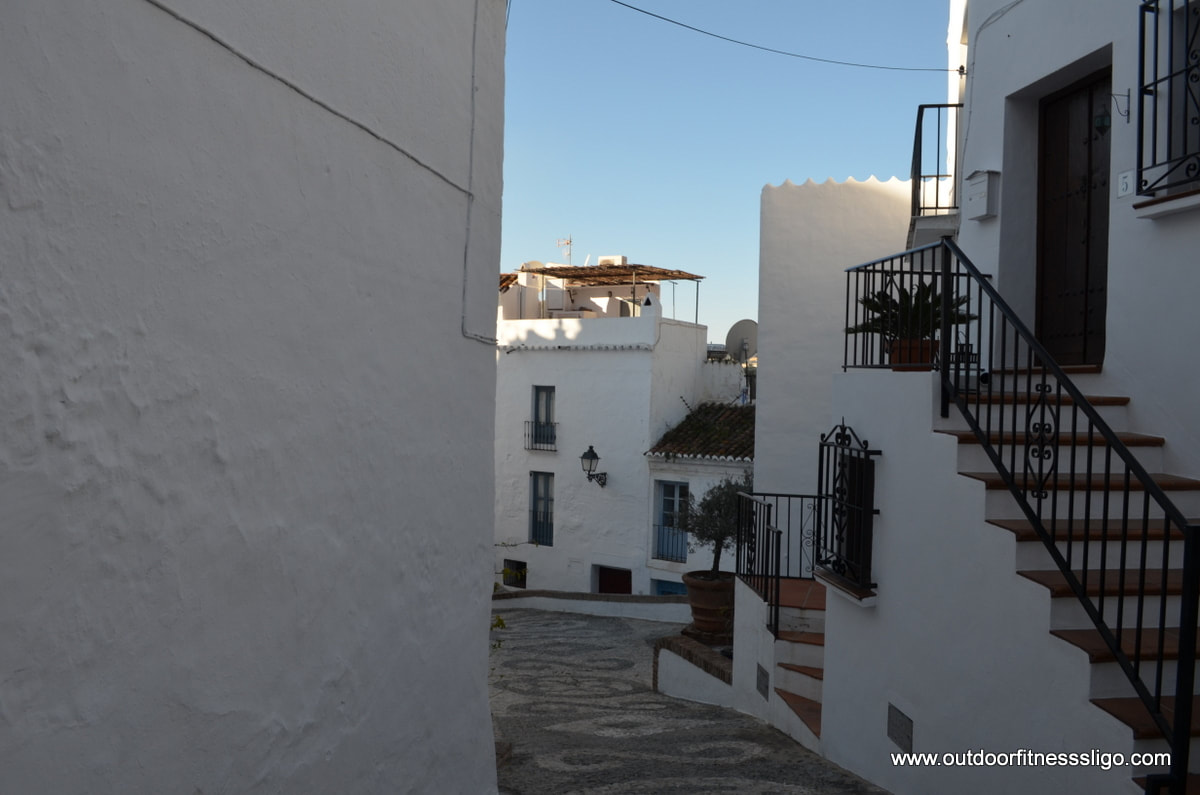
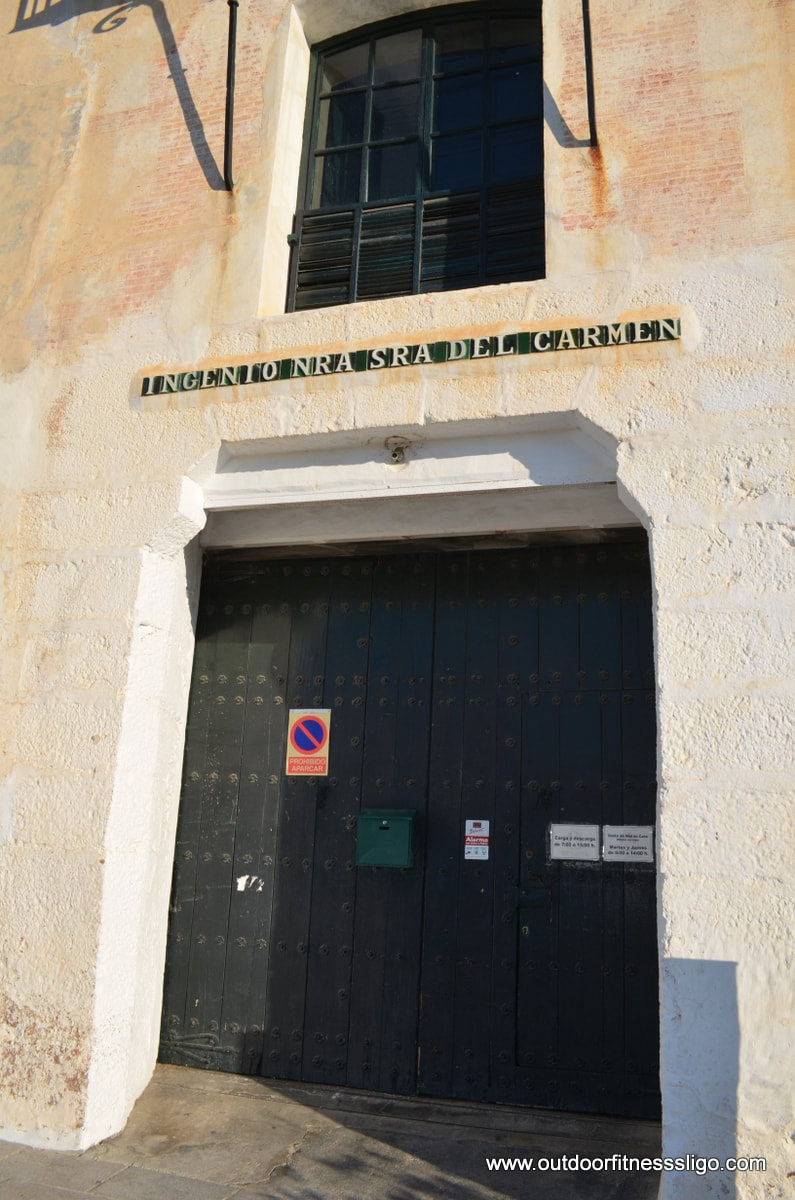
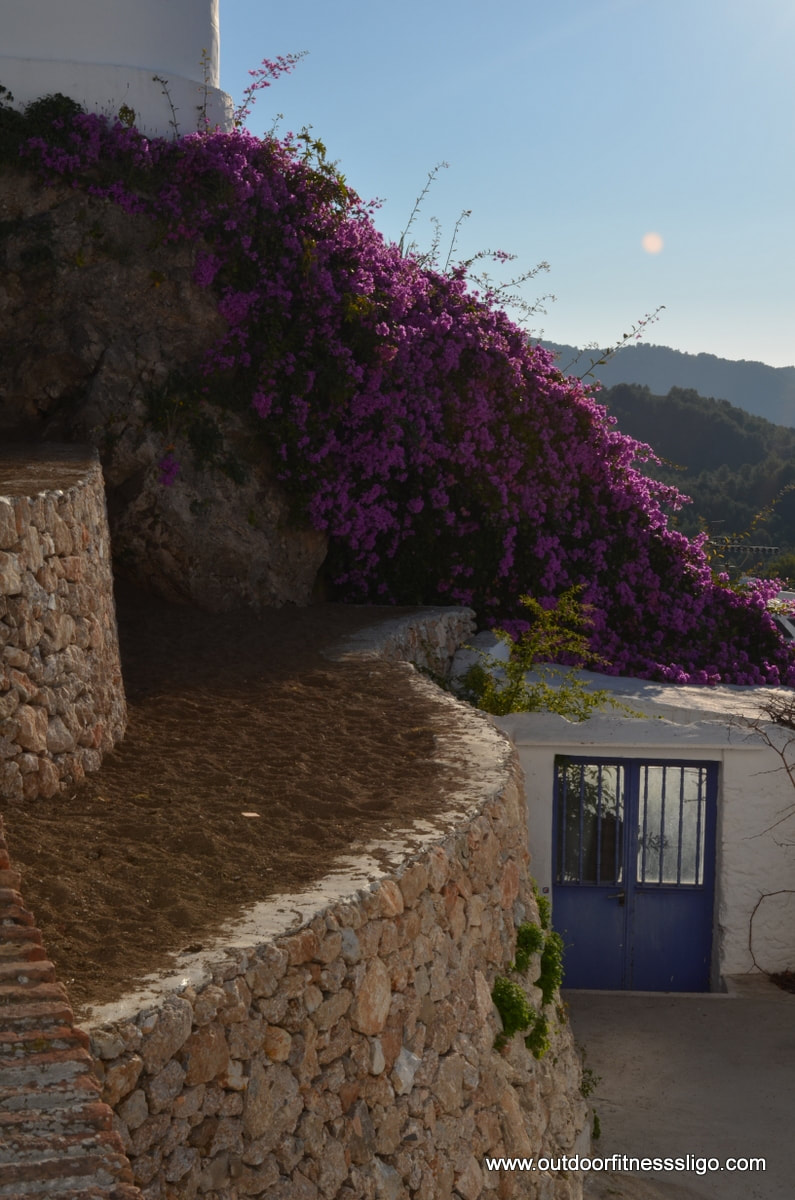
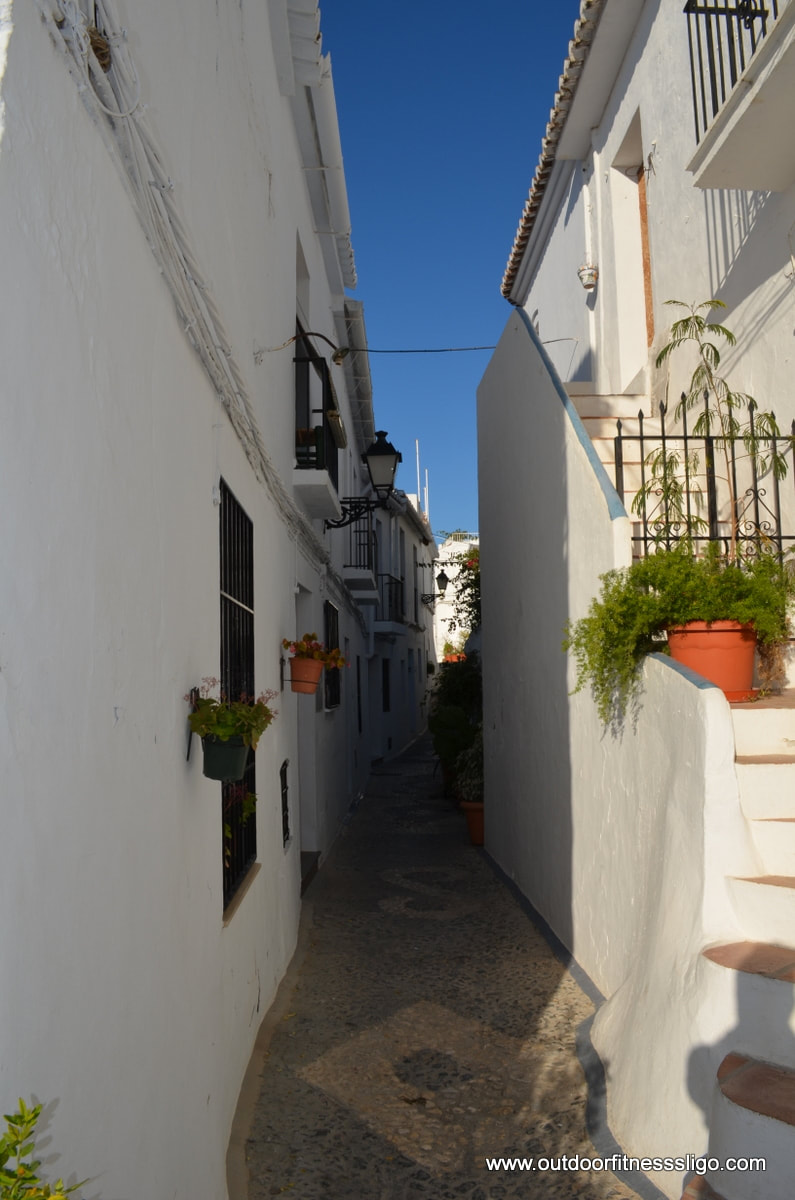
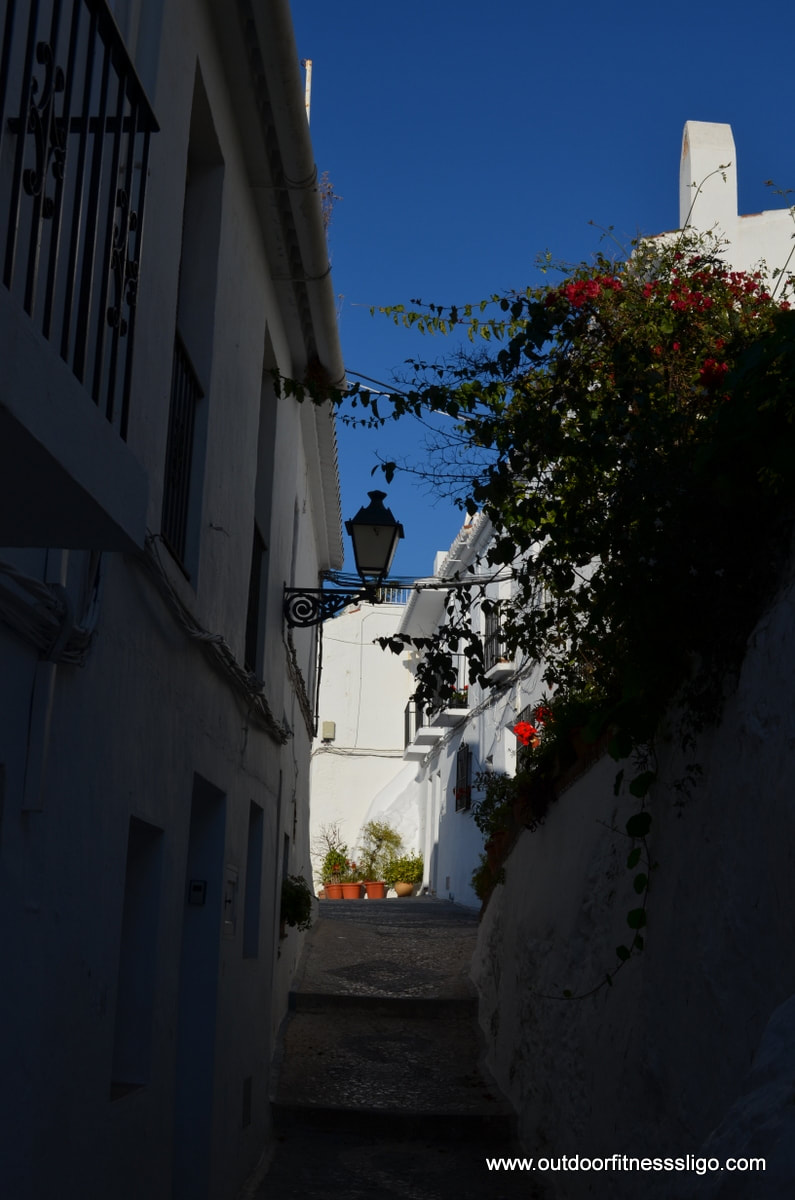
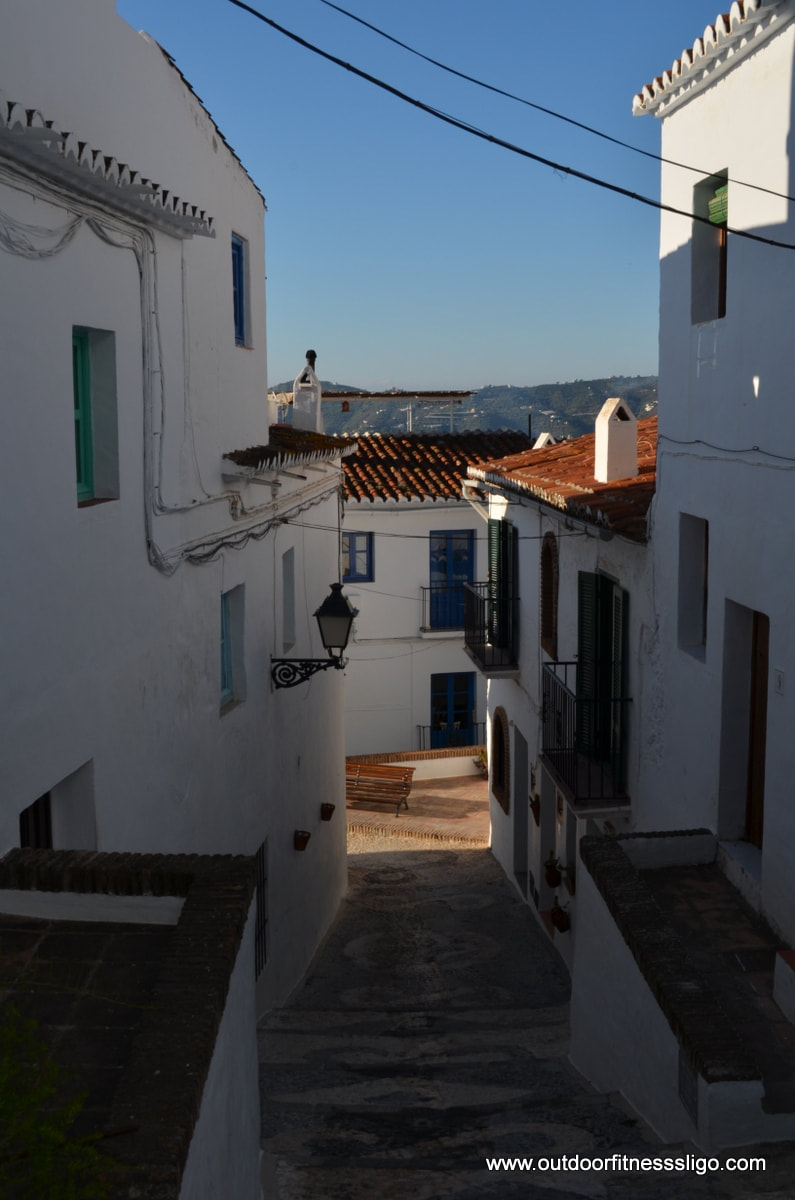
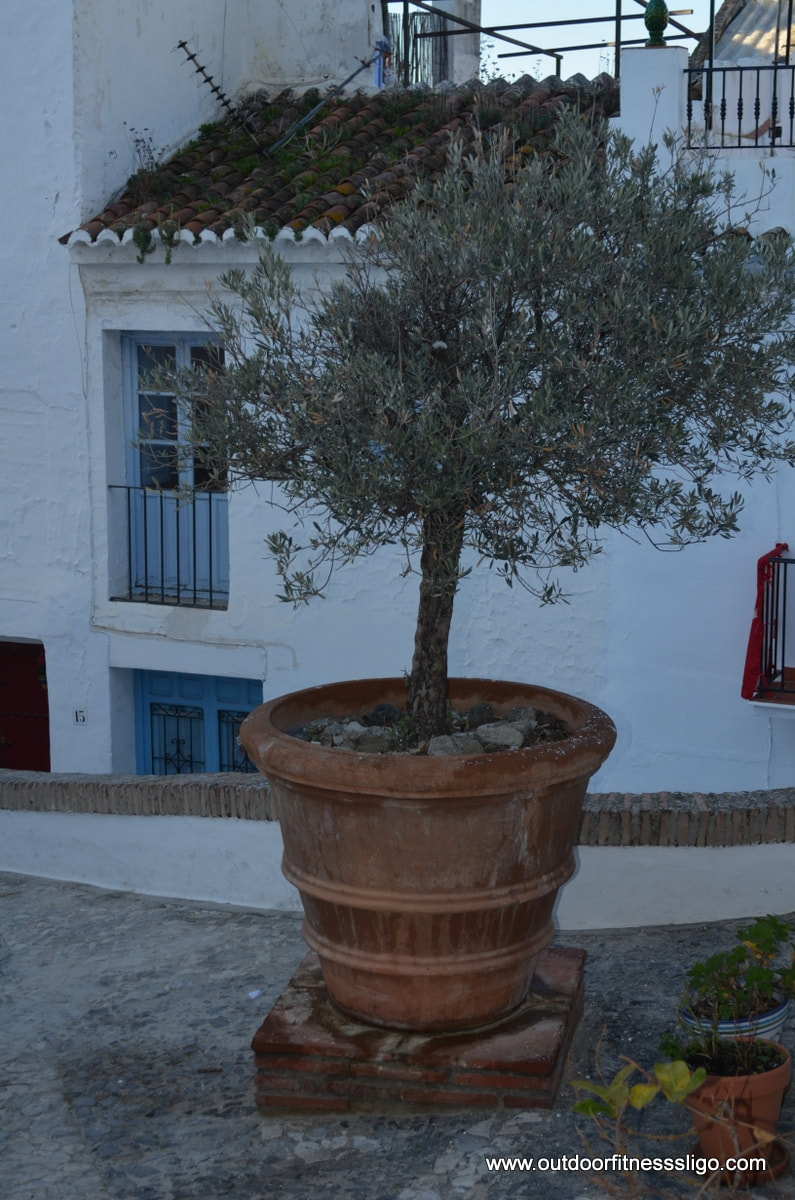
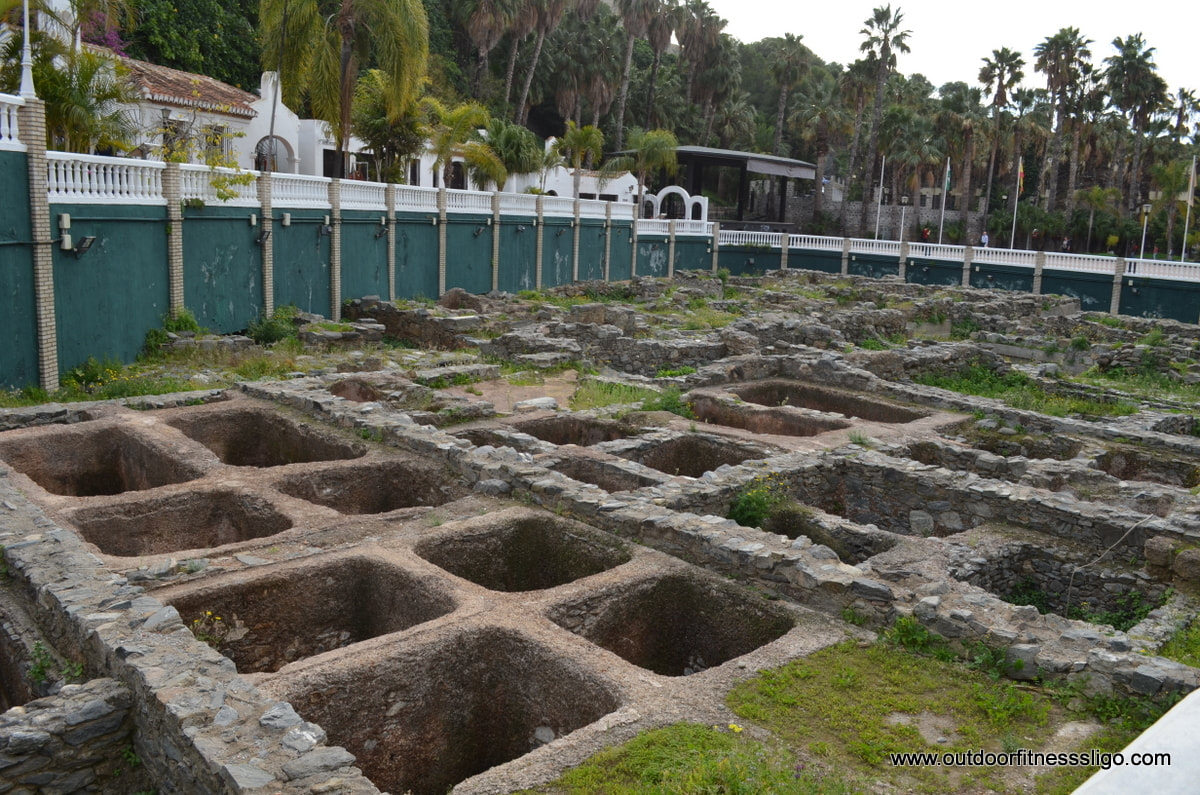
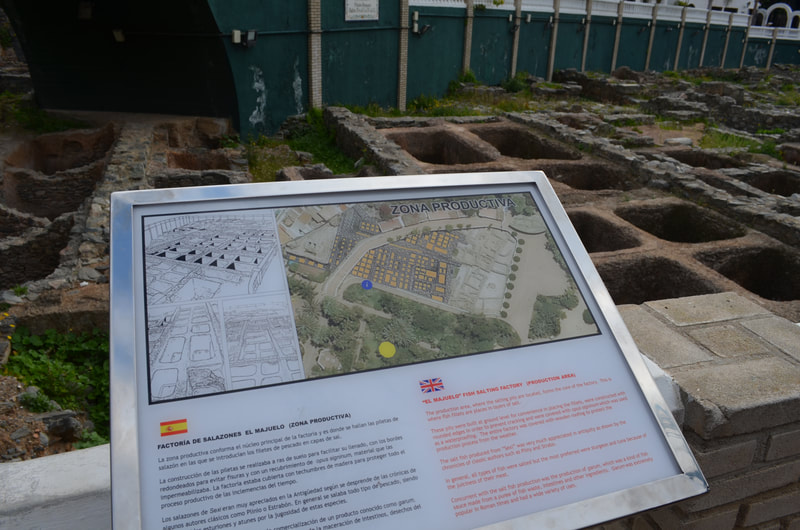
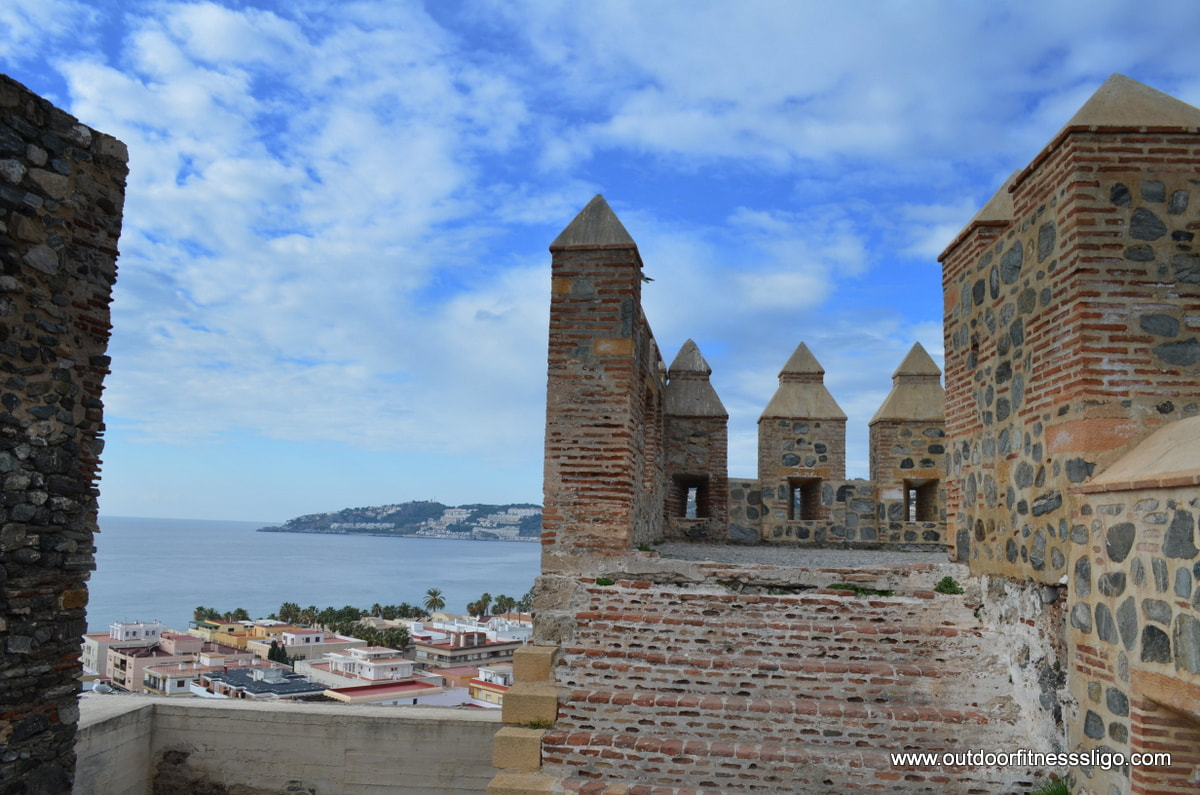
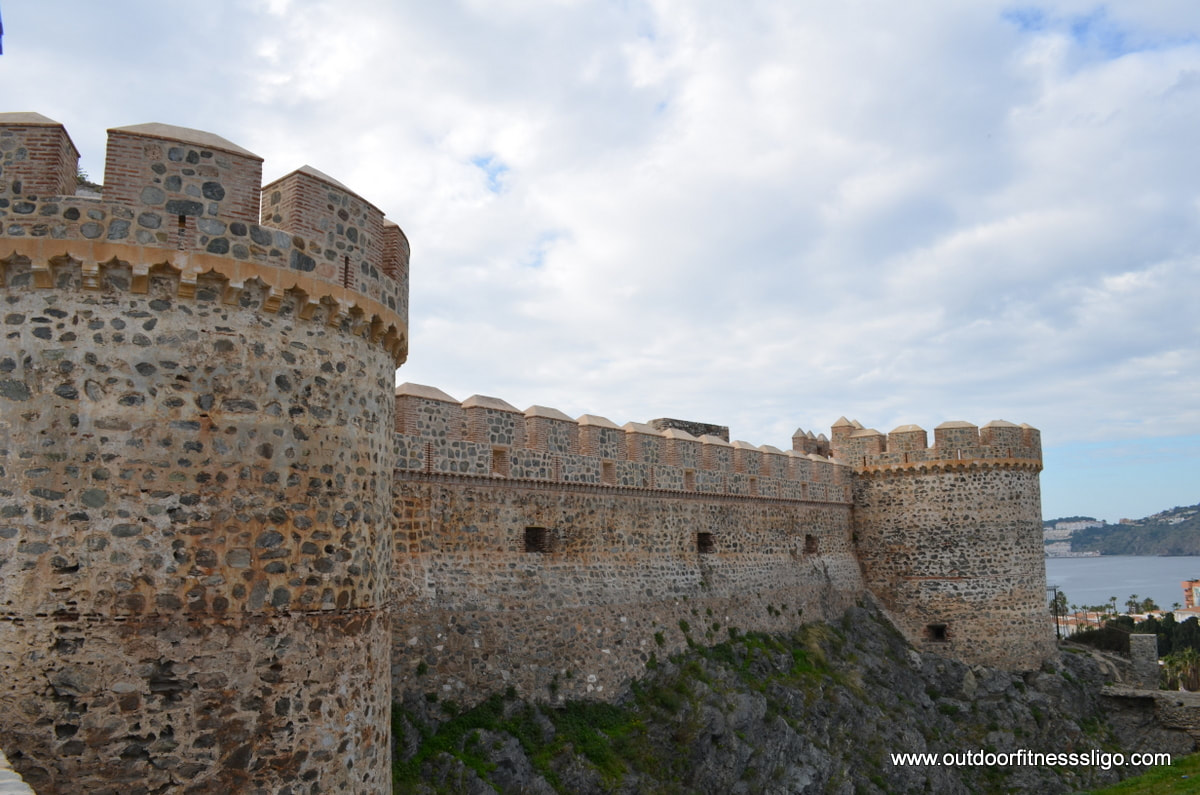
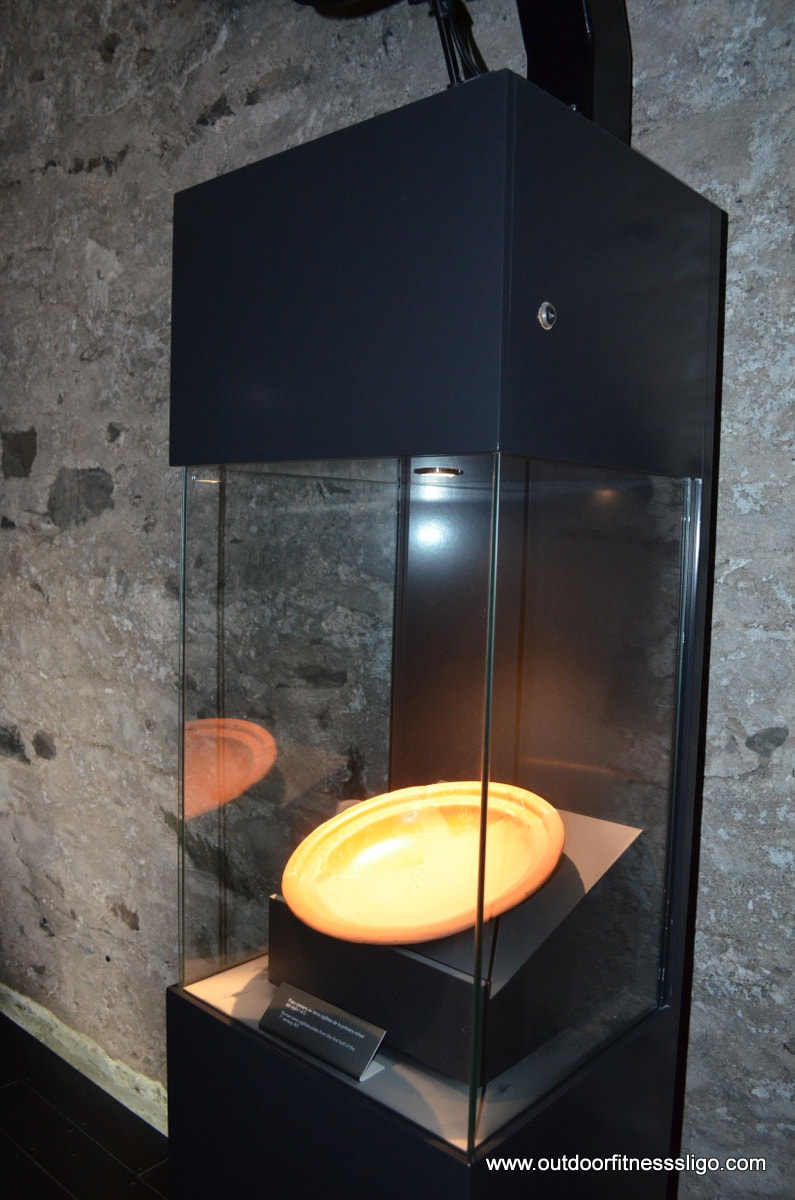
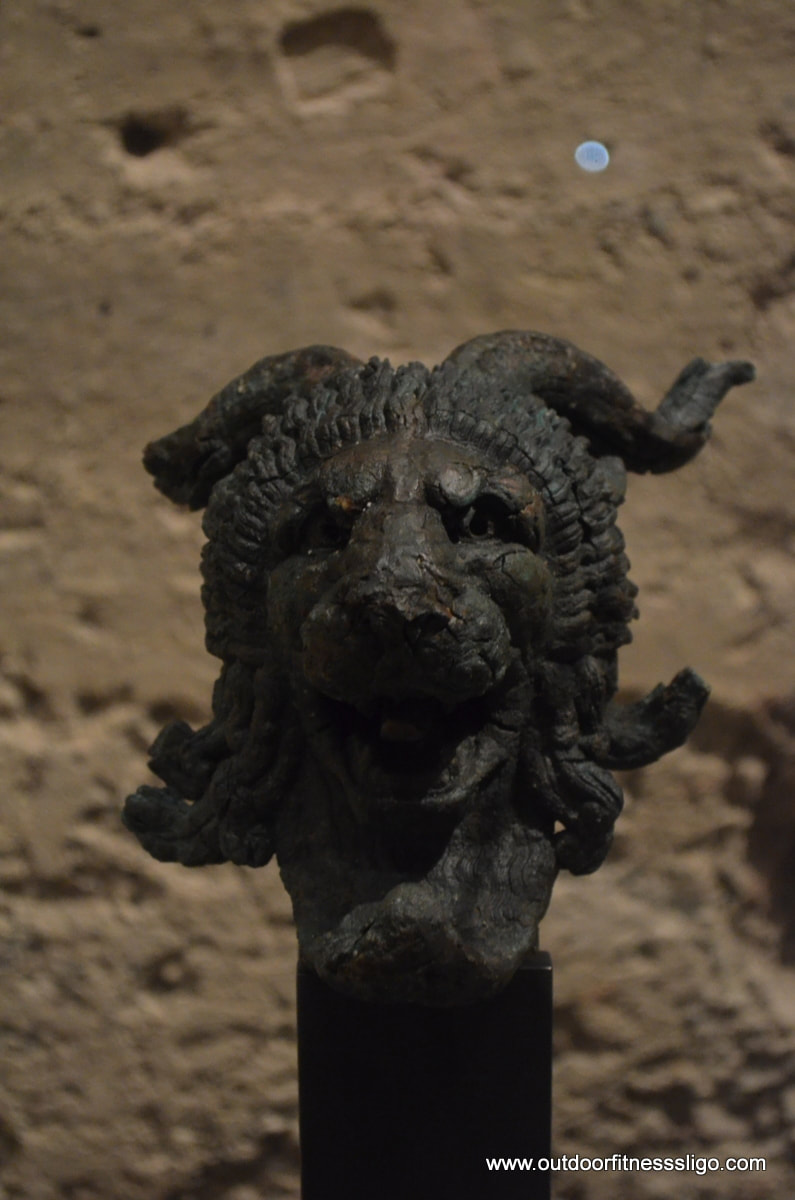
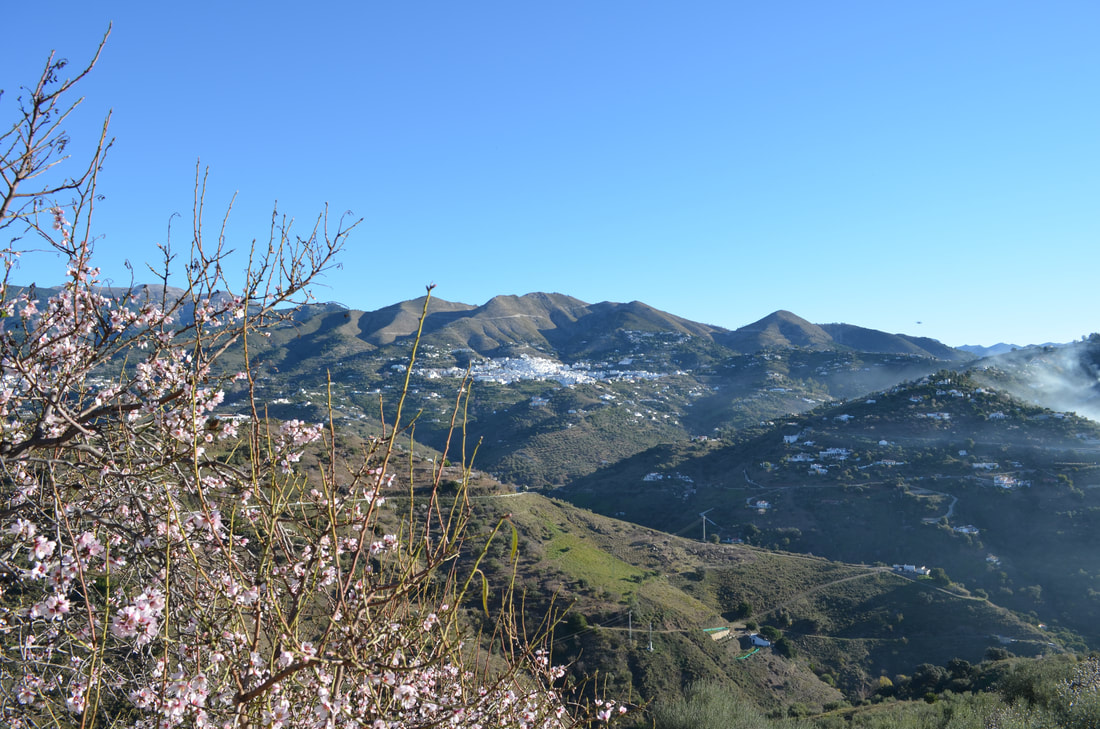
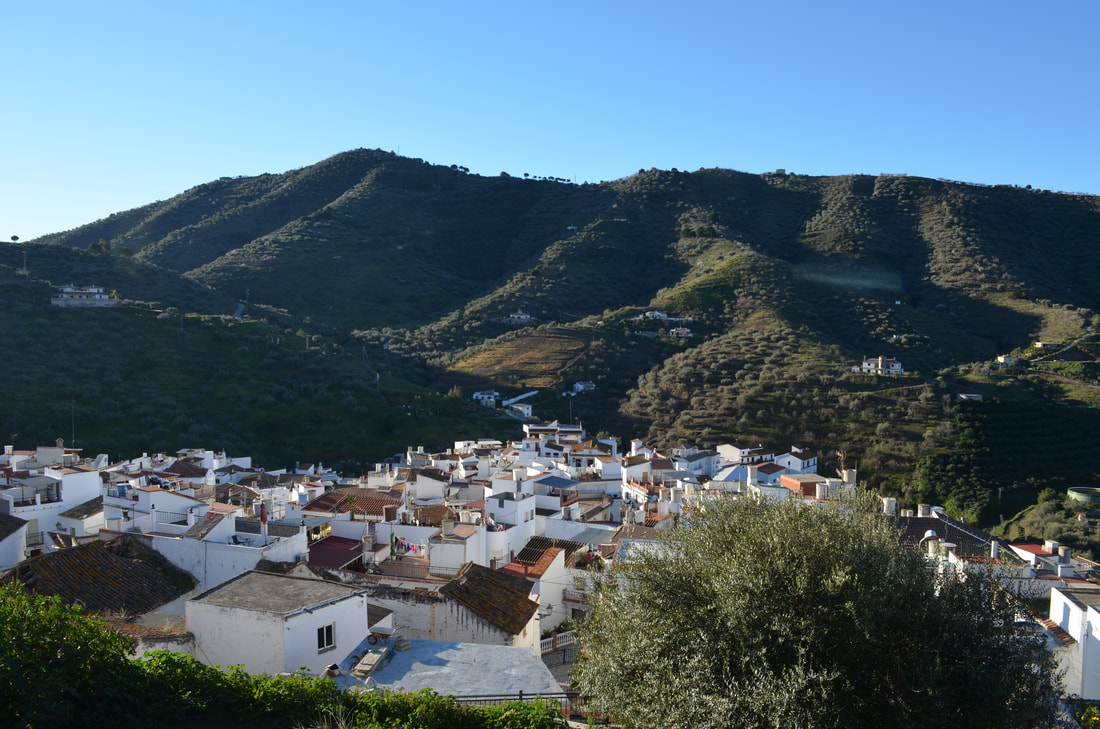
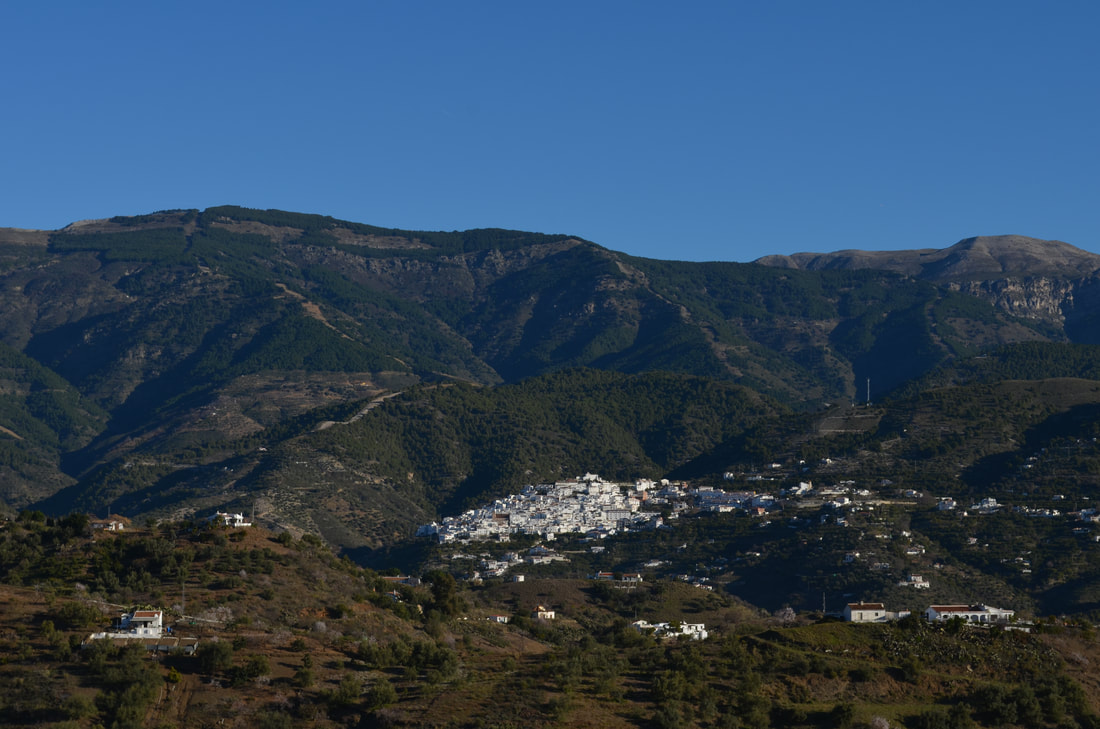
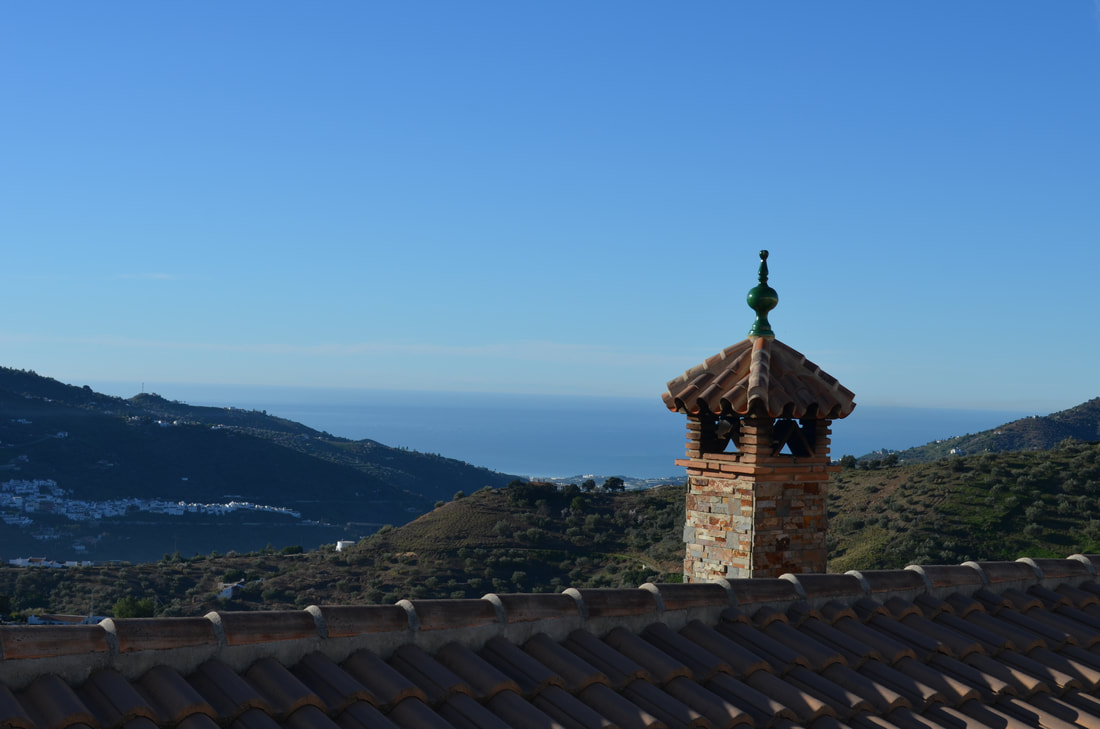
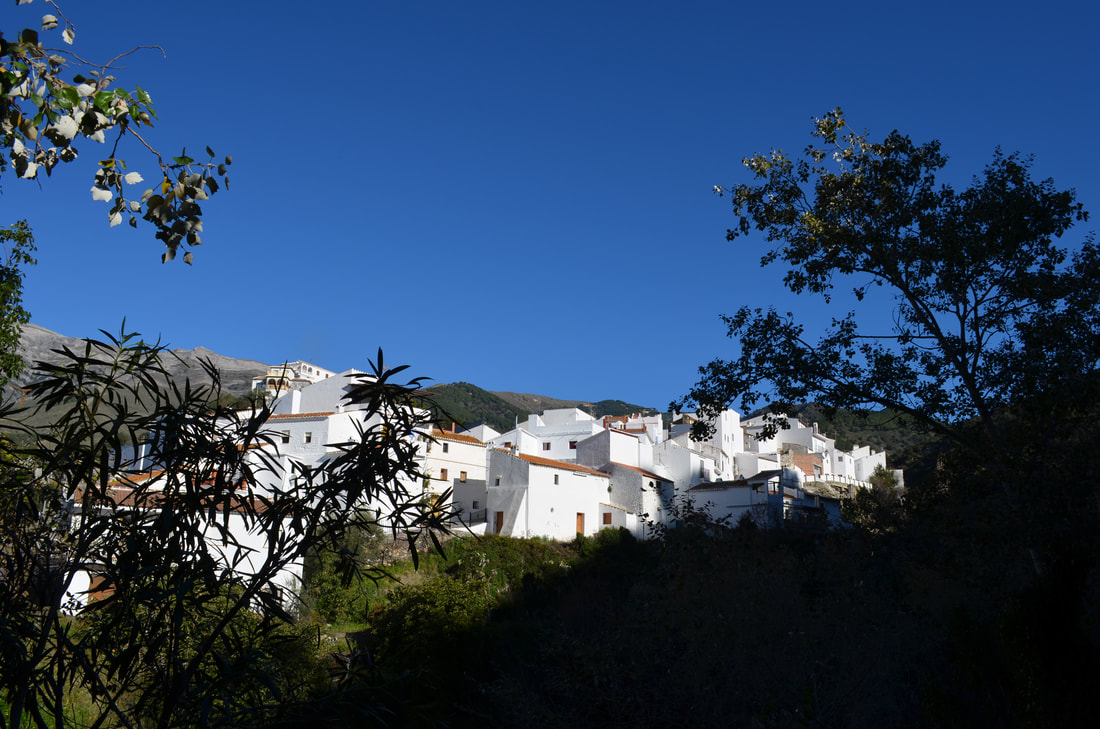
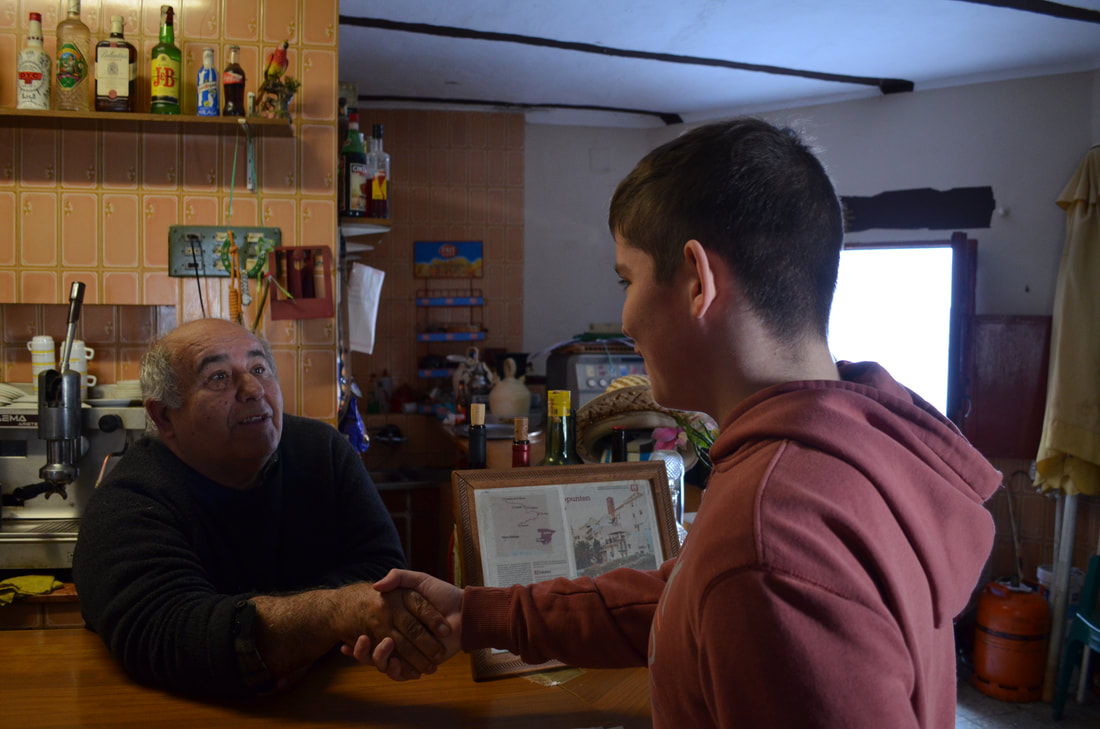
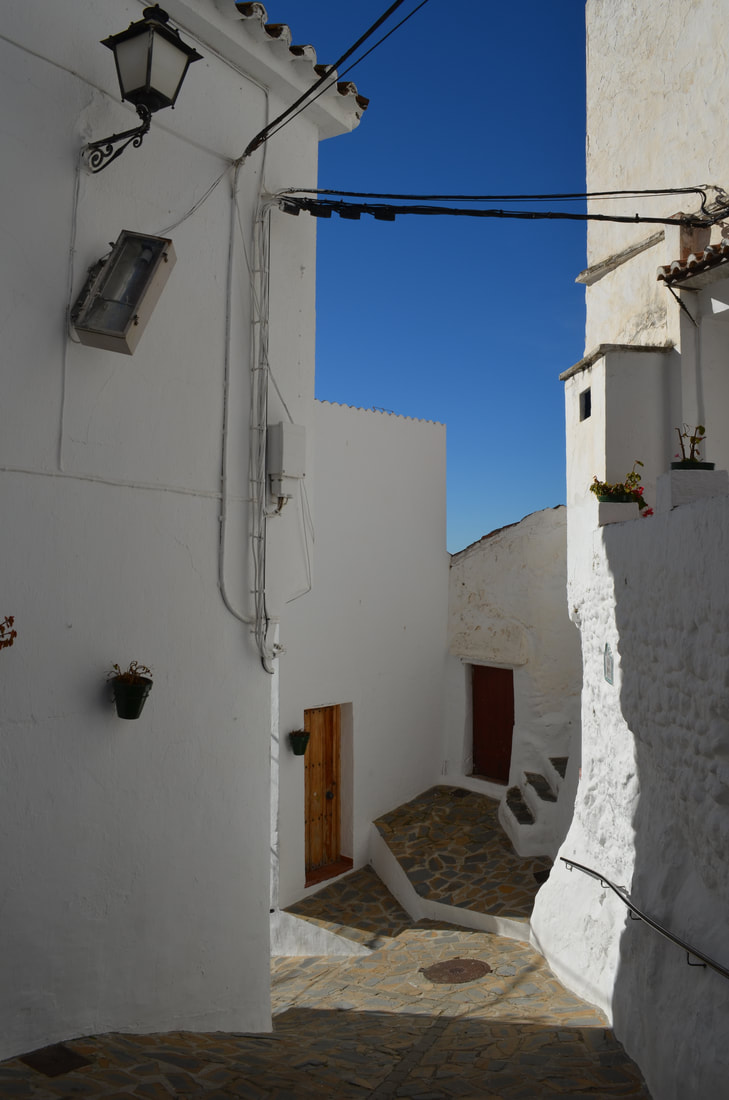
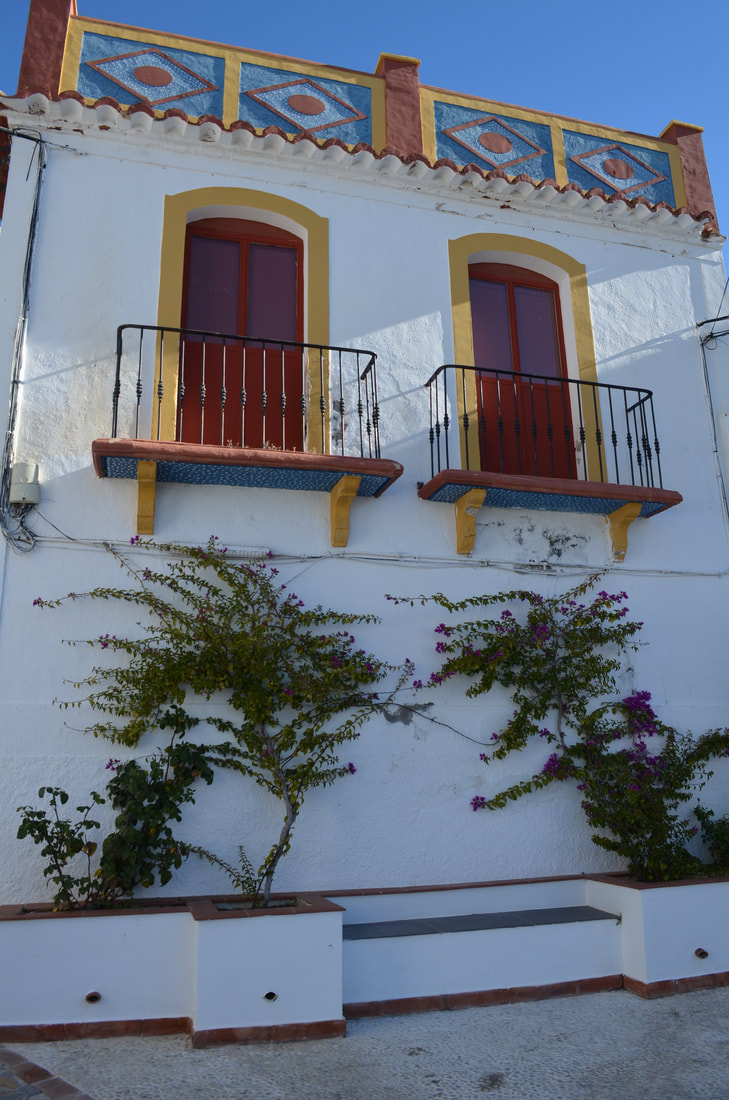
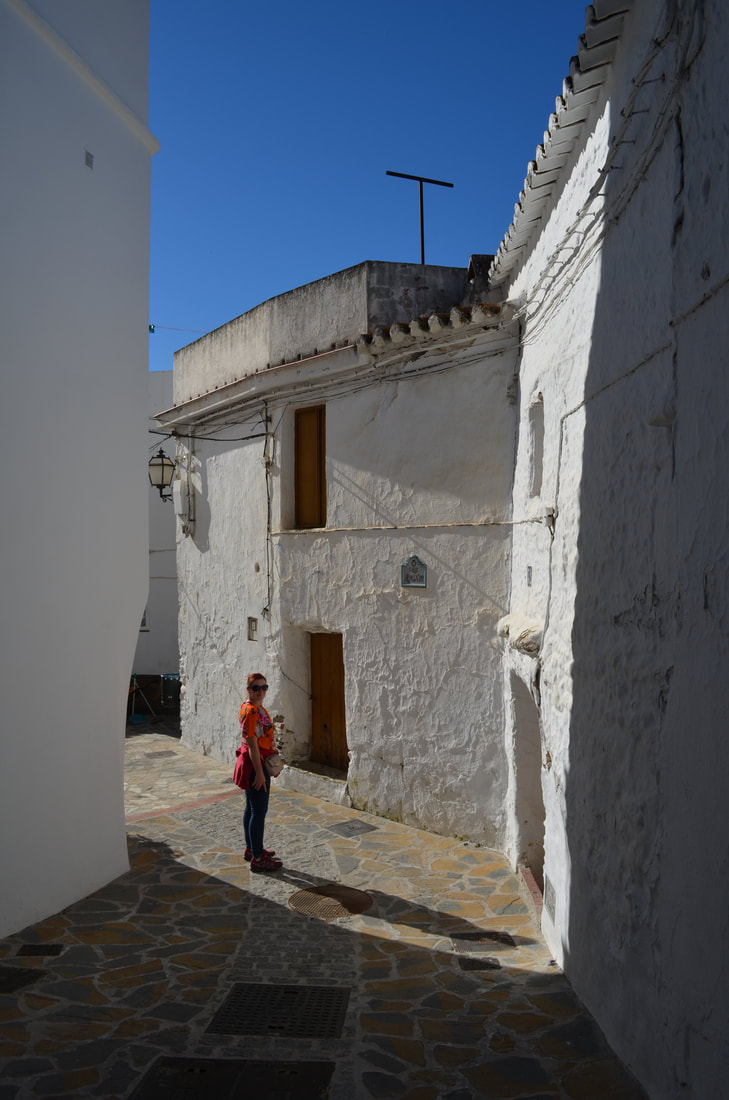
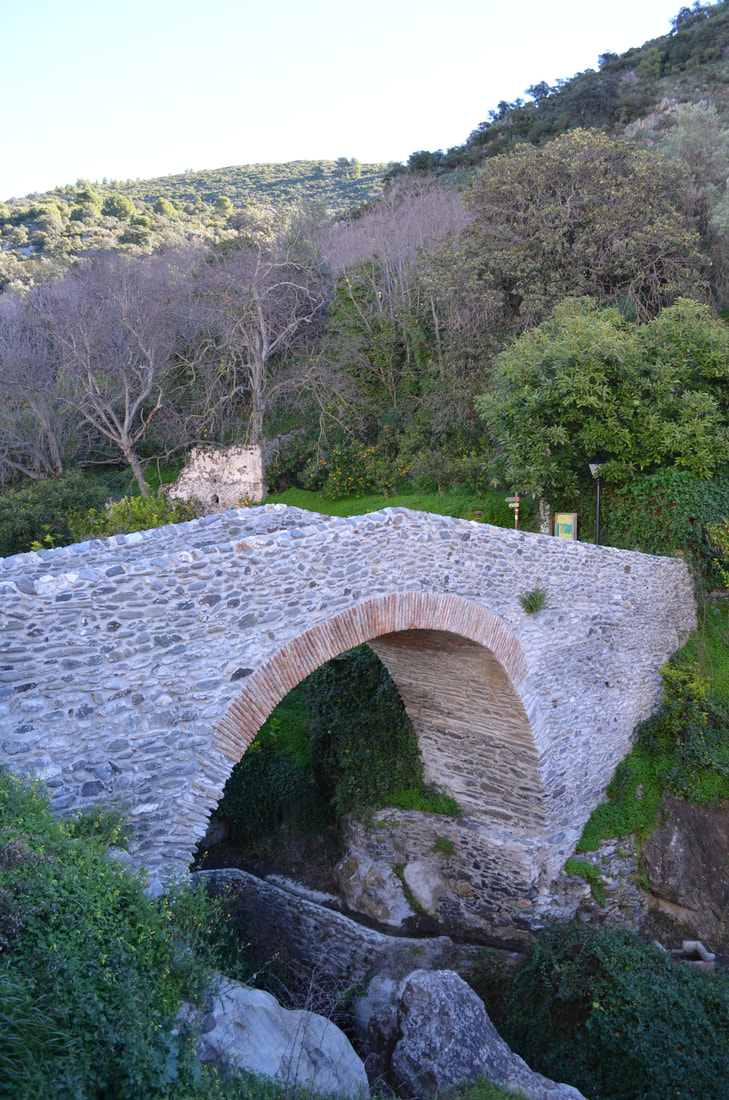
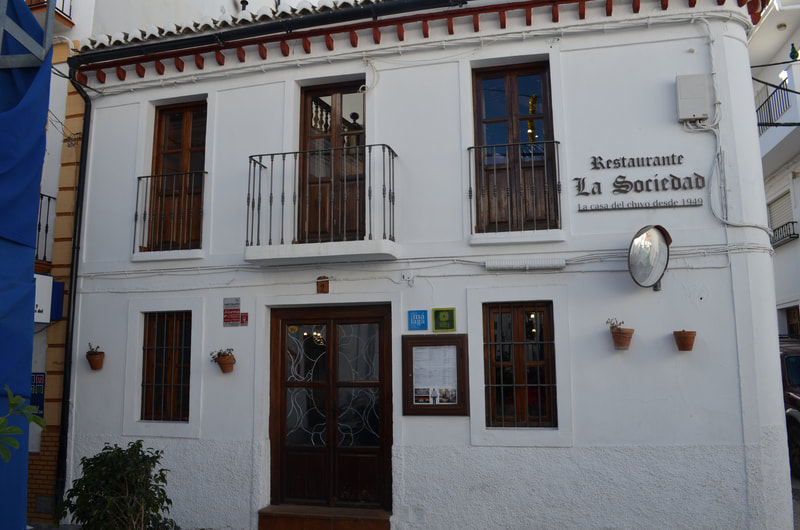
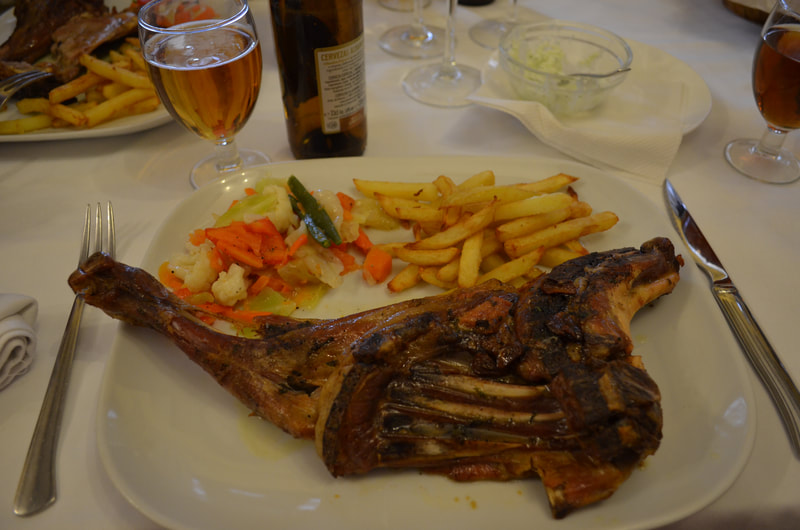
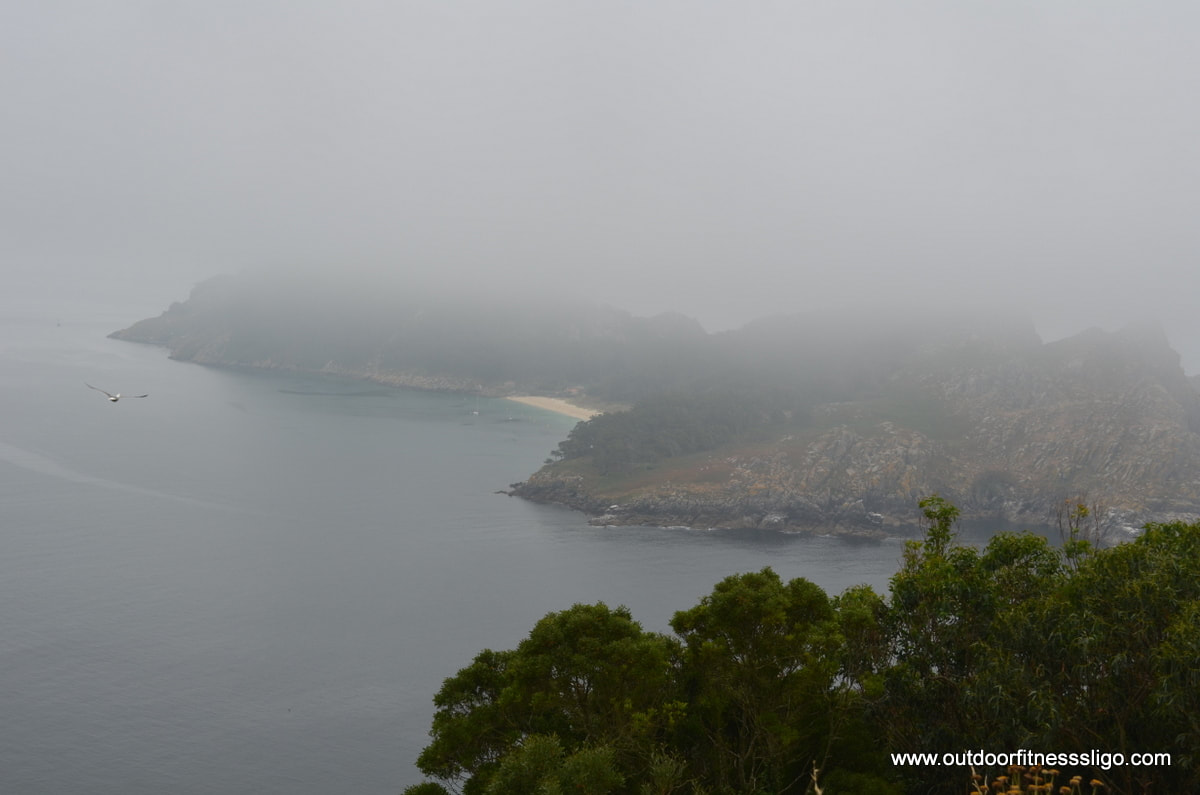
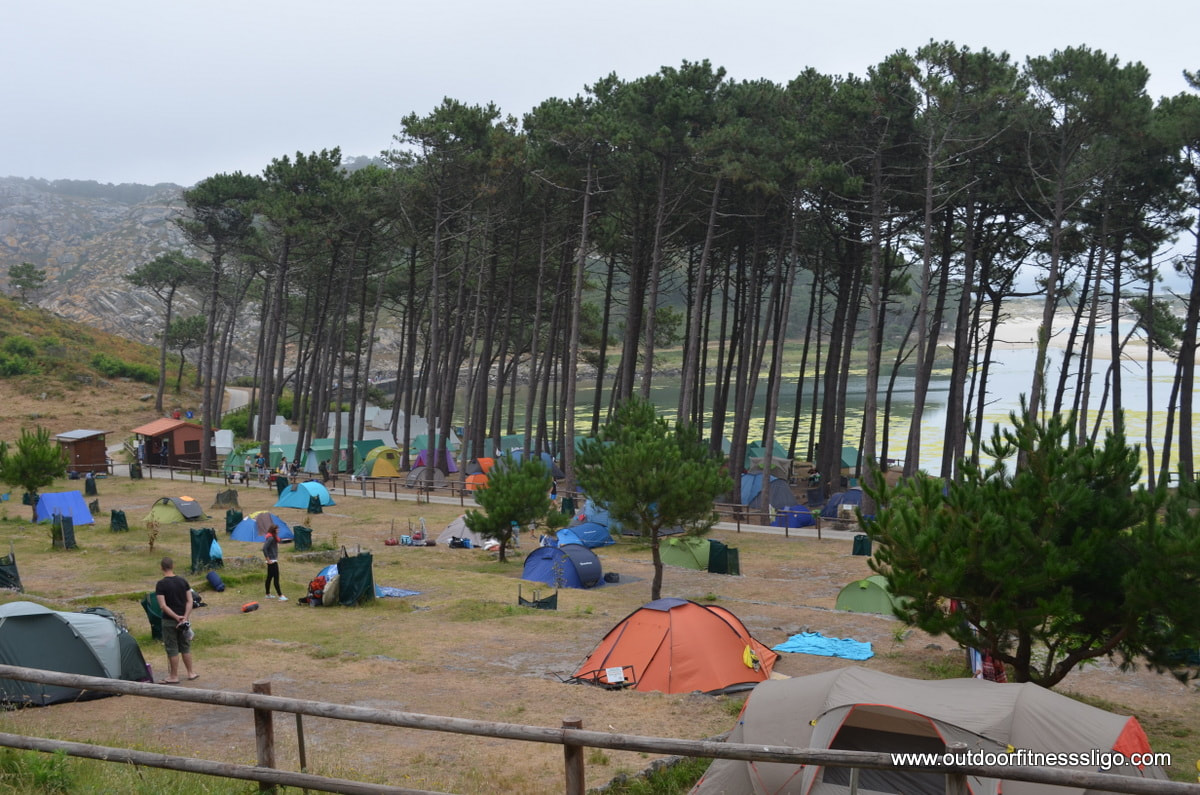
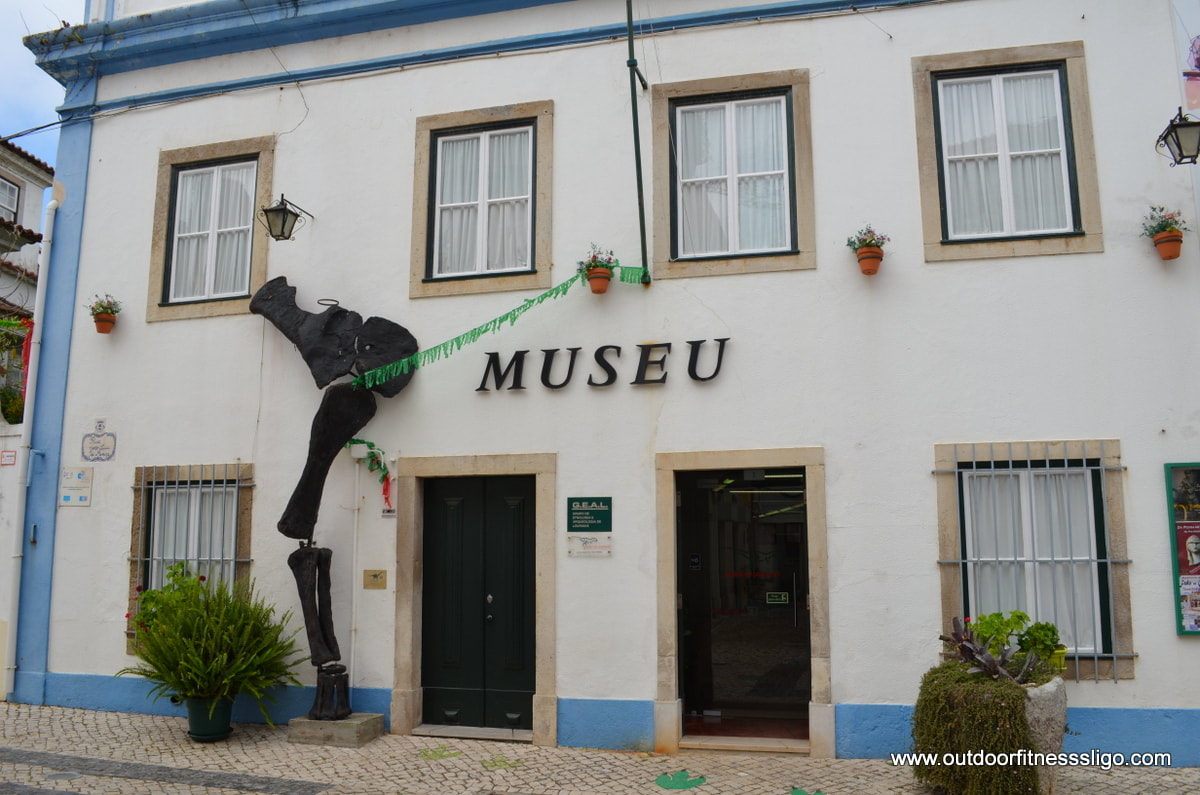
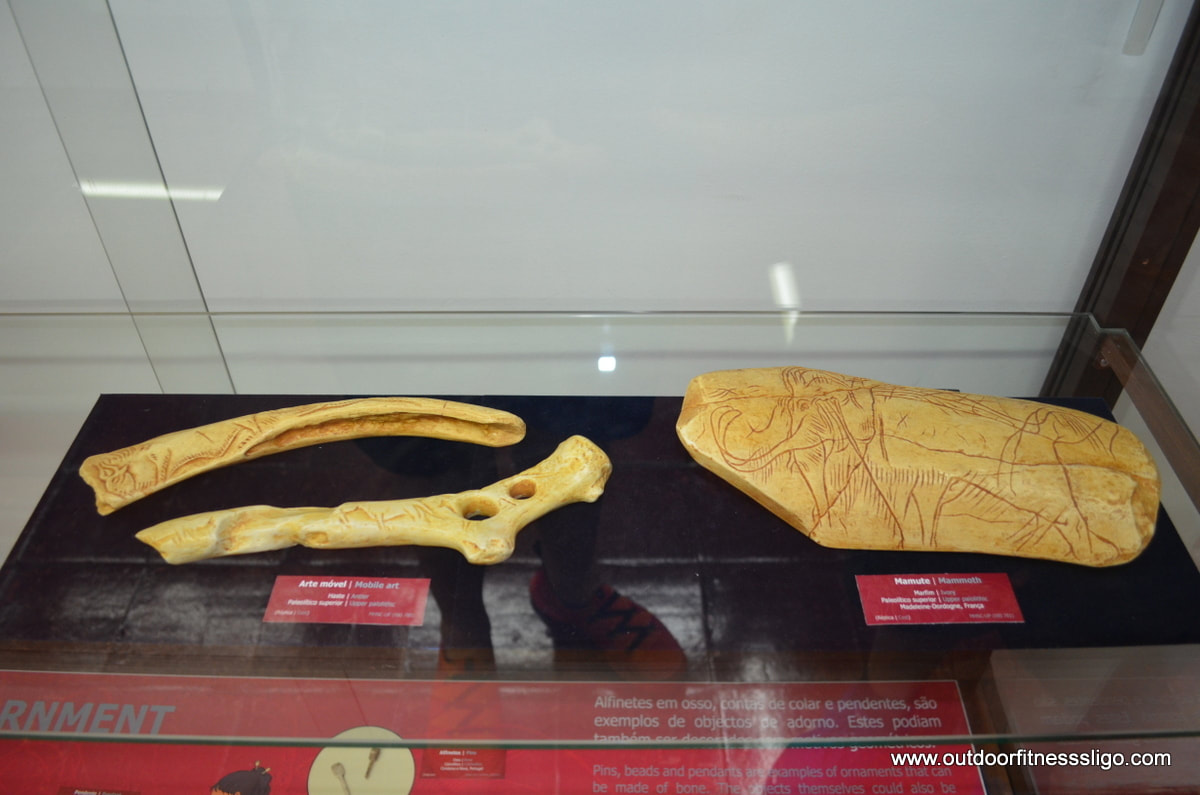
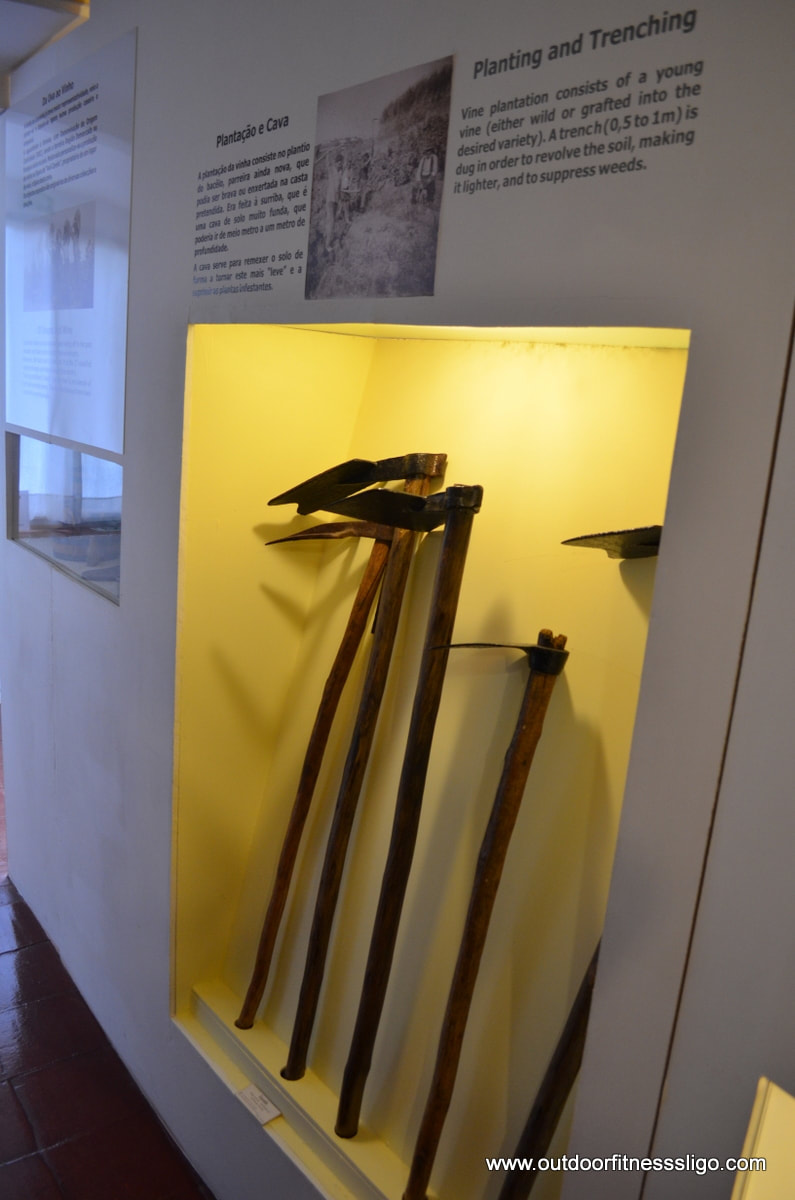
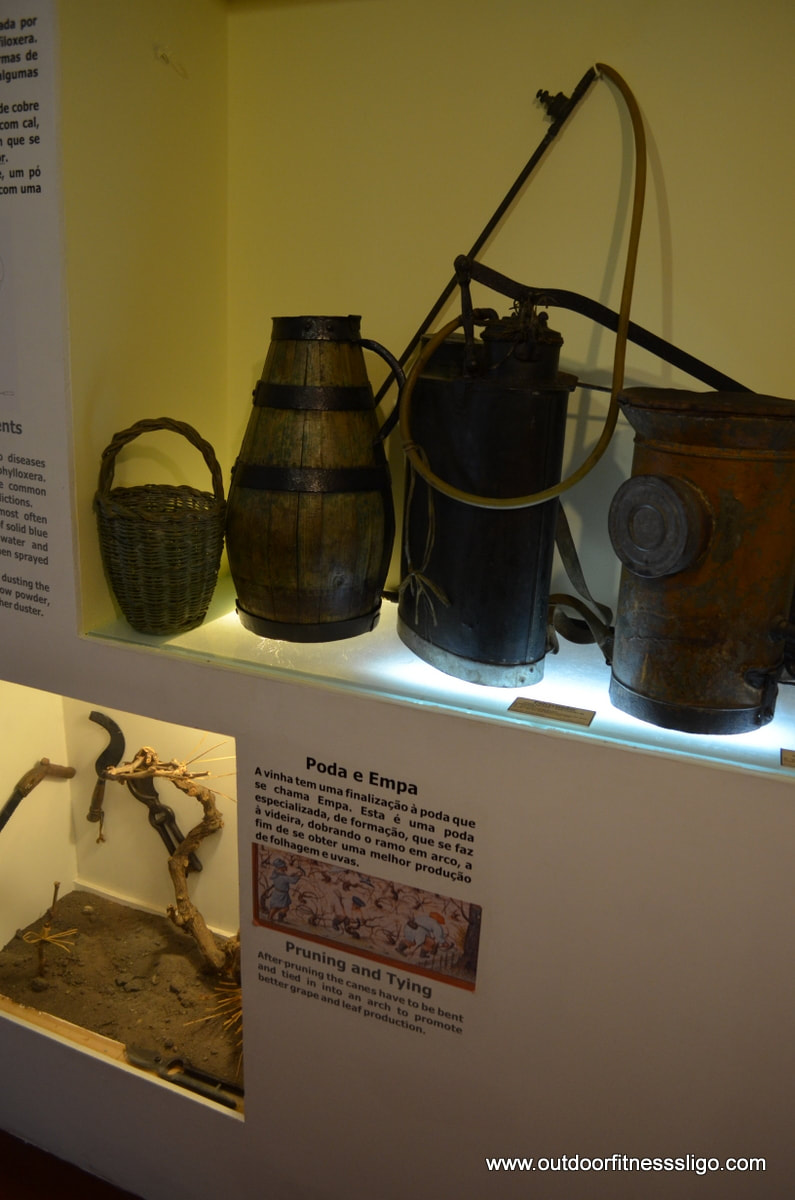
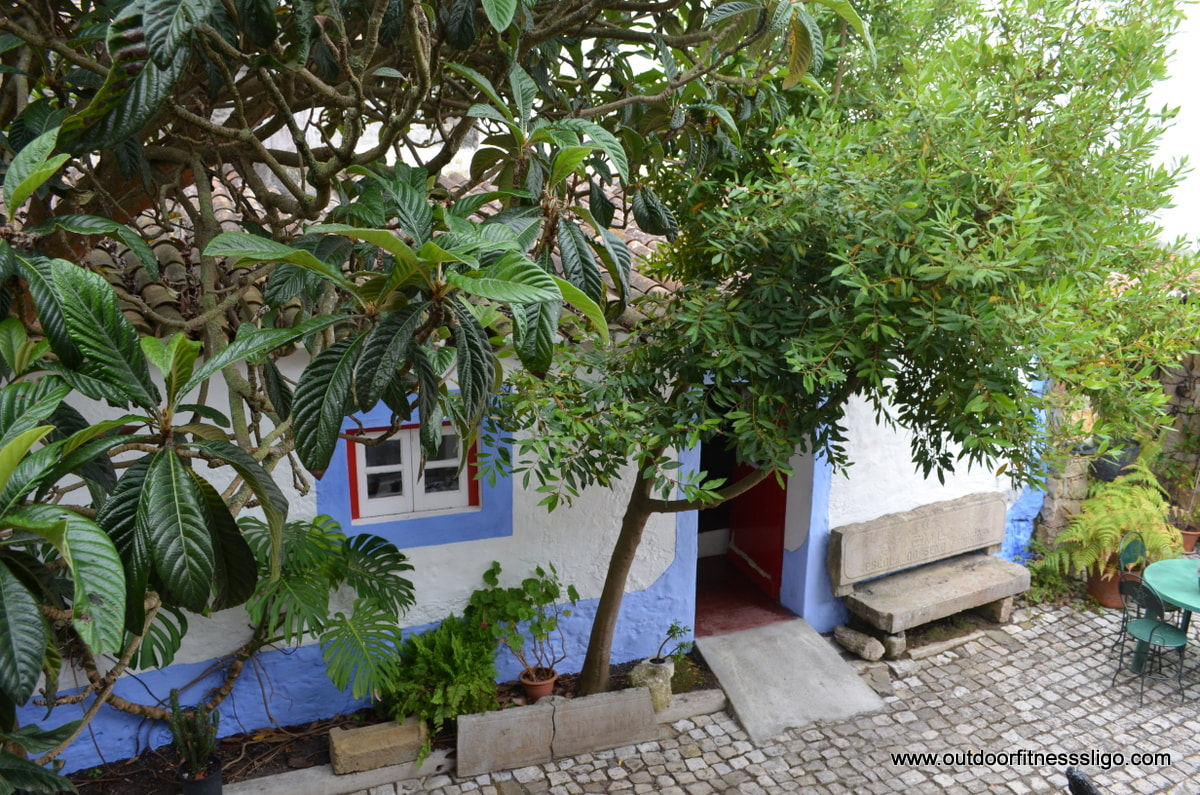
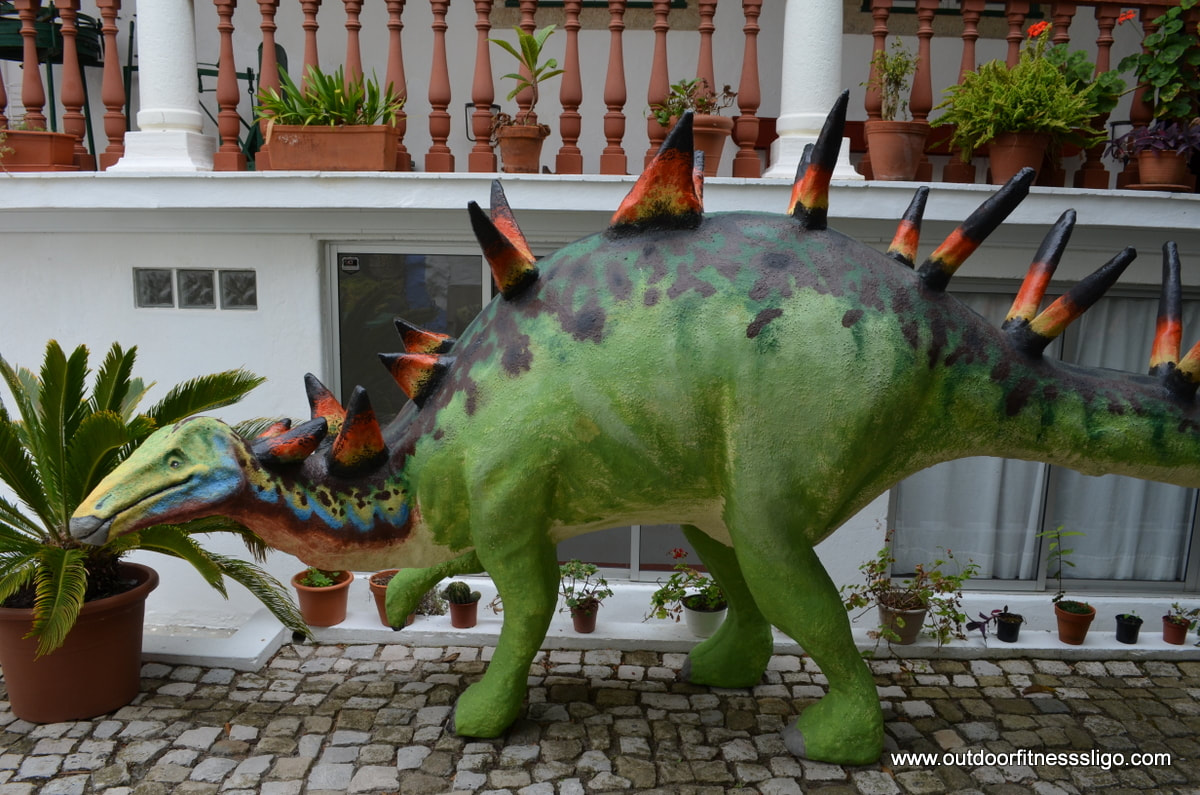
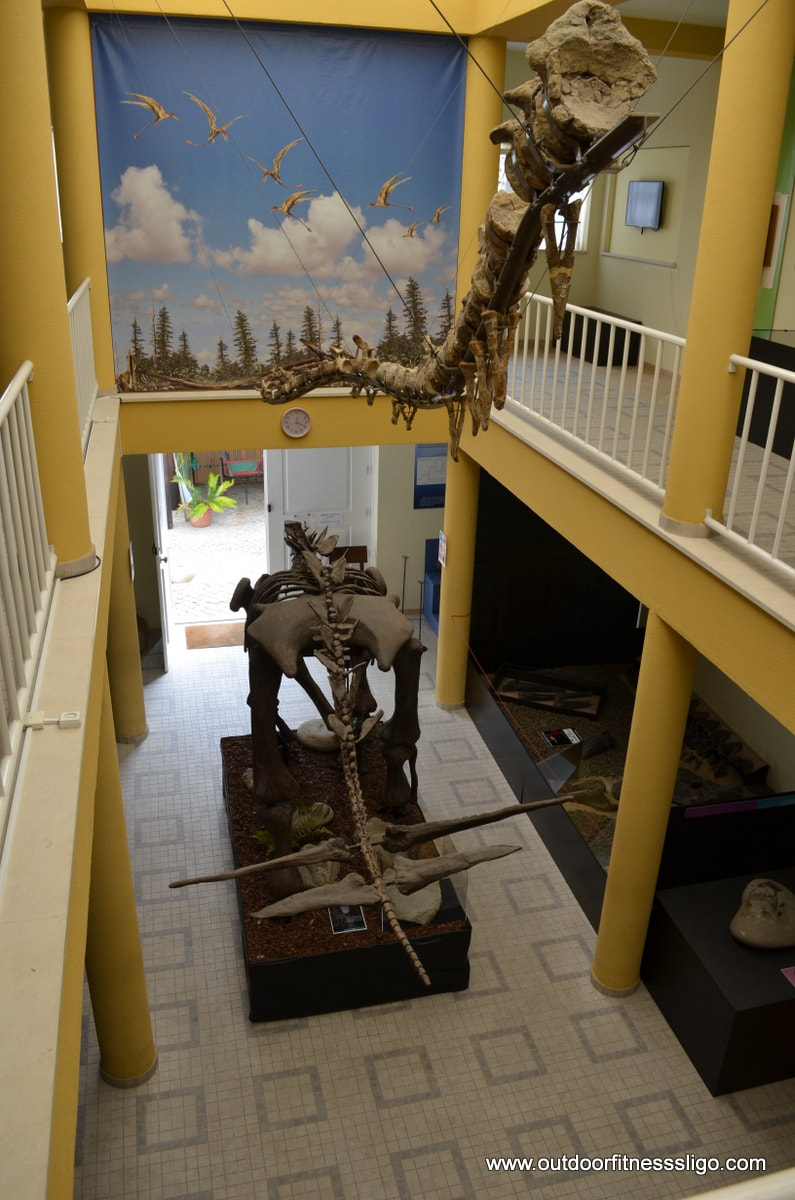
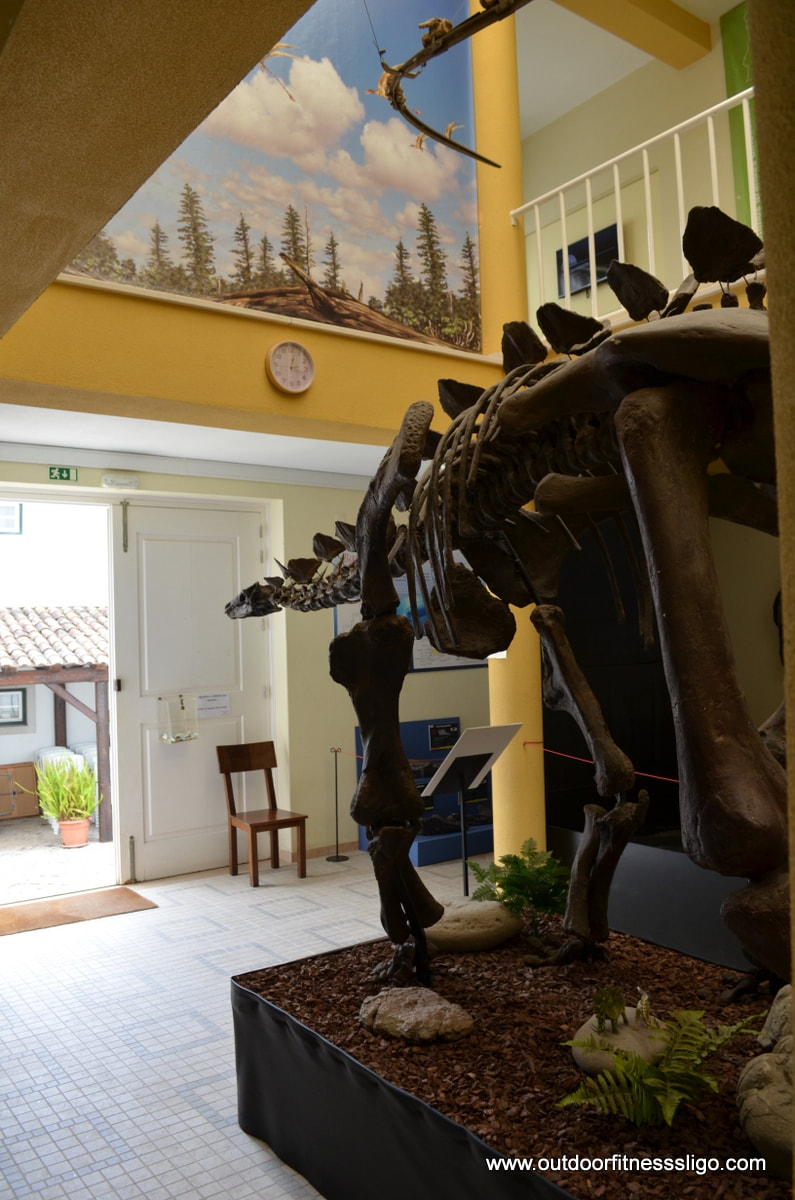
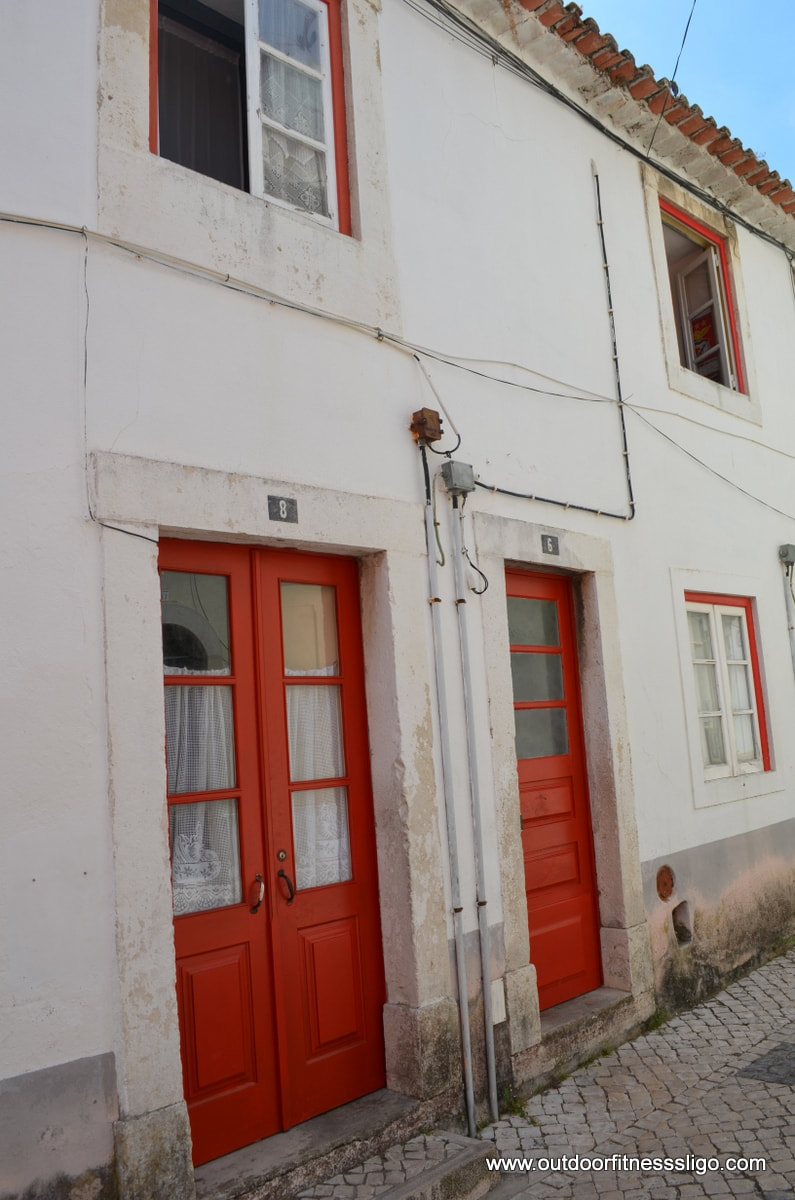
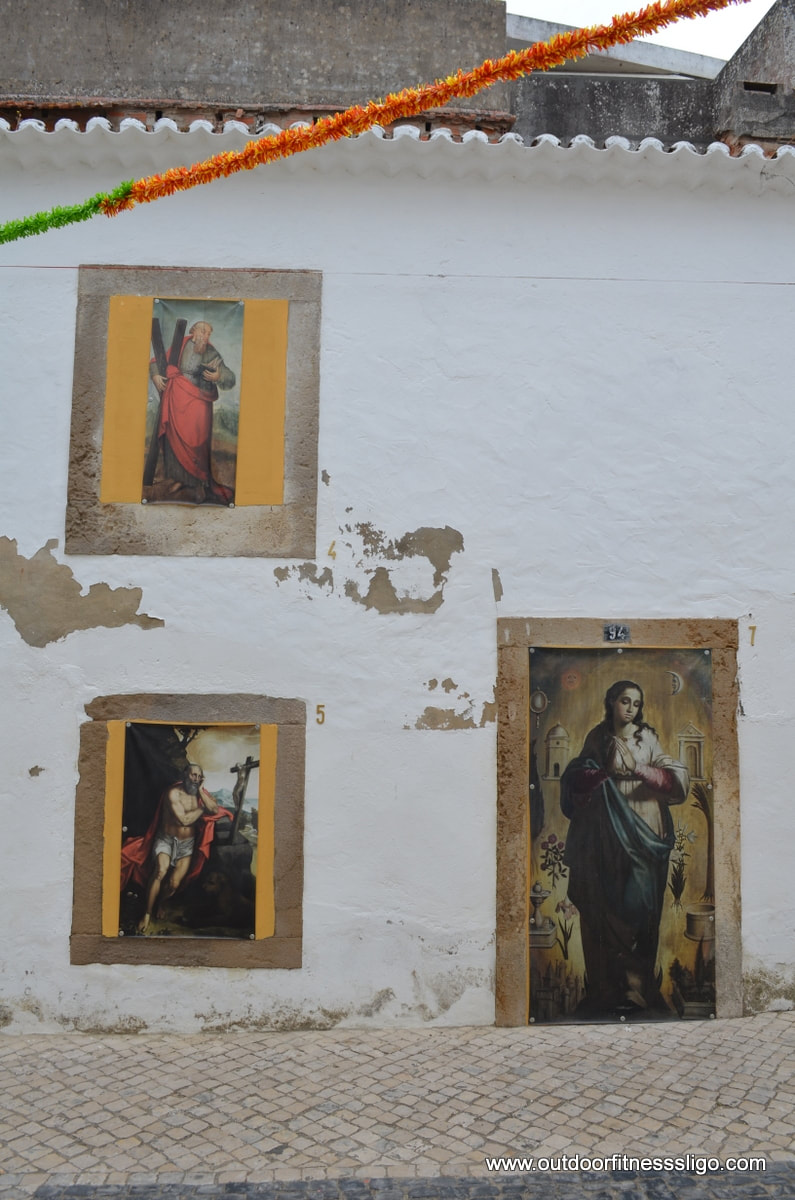
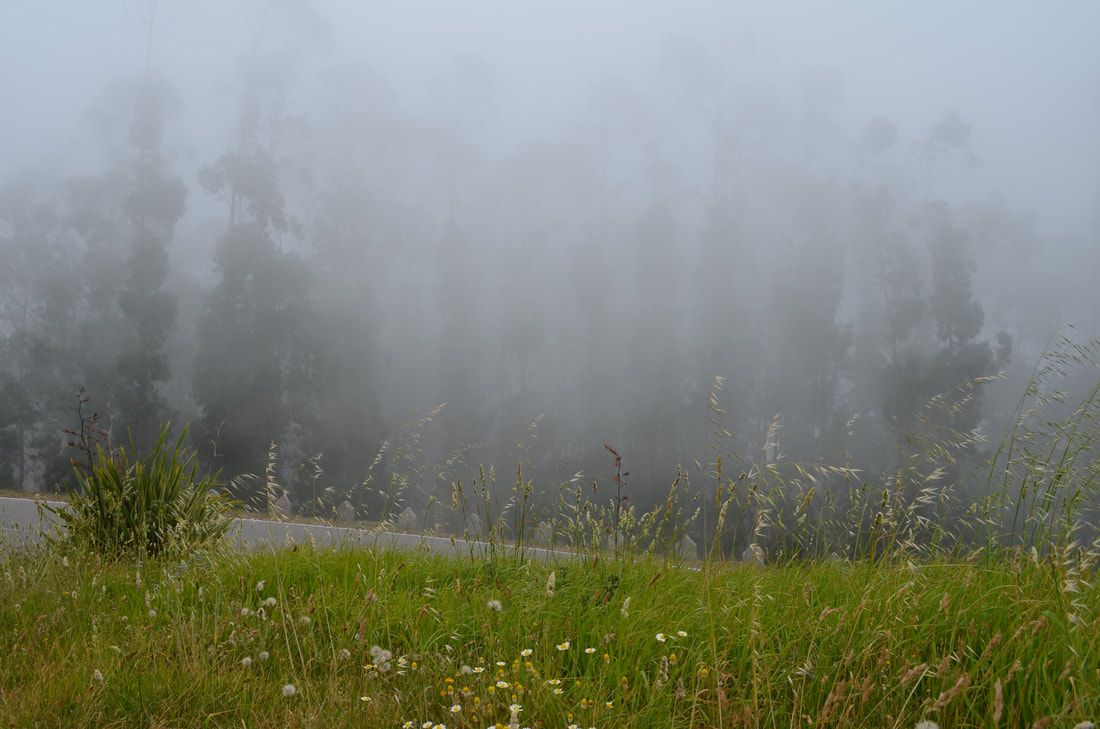

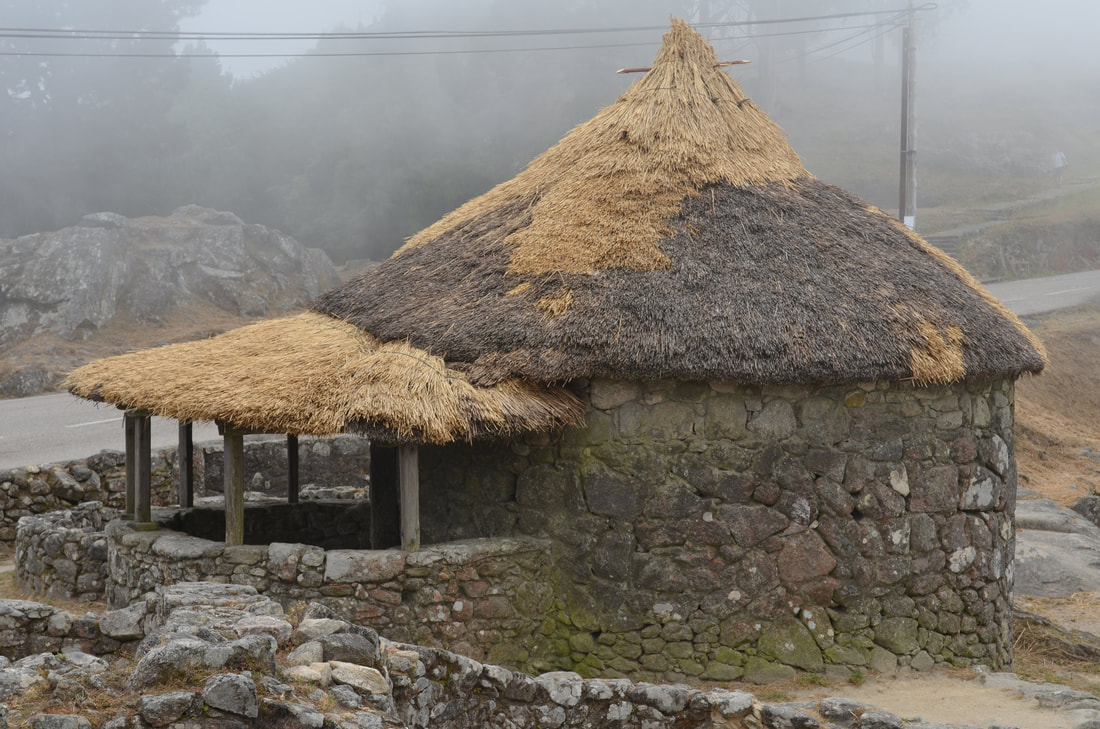
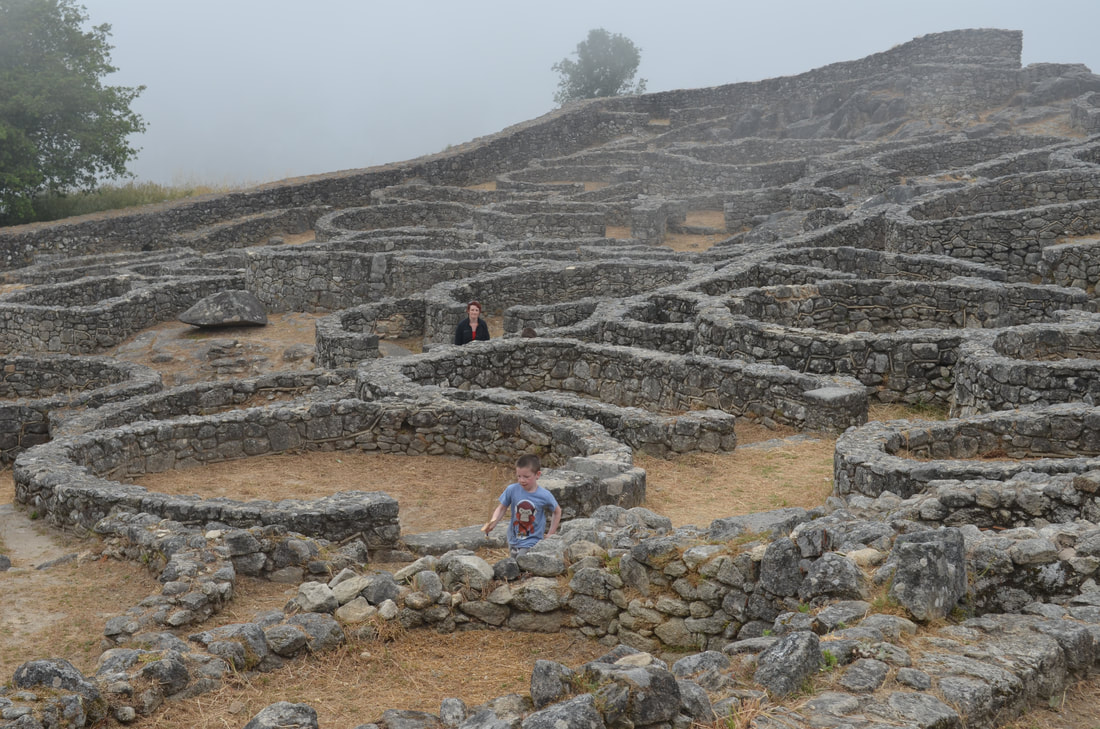
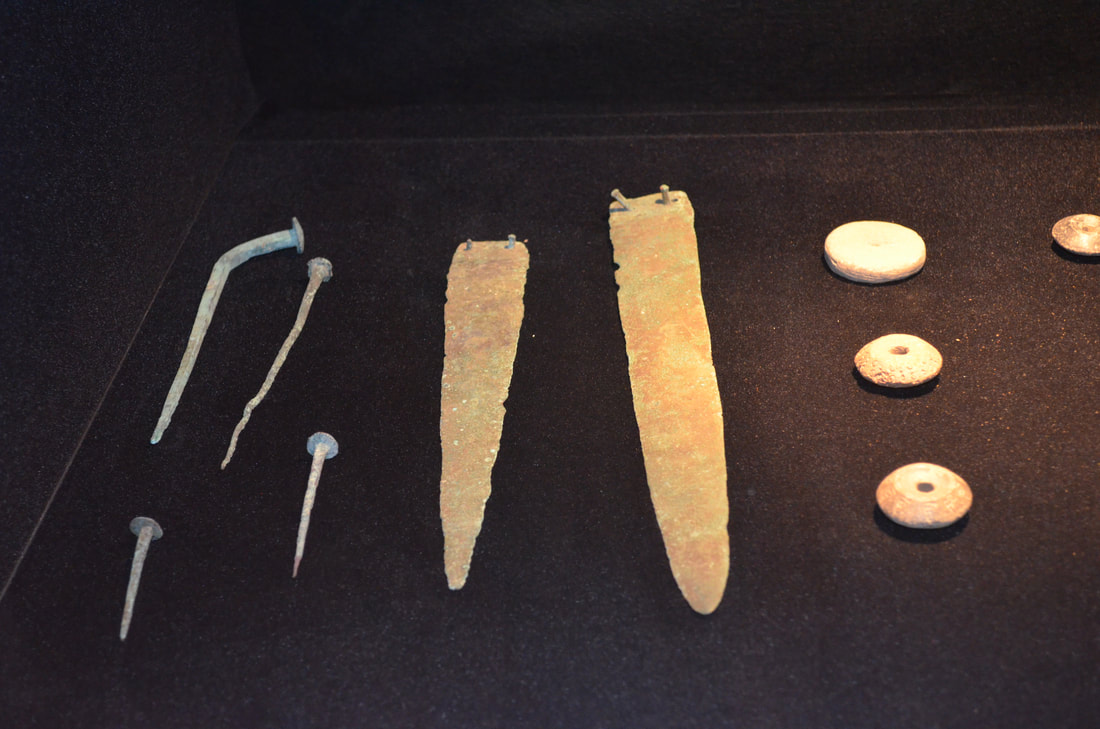
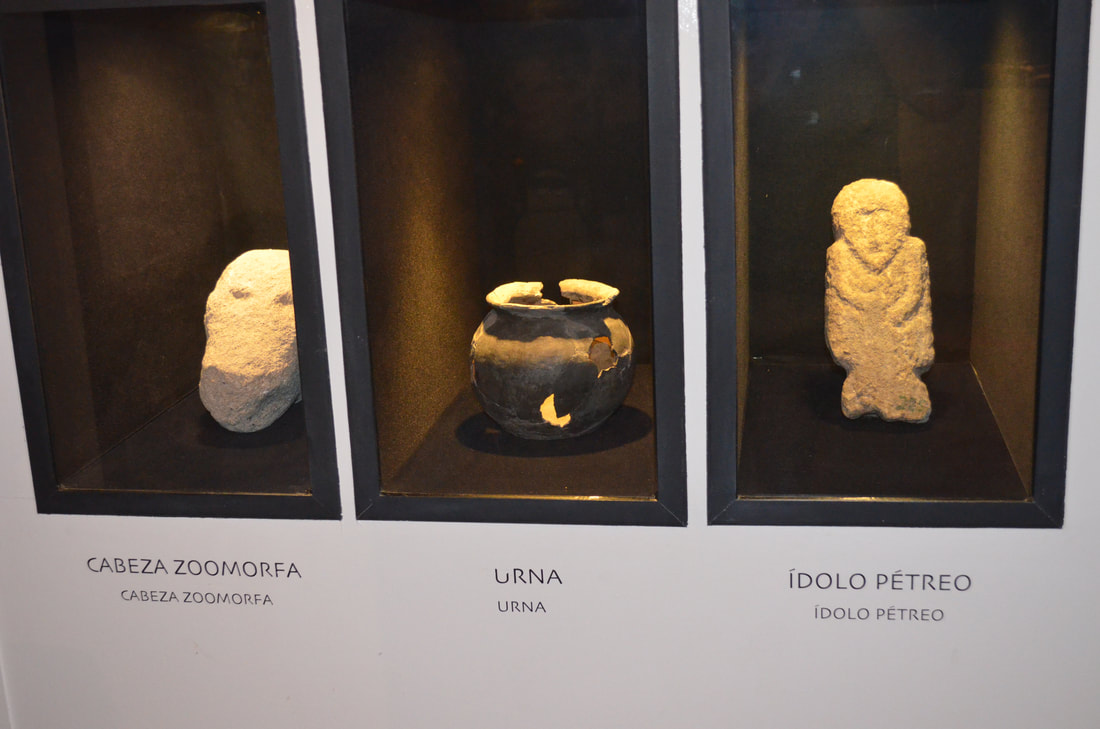
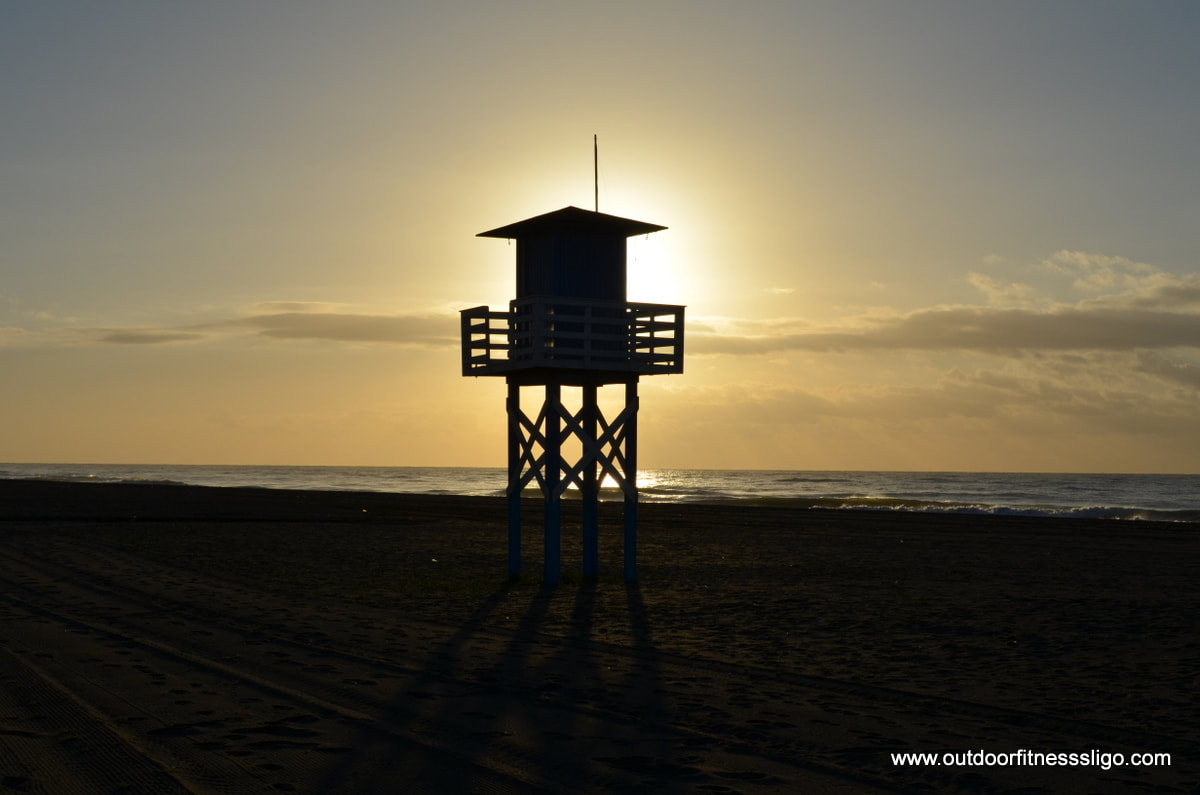
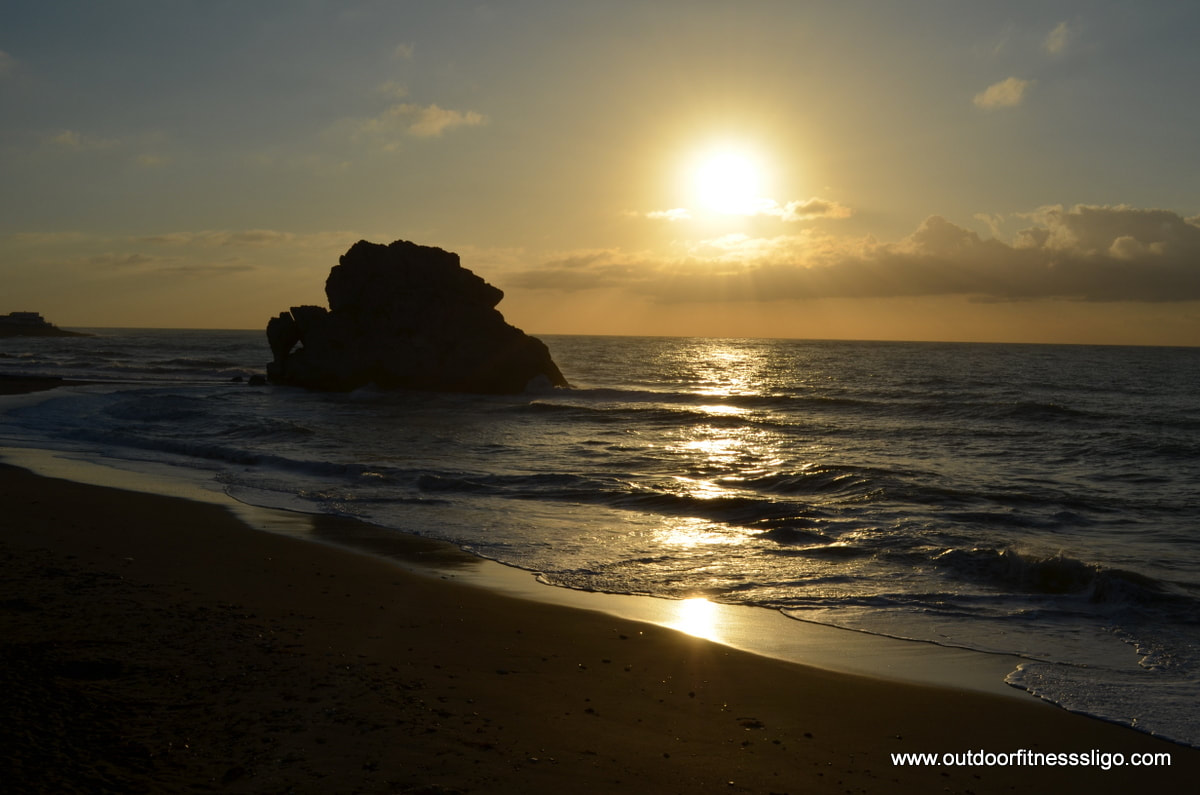
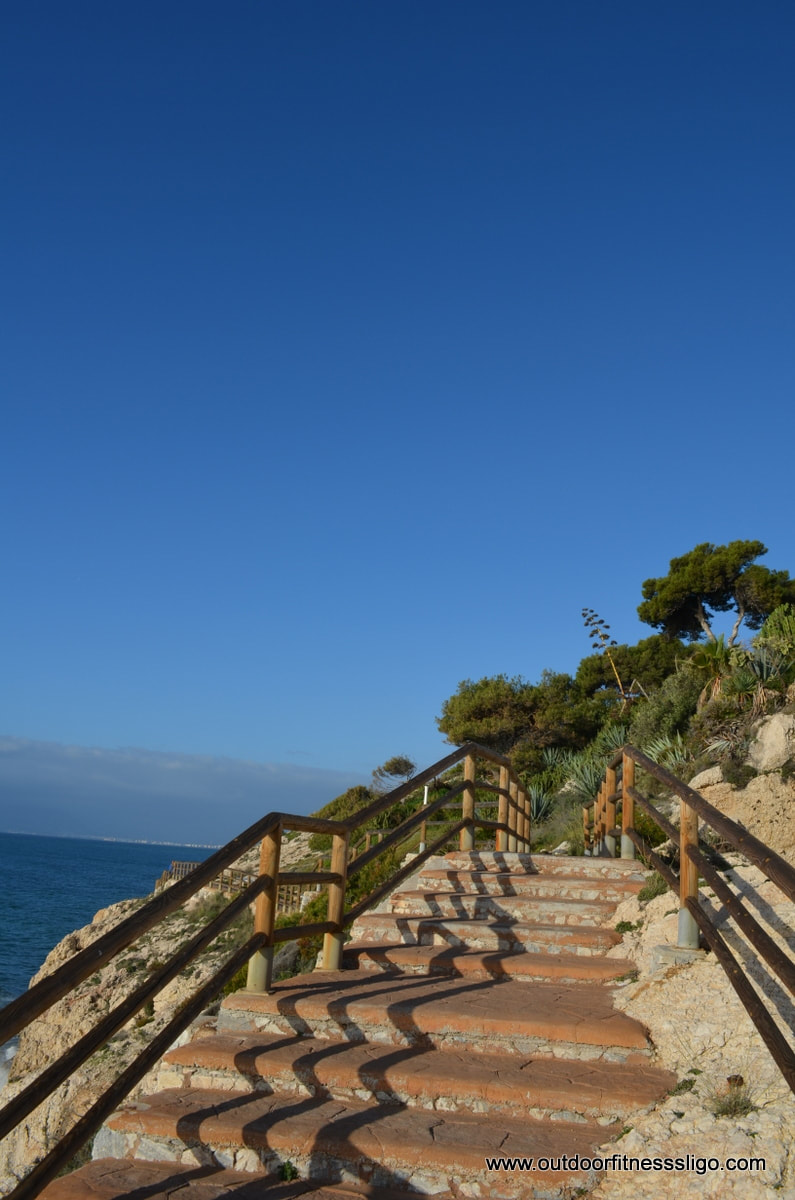
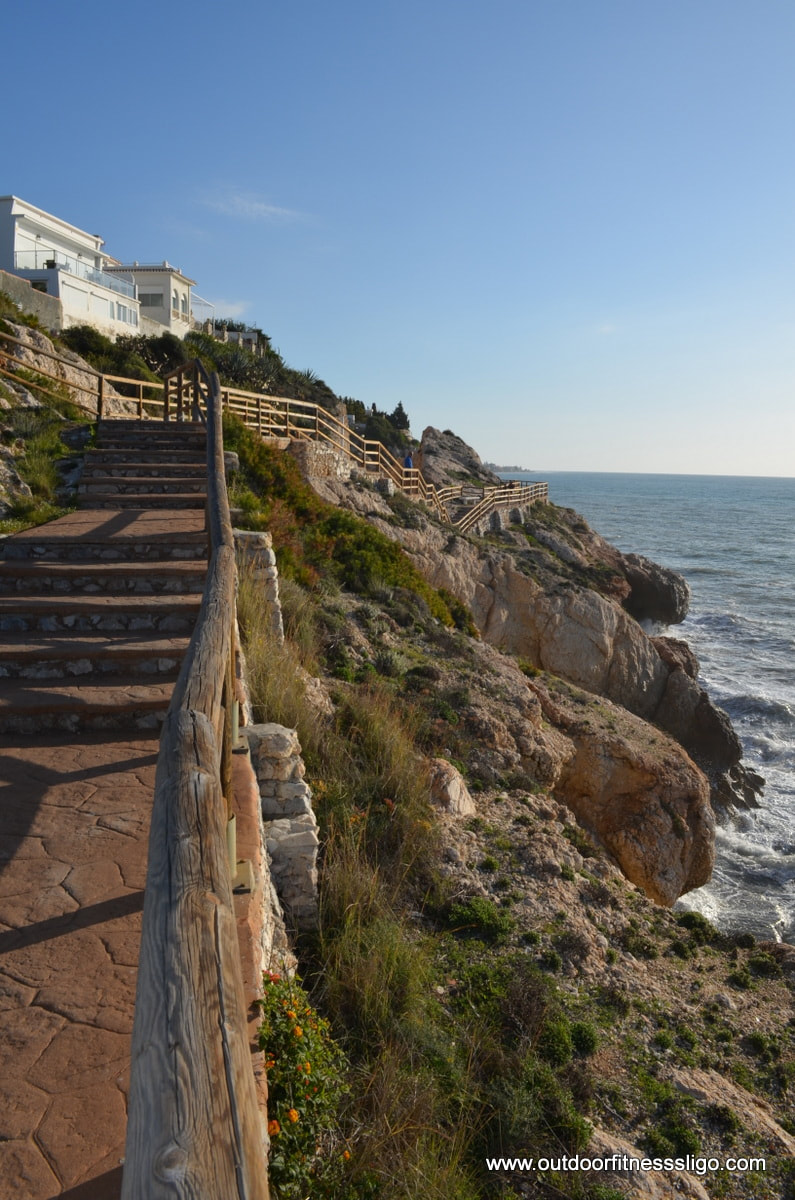
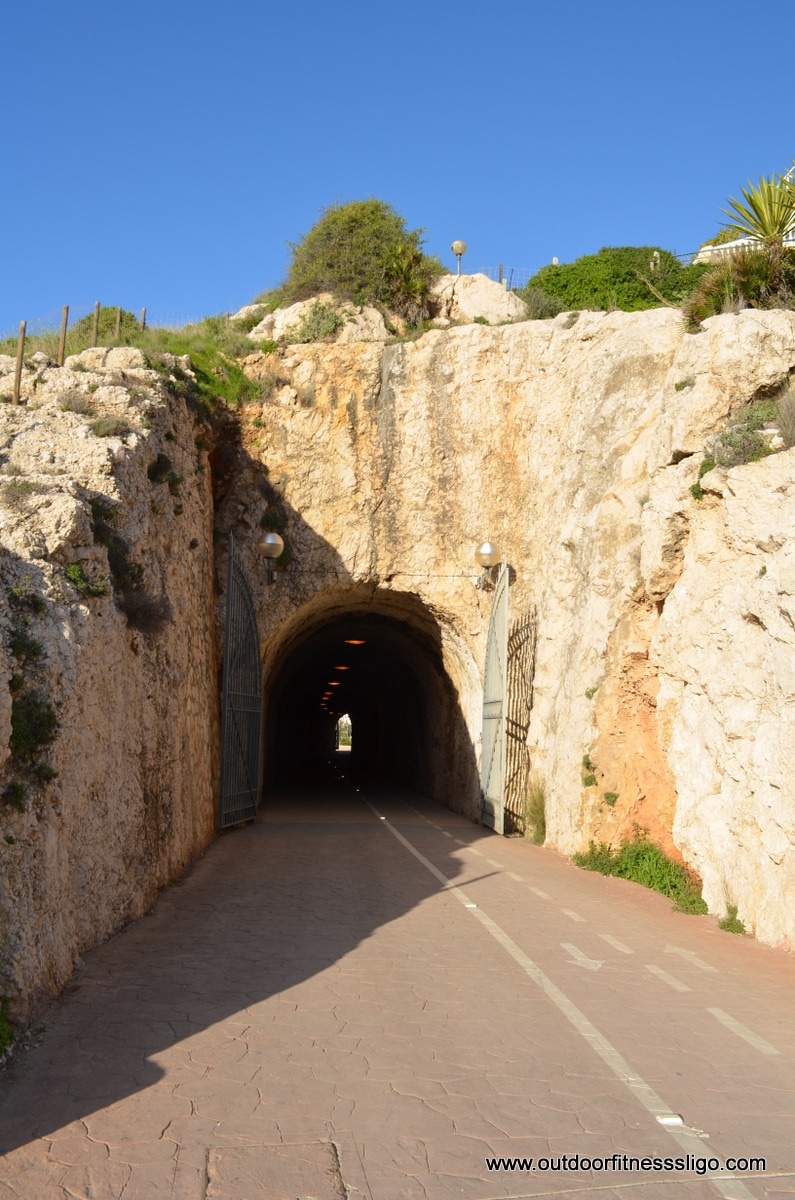
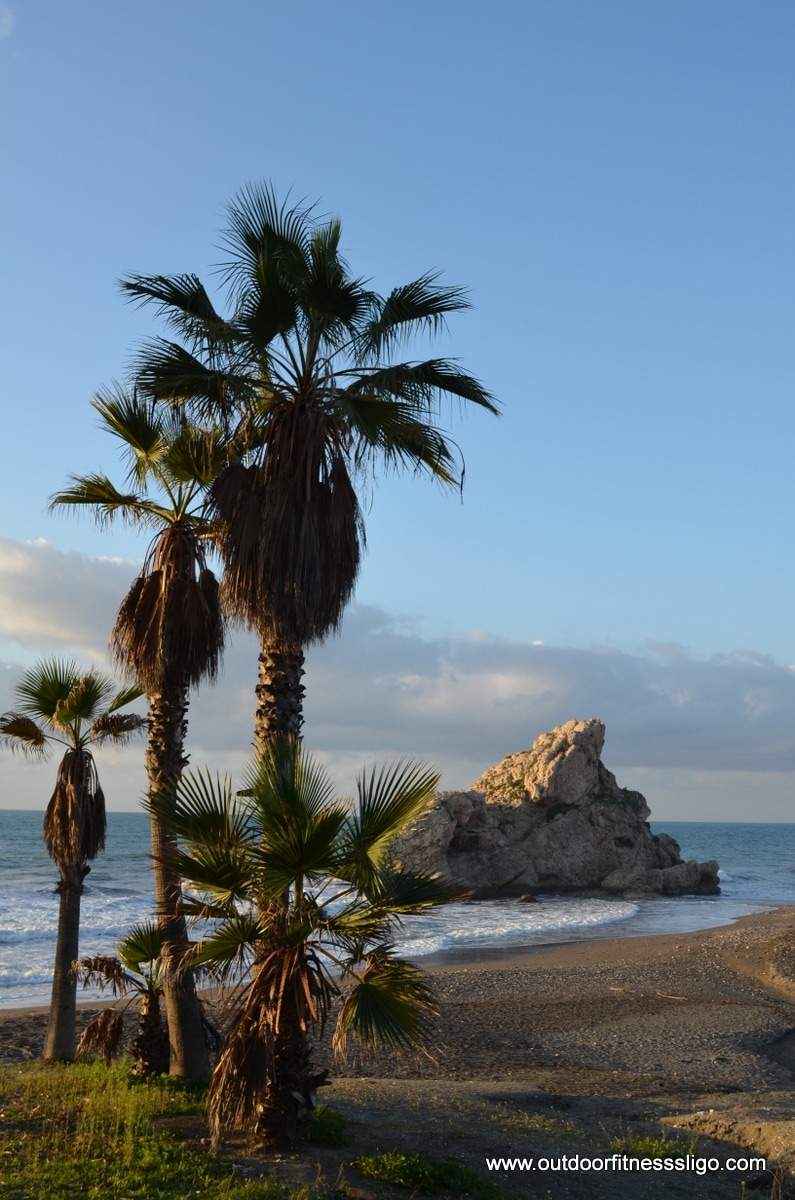
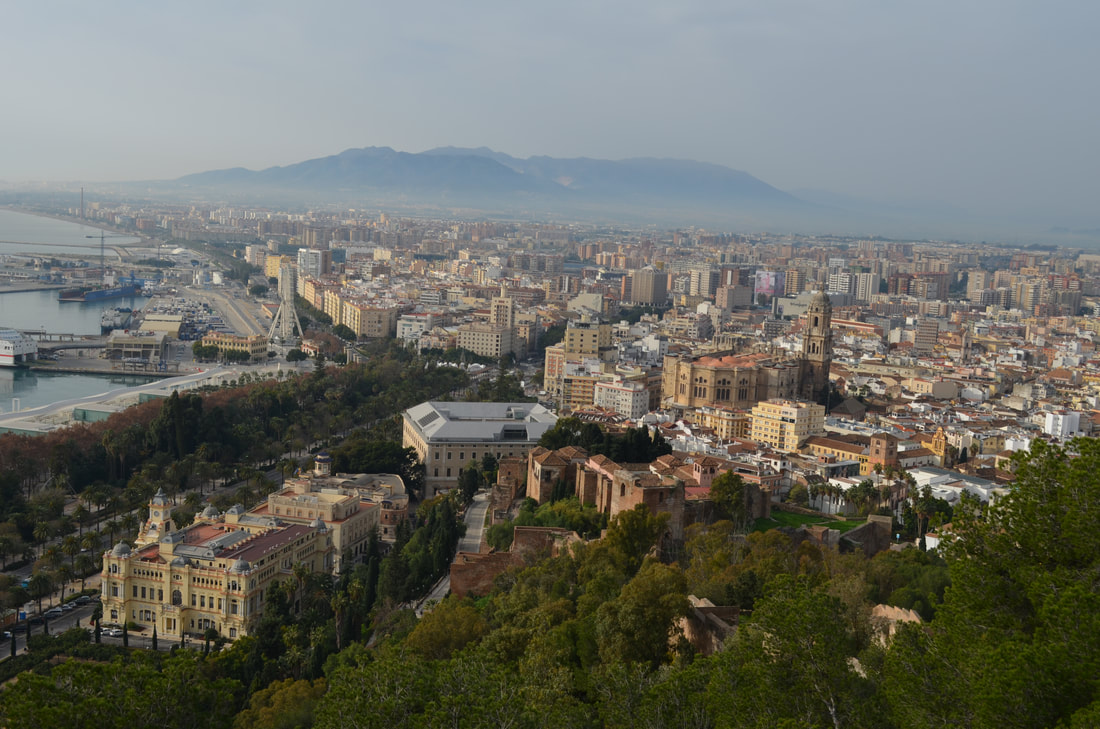
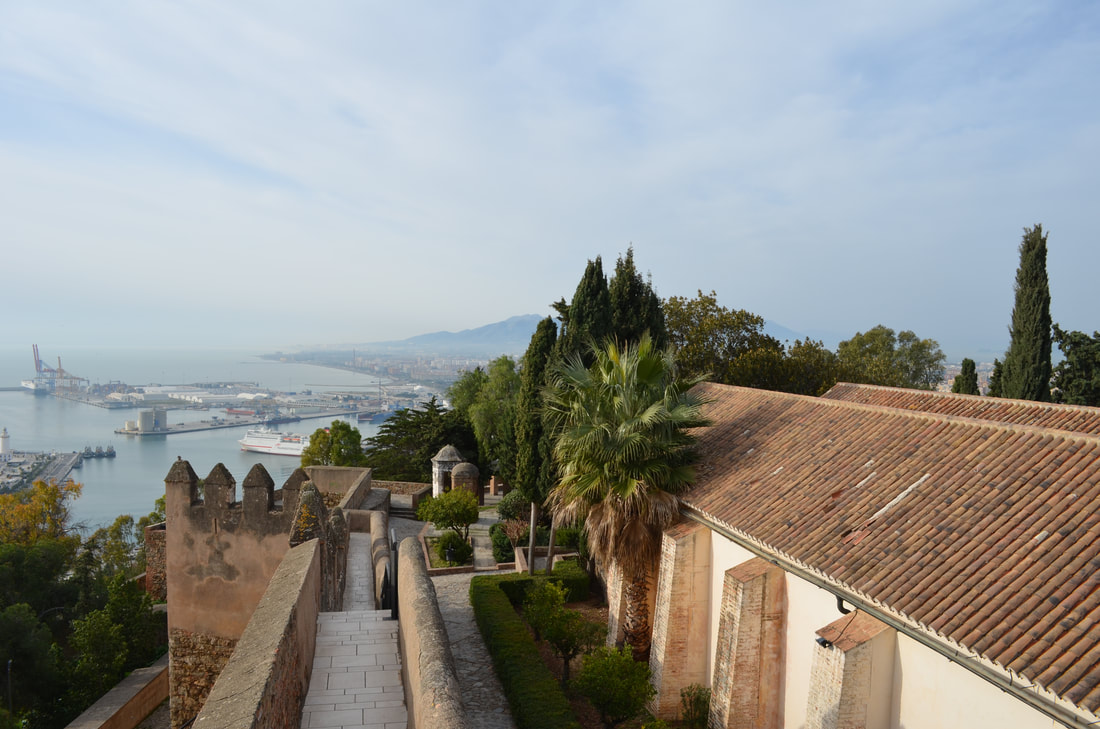
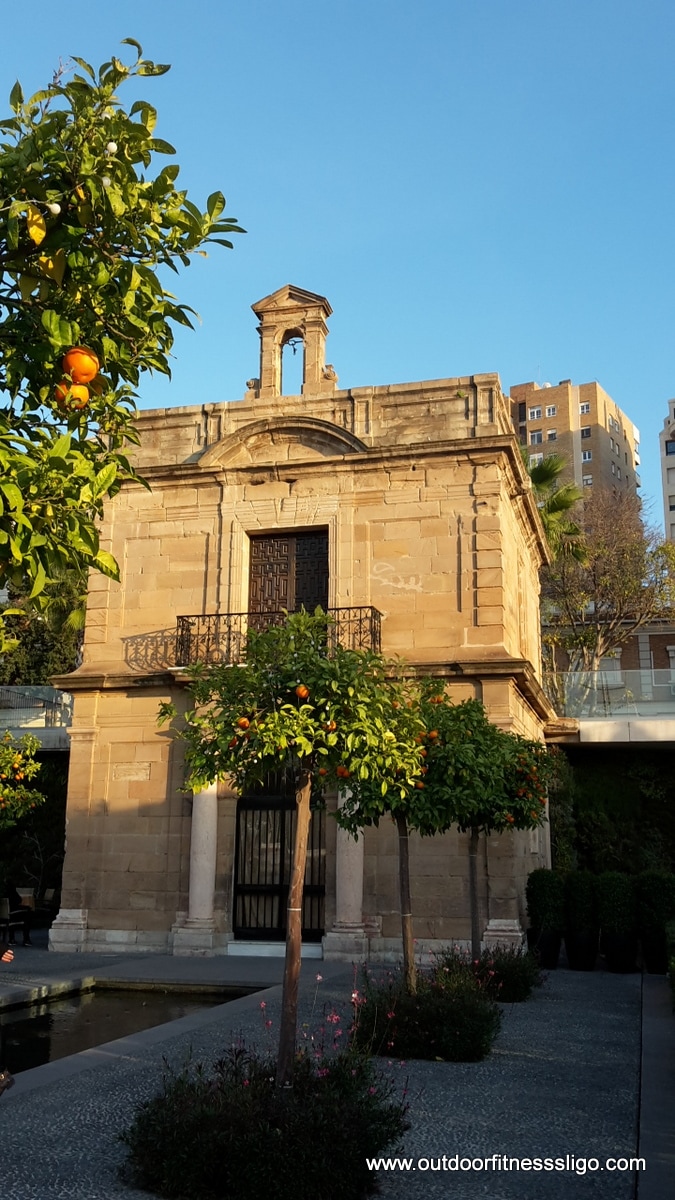
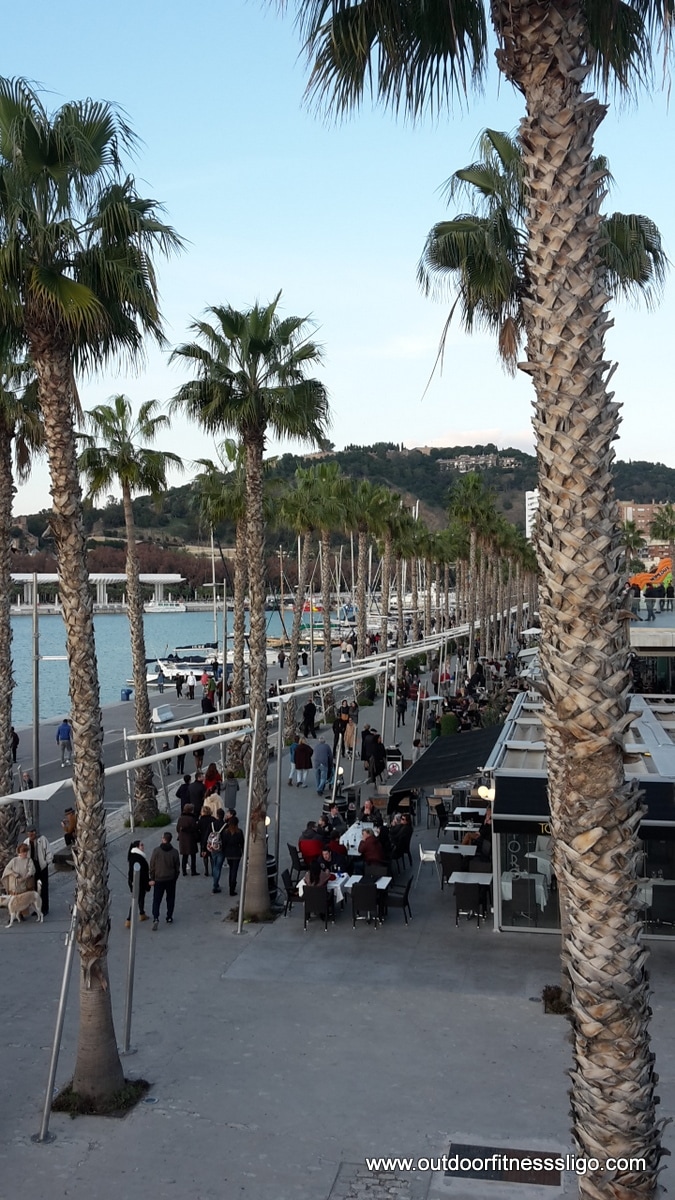
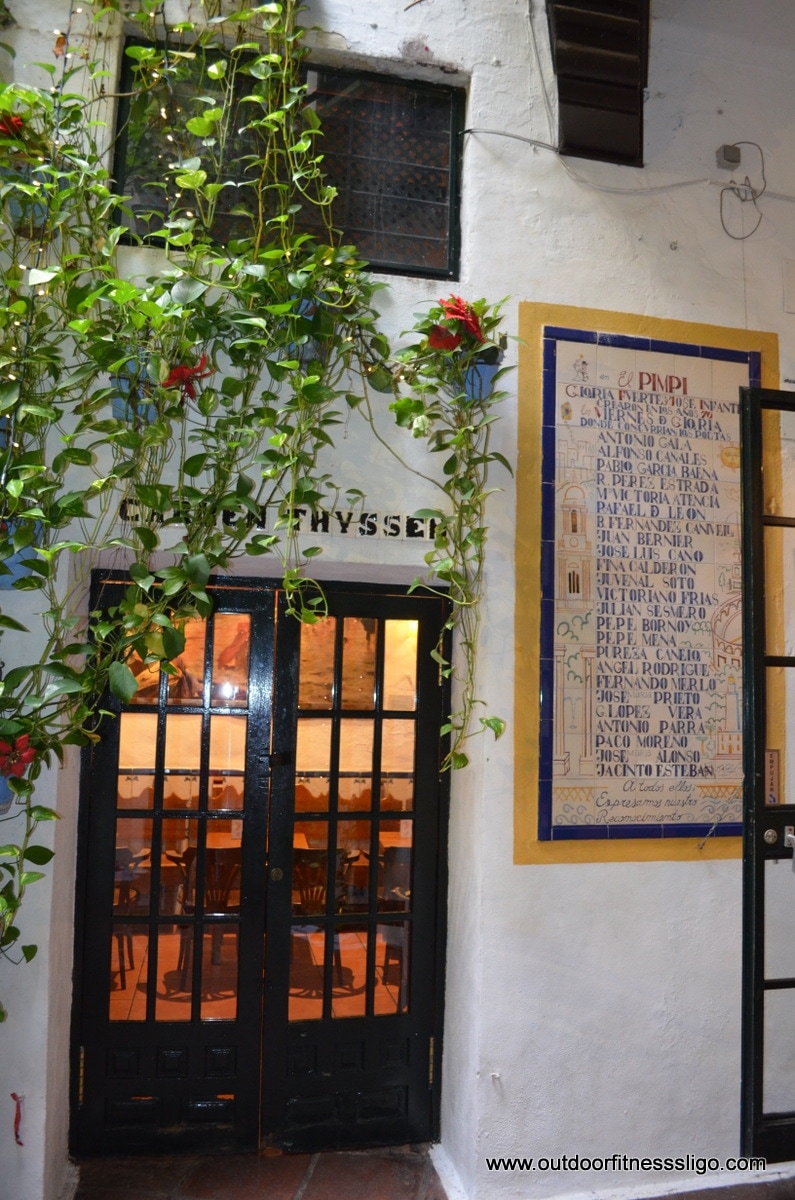
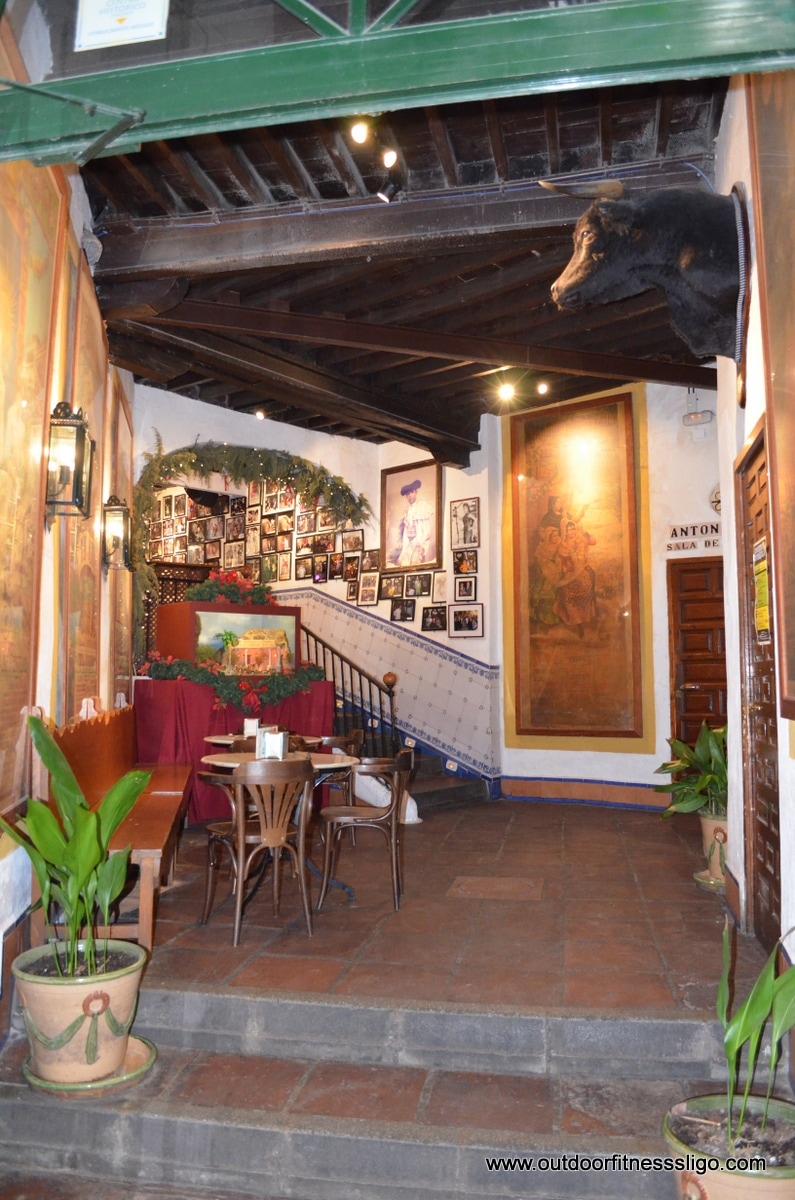
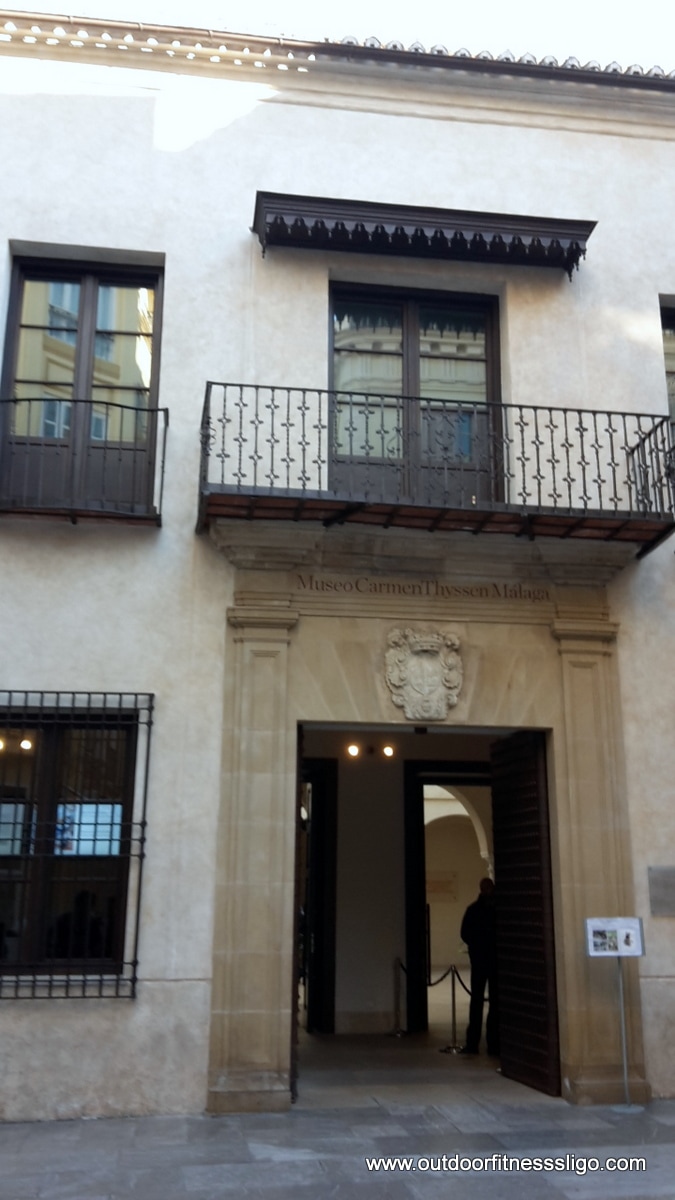
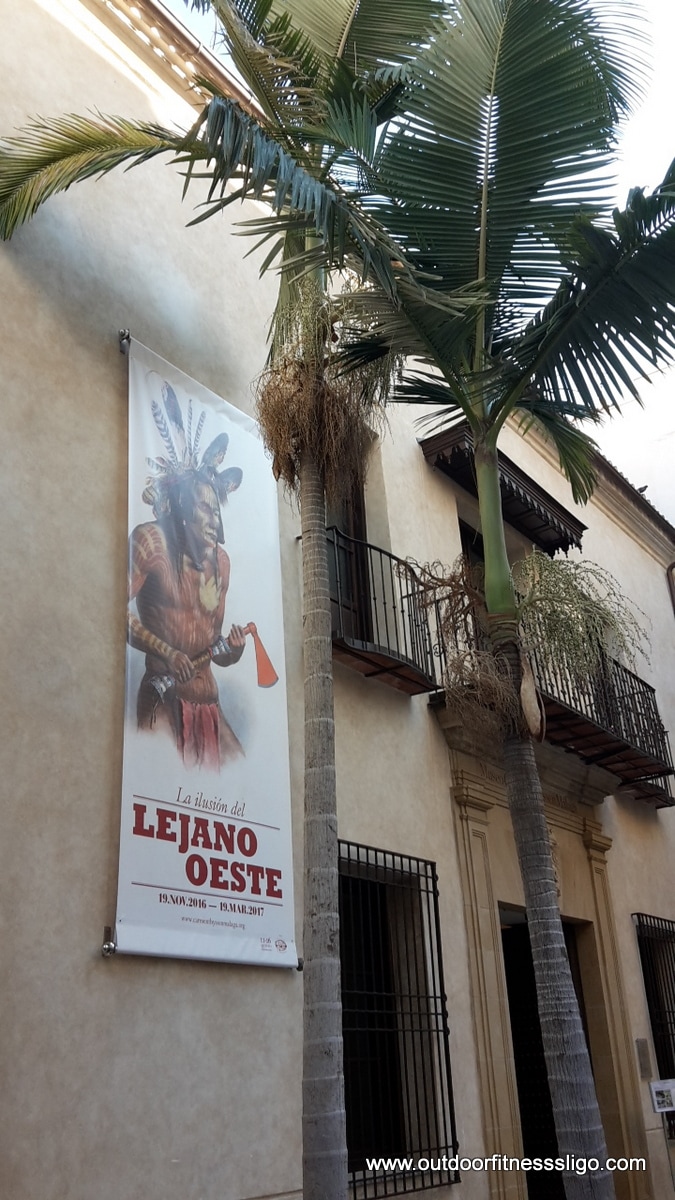

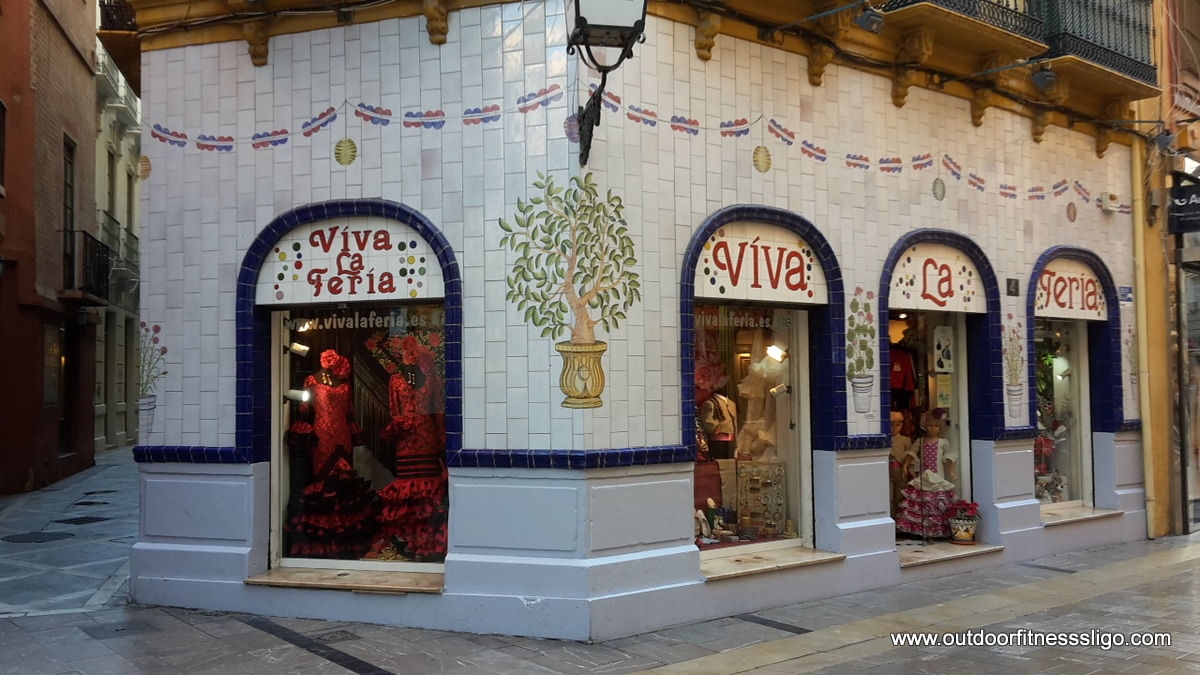
 RSS Feed
RSS Feed
